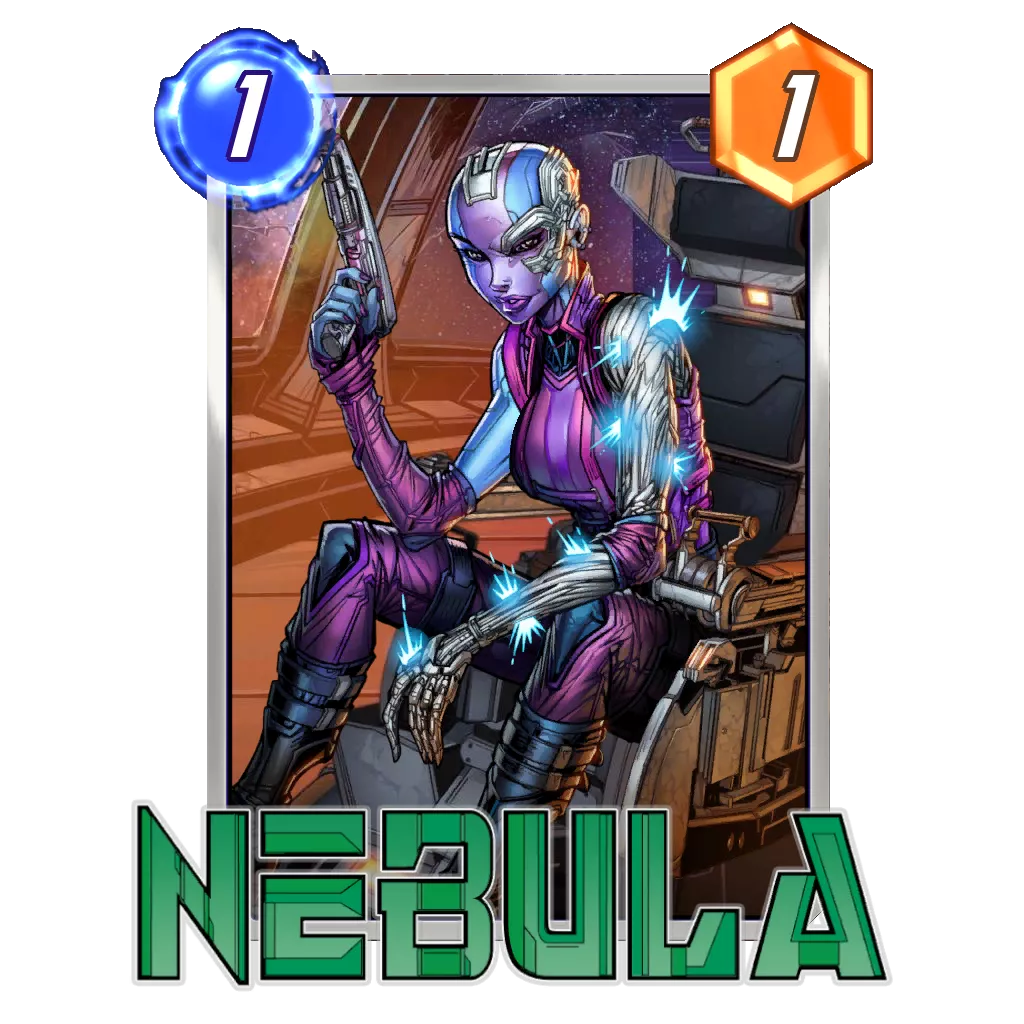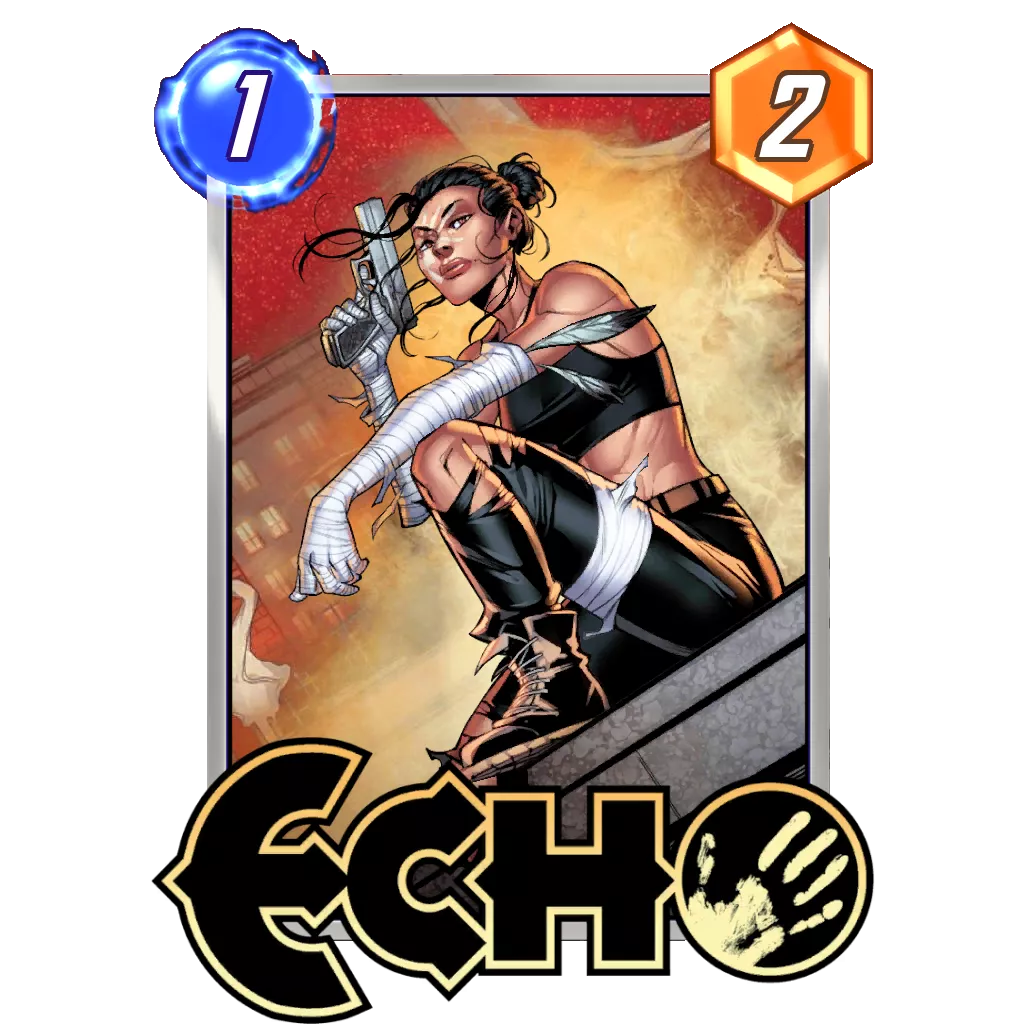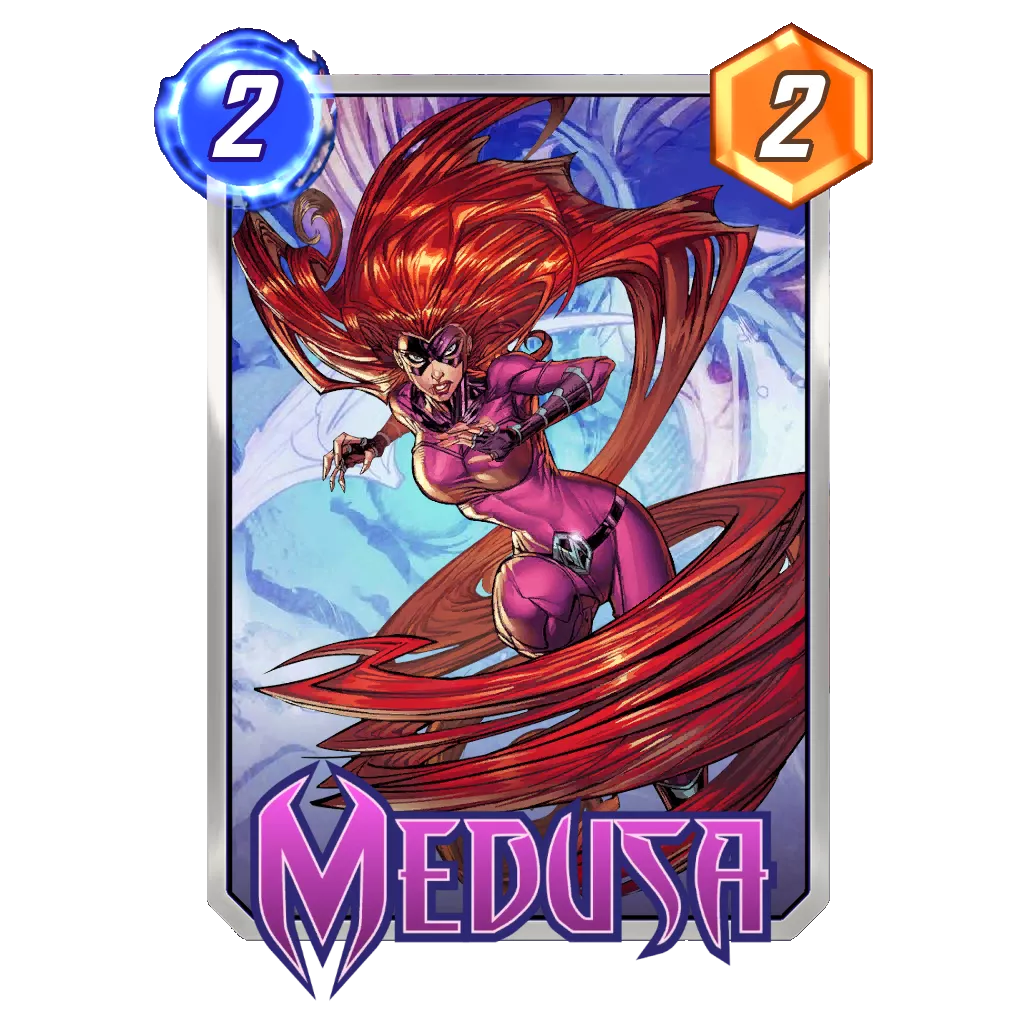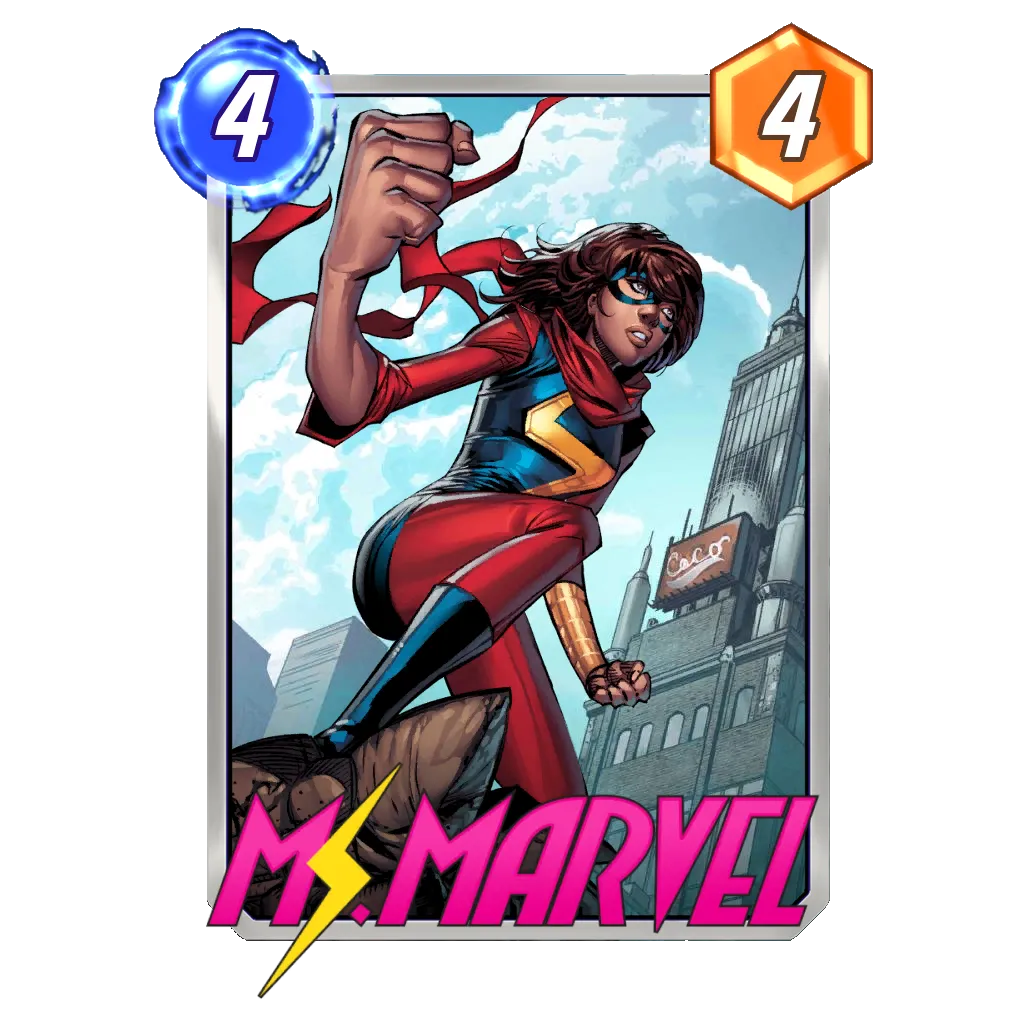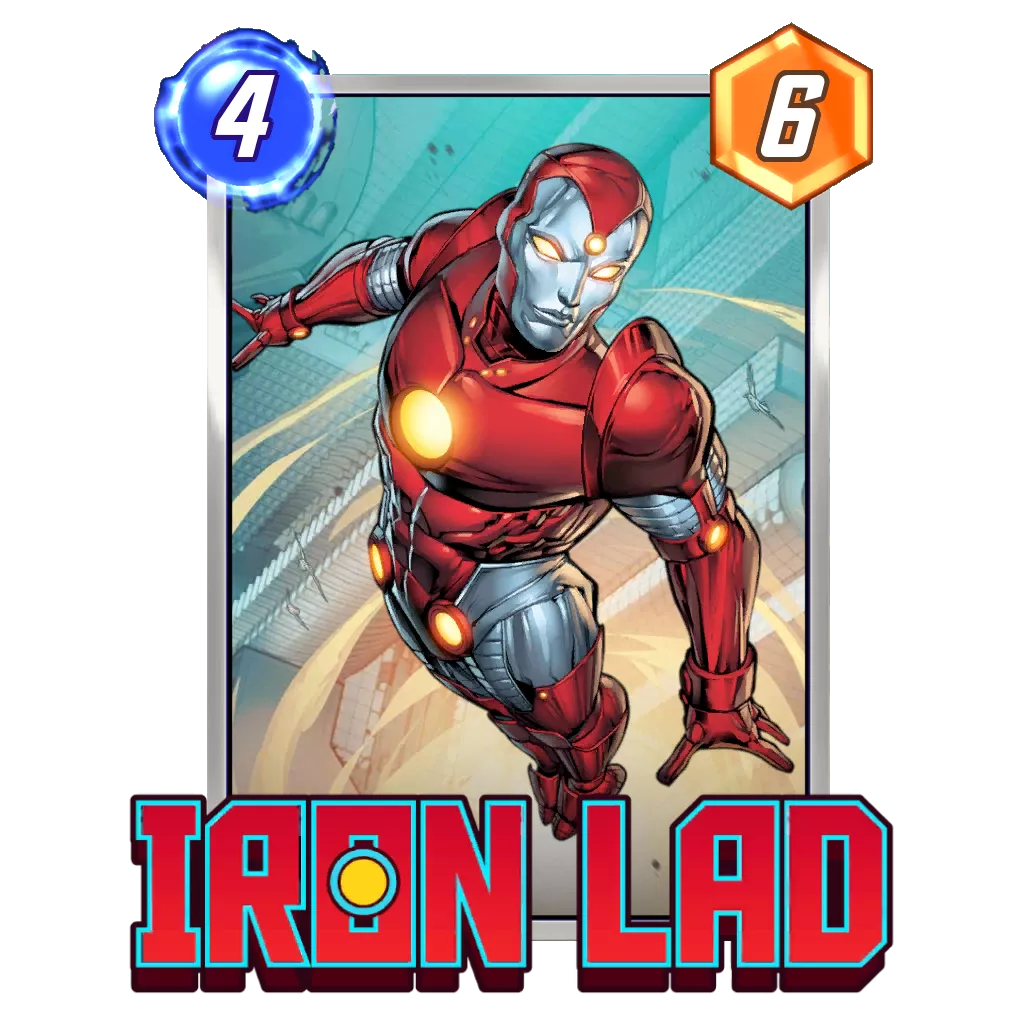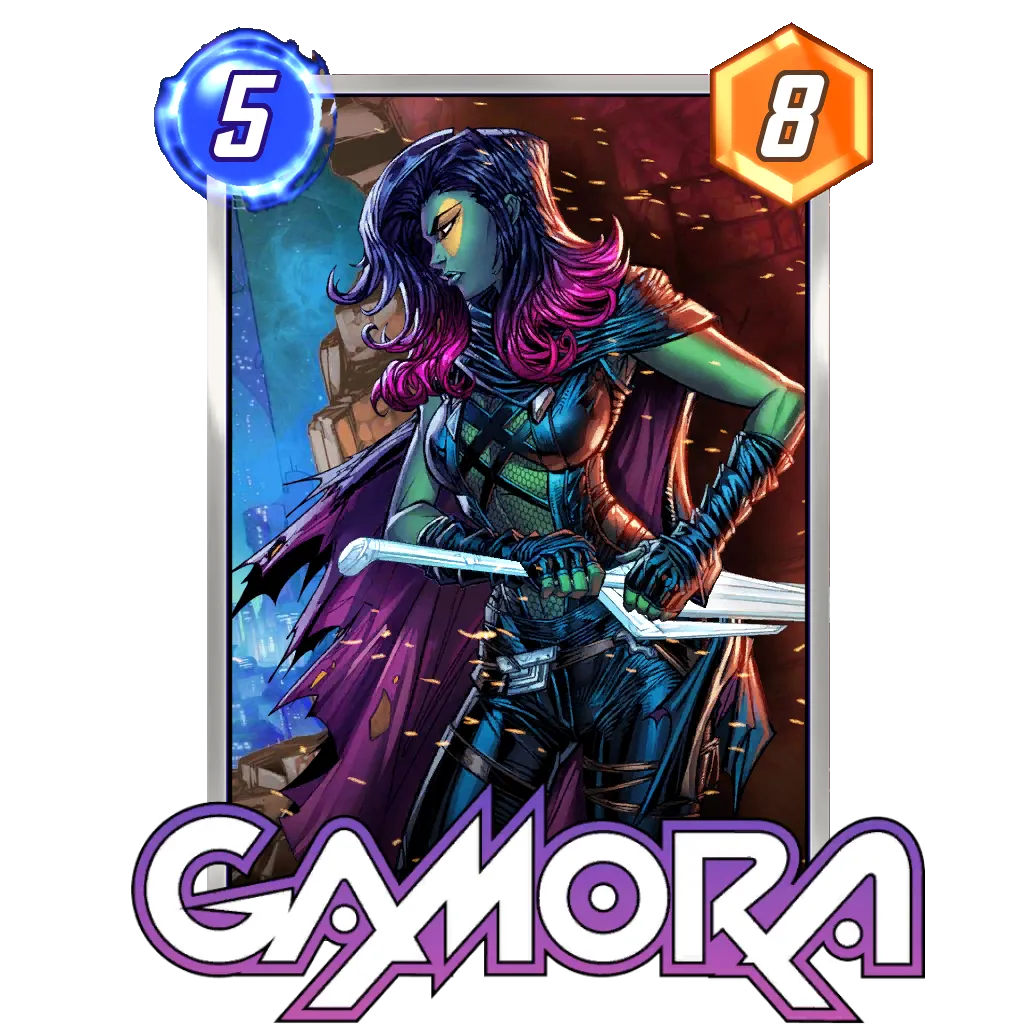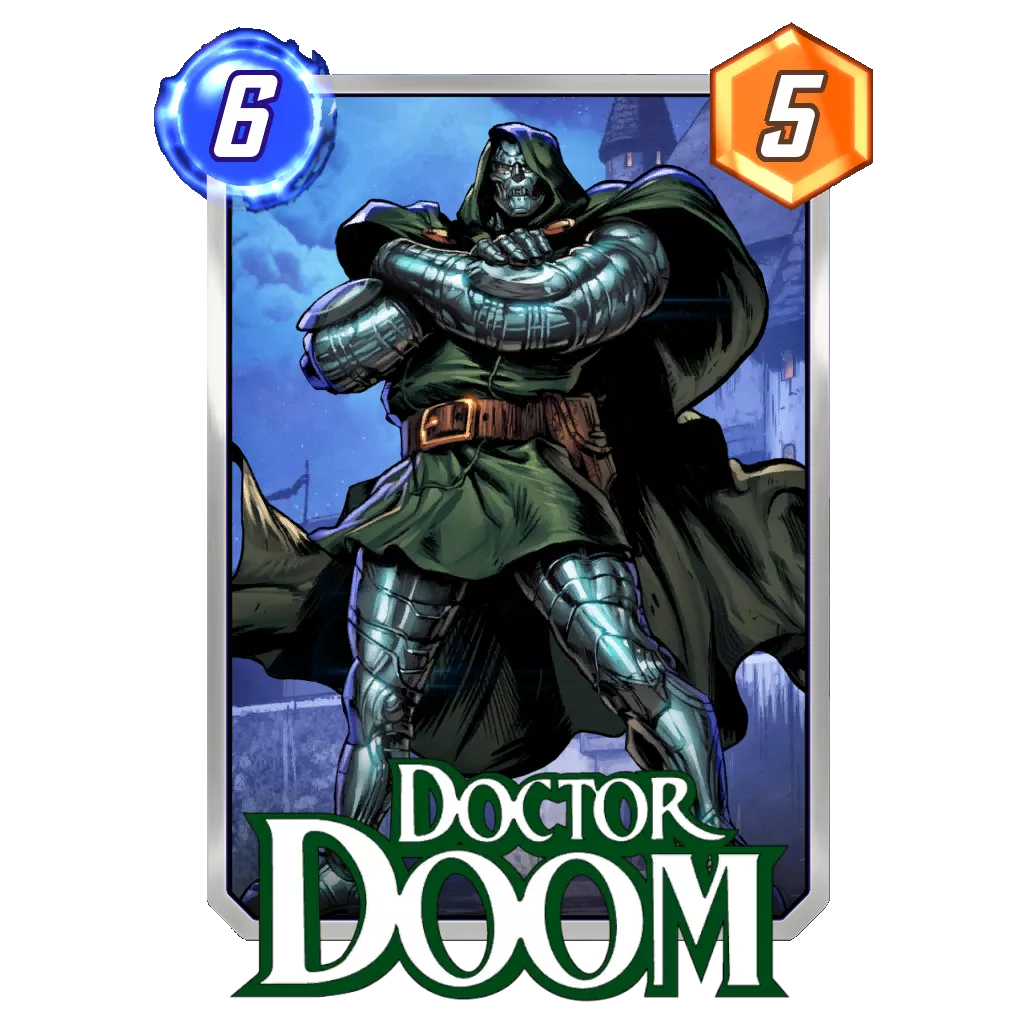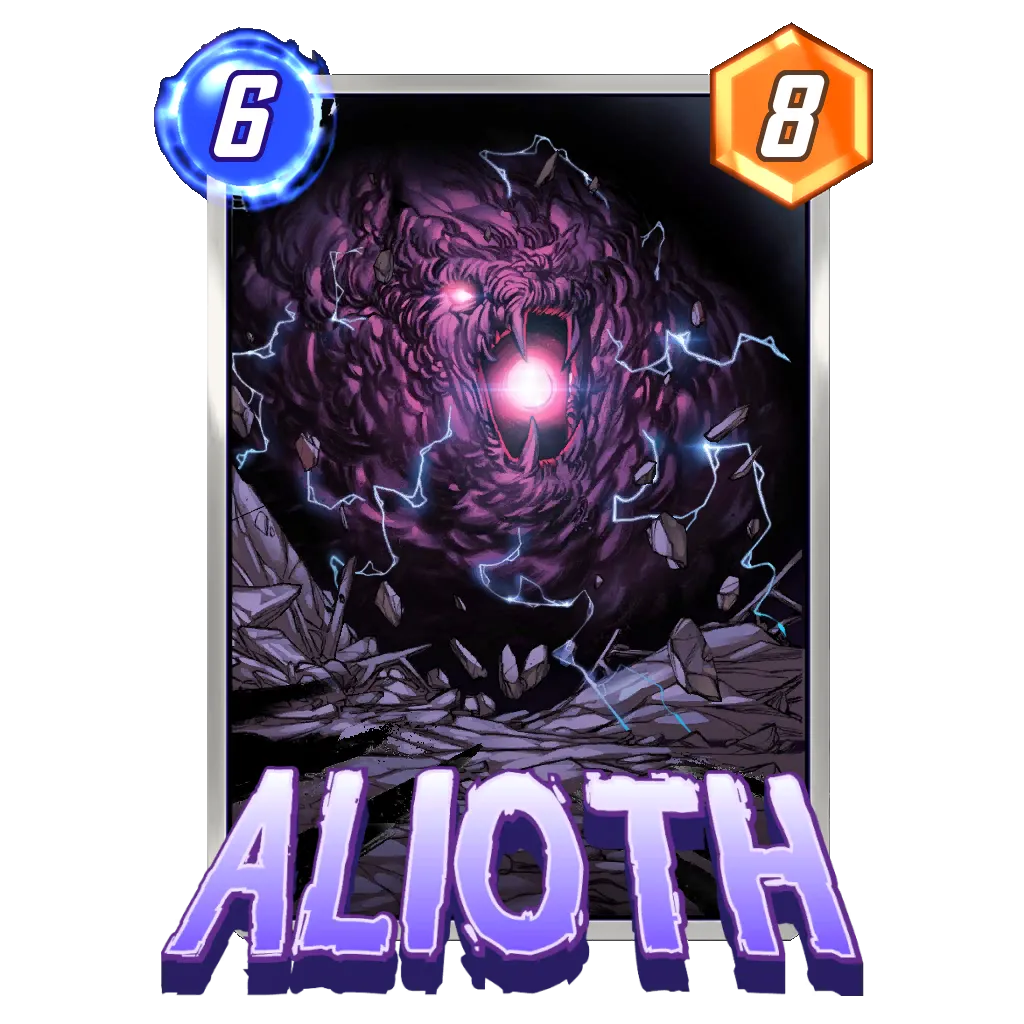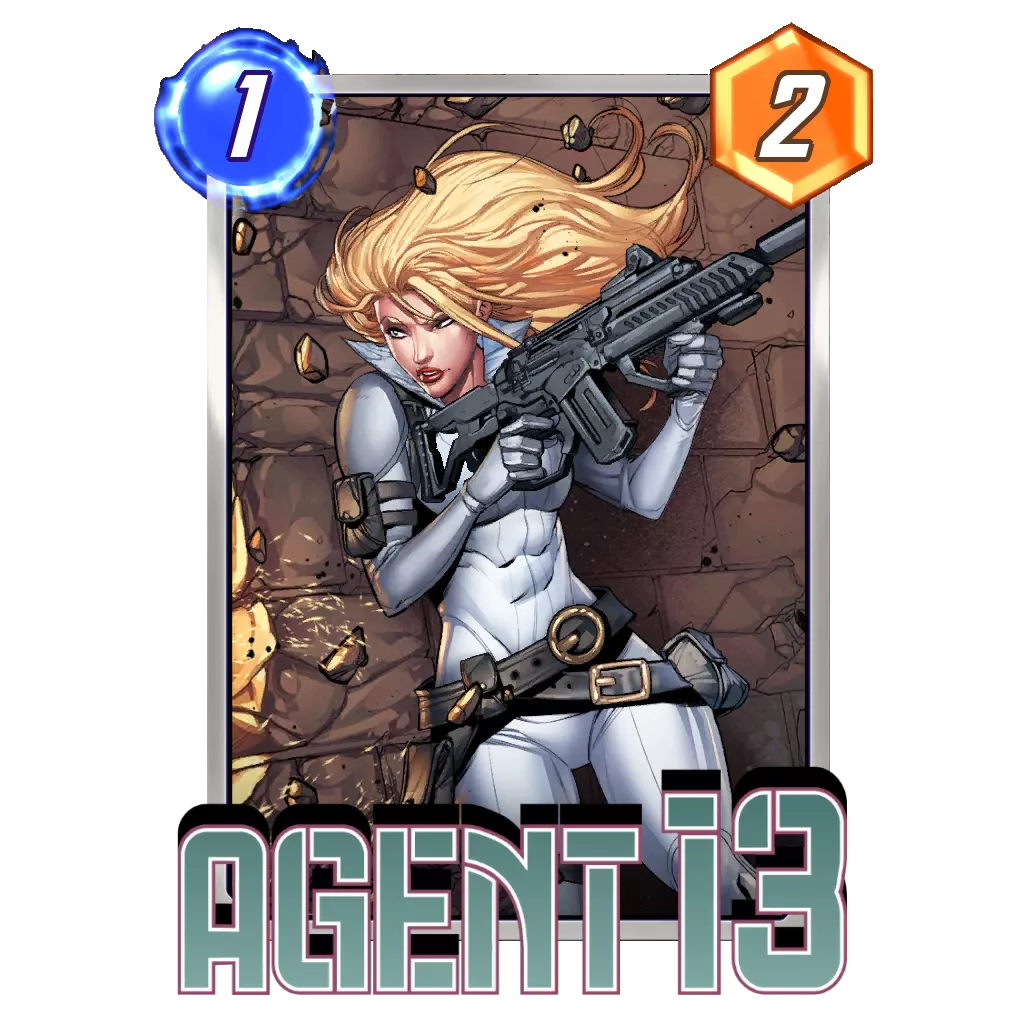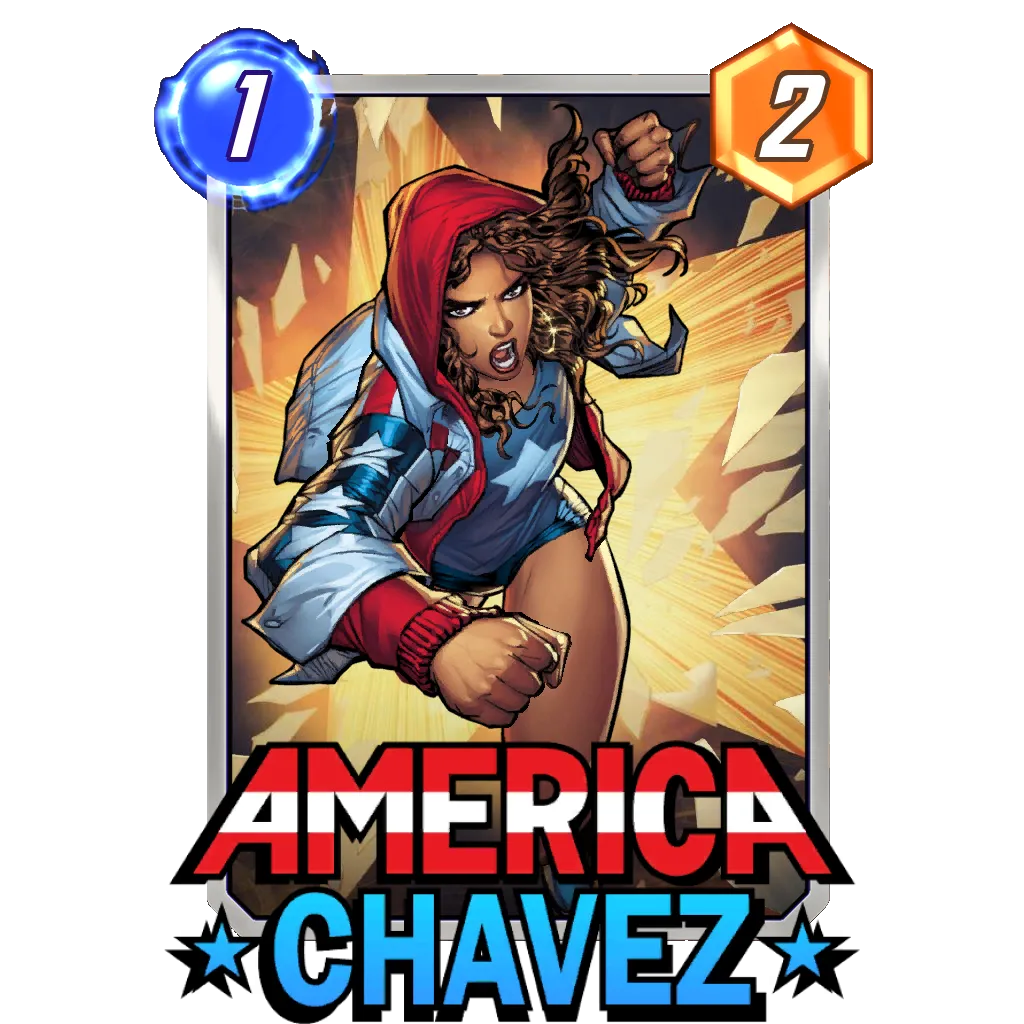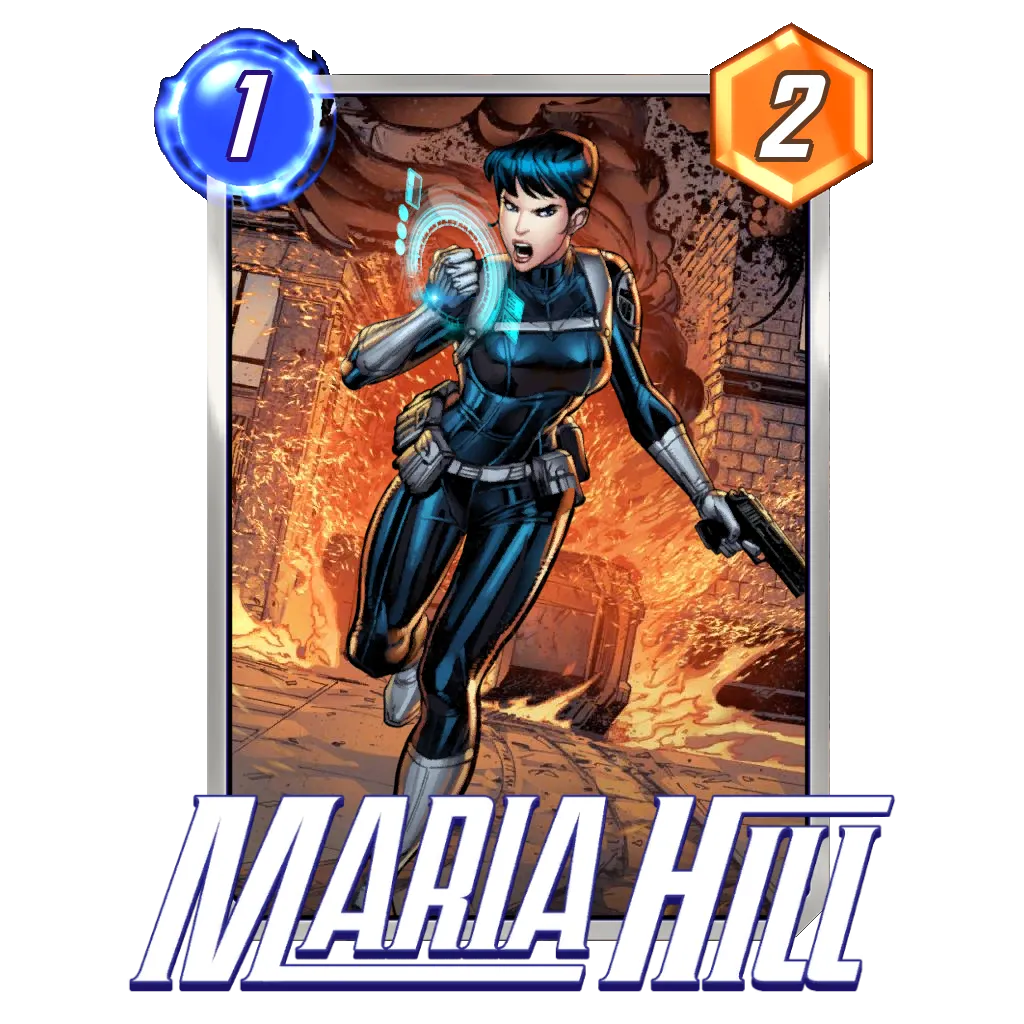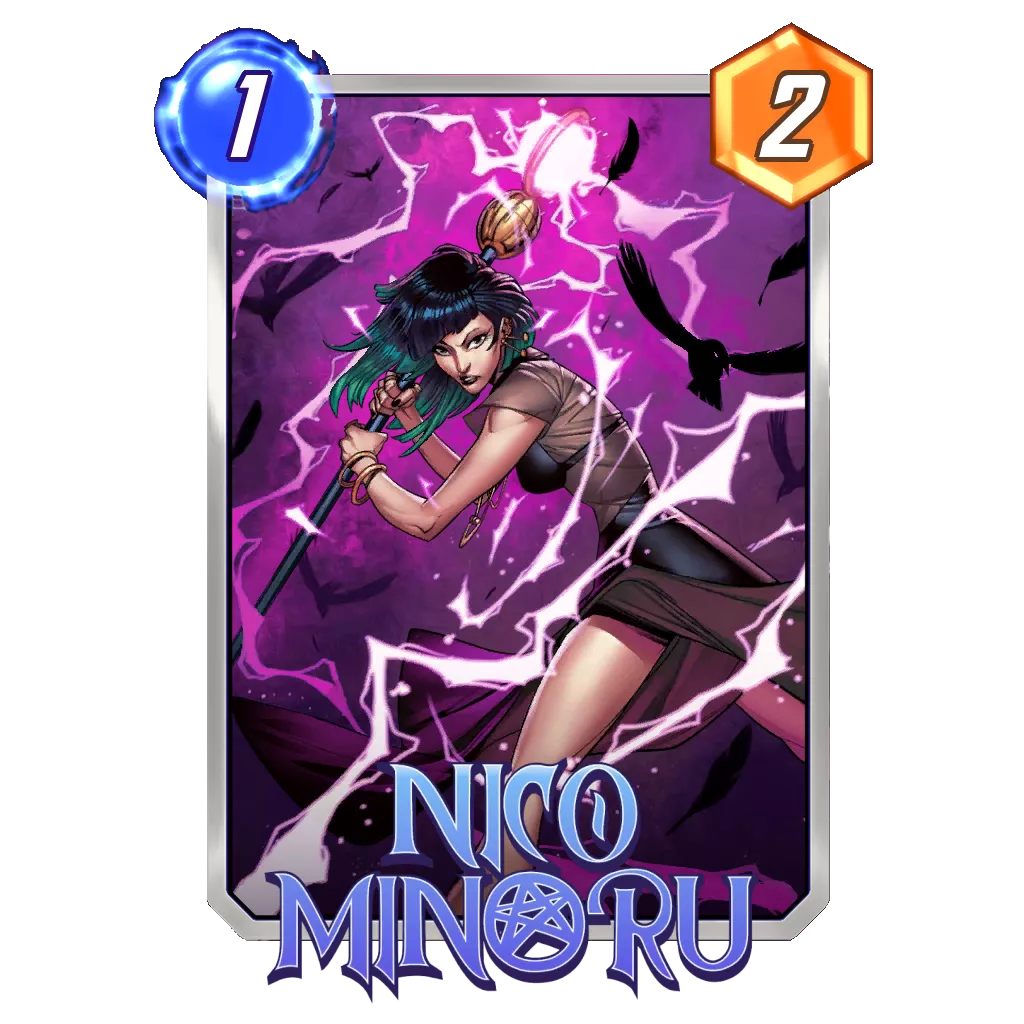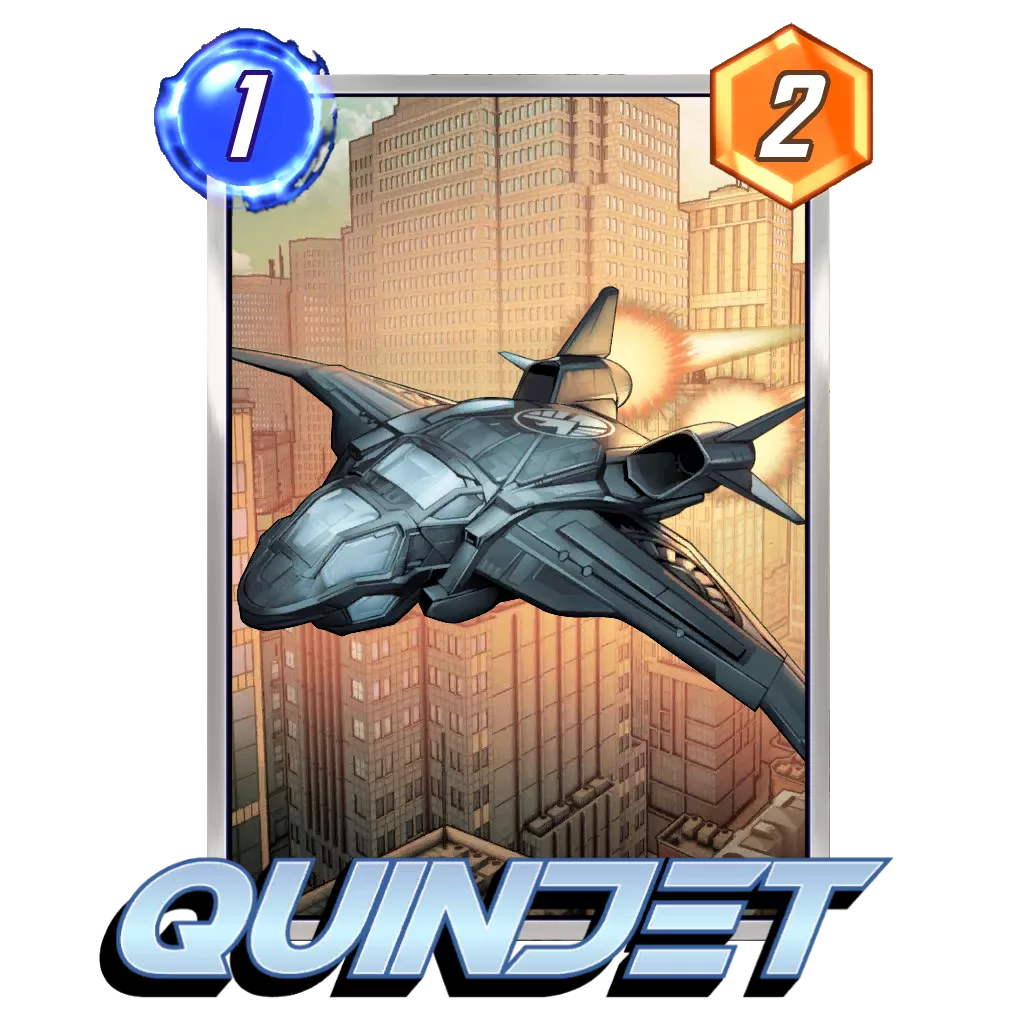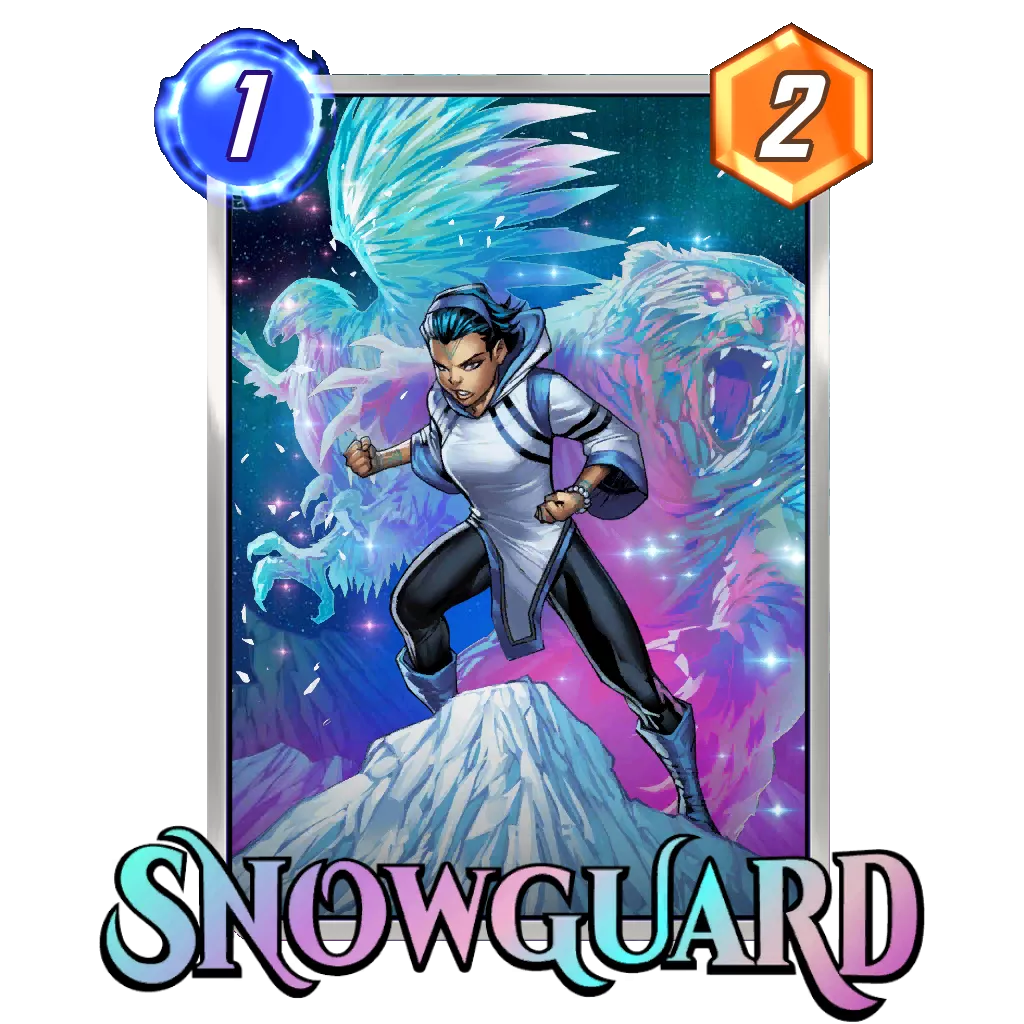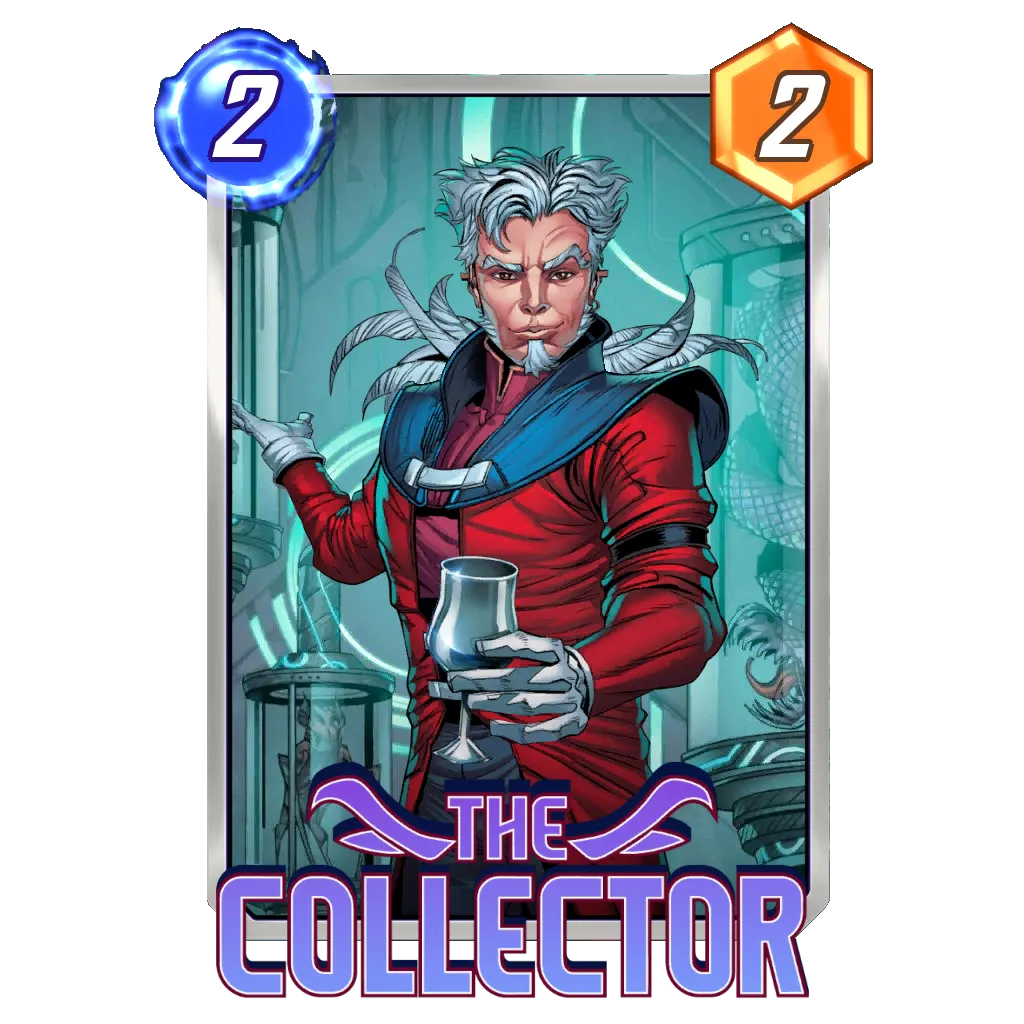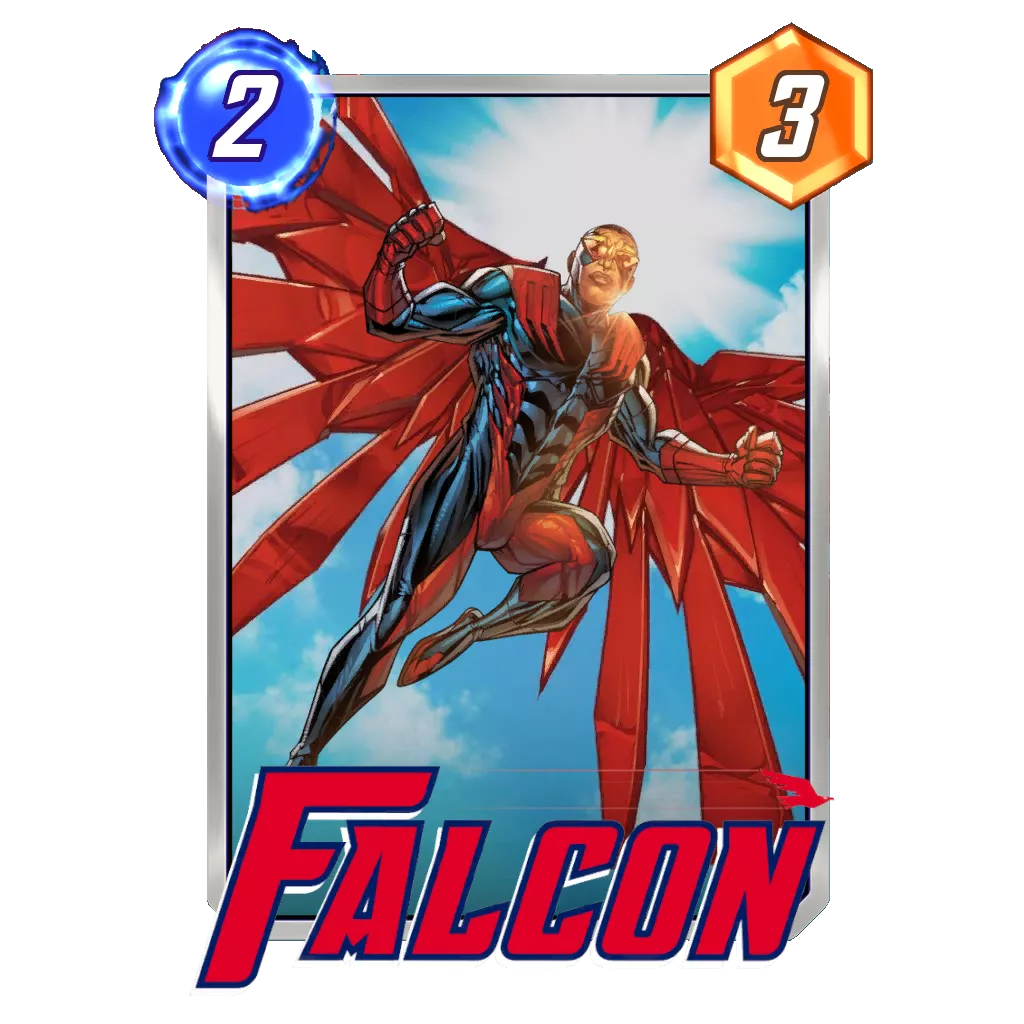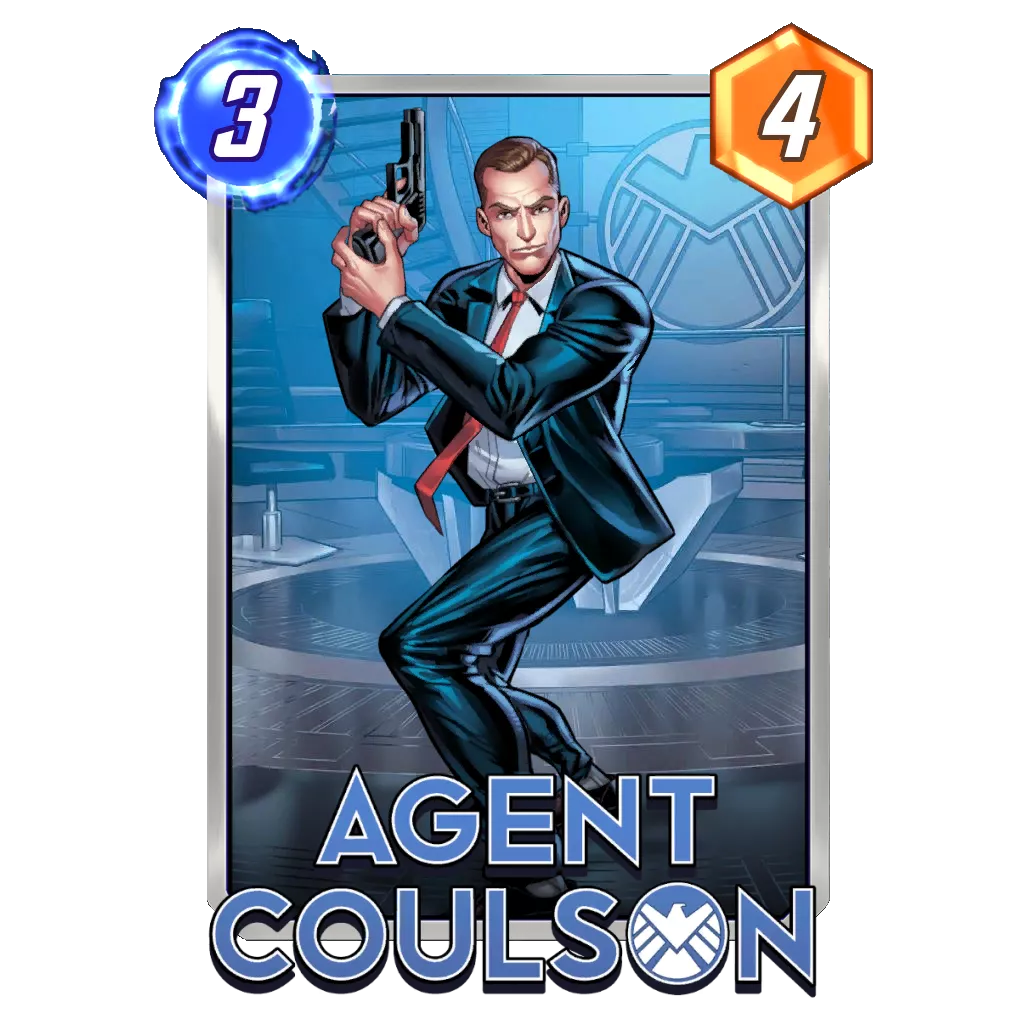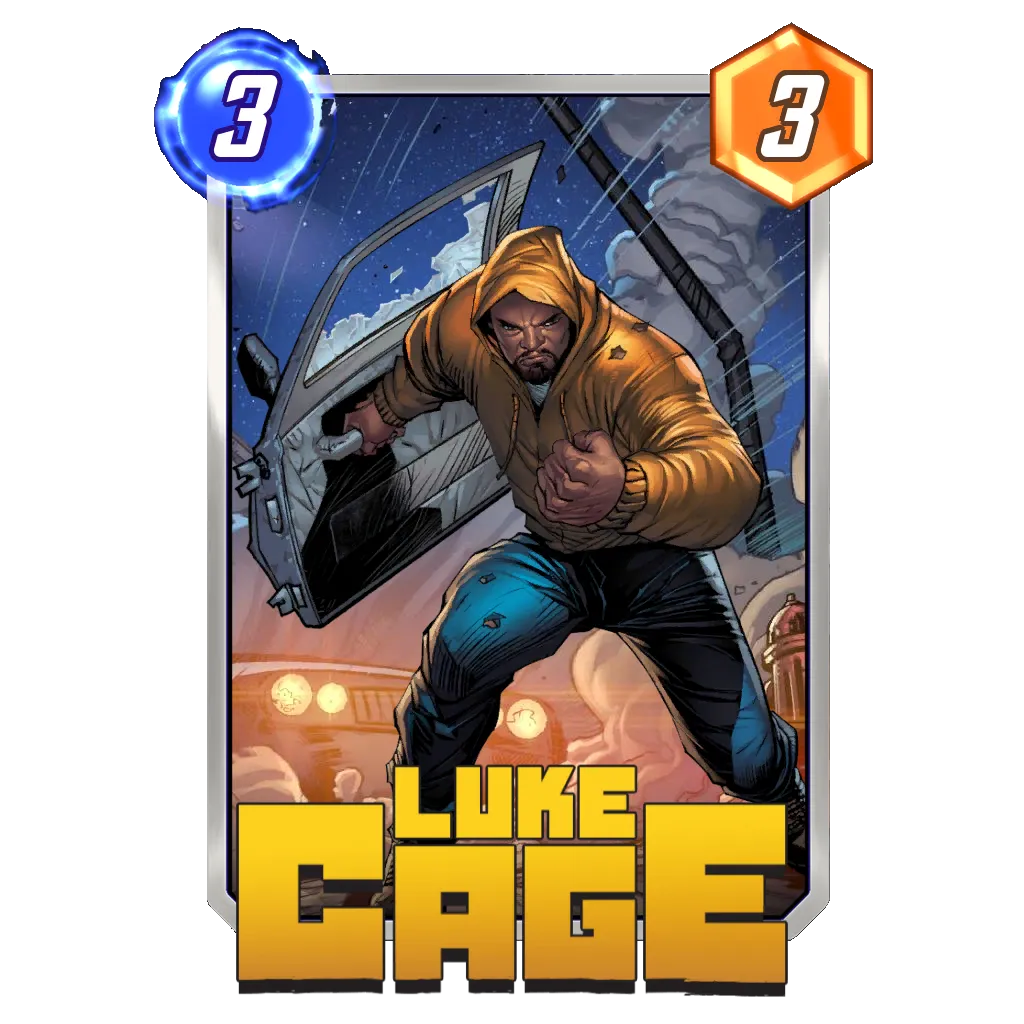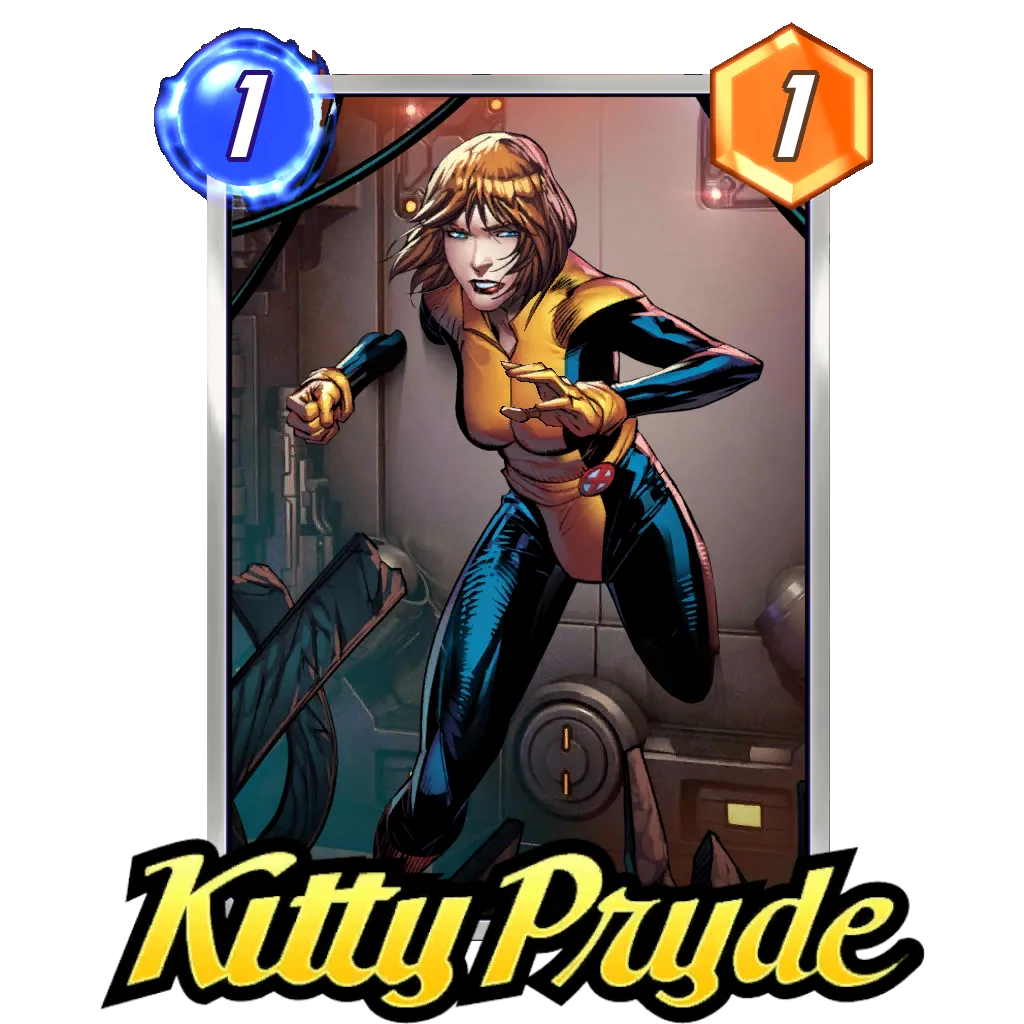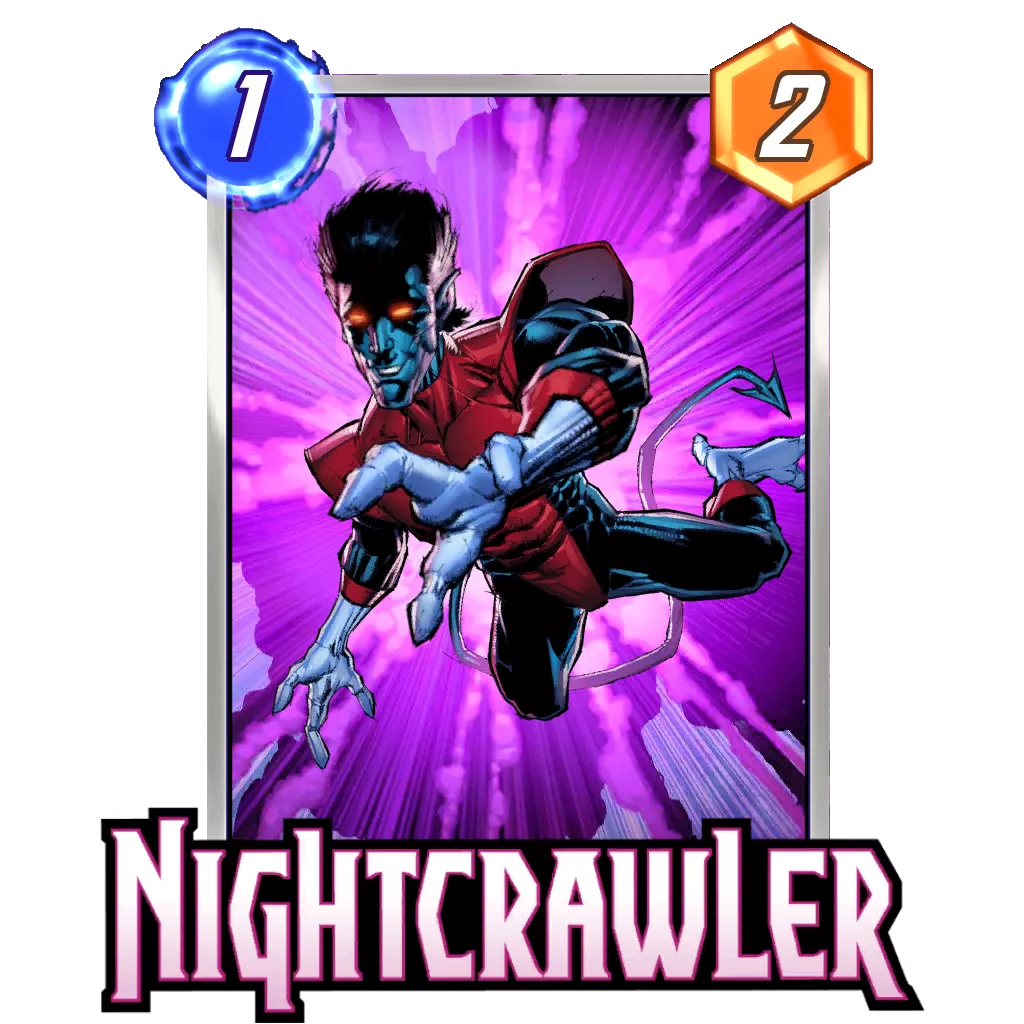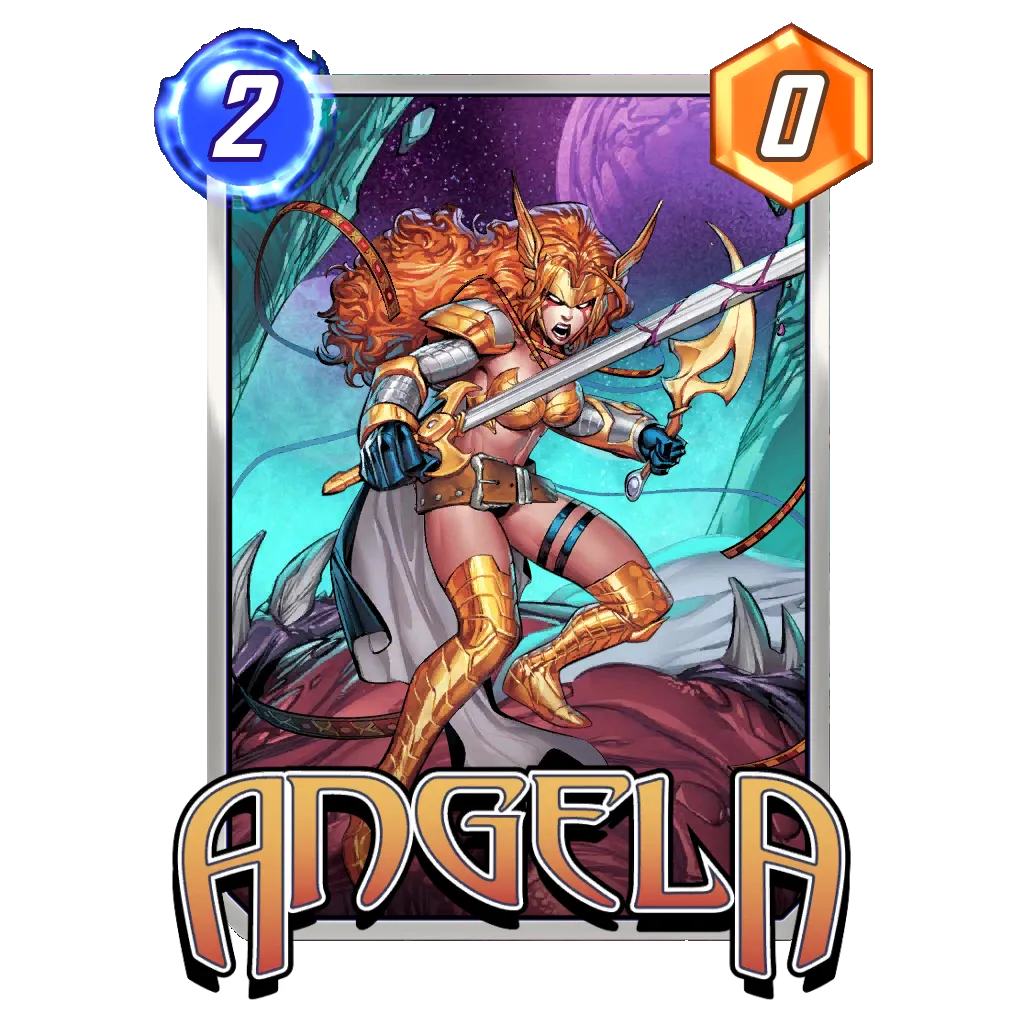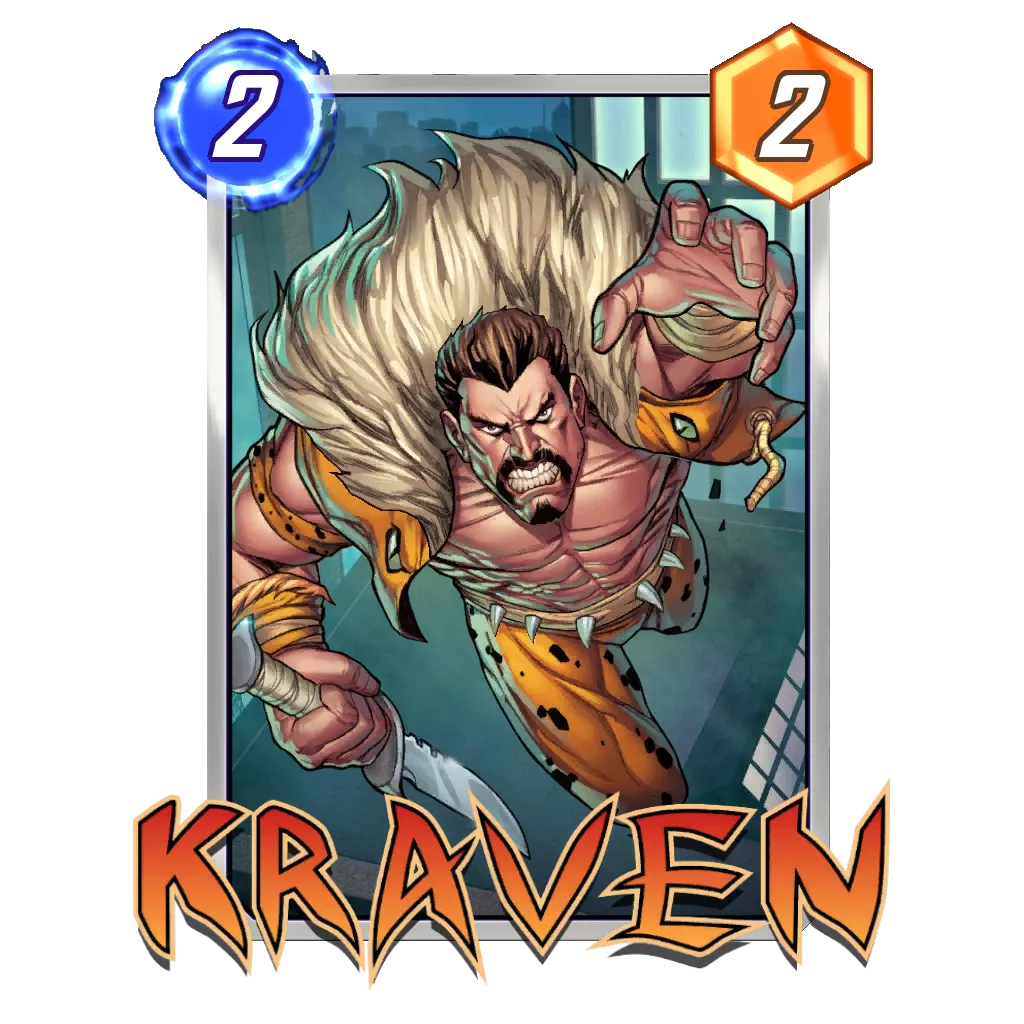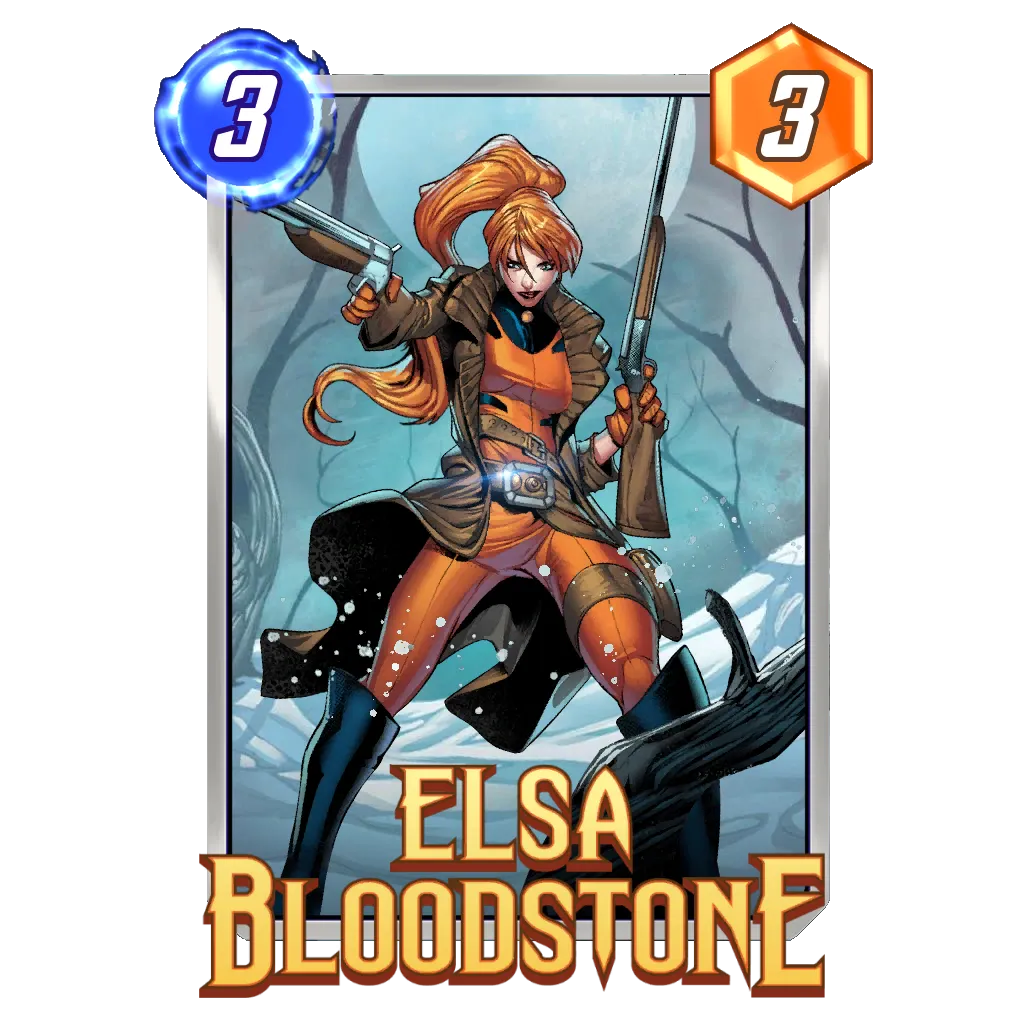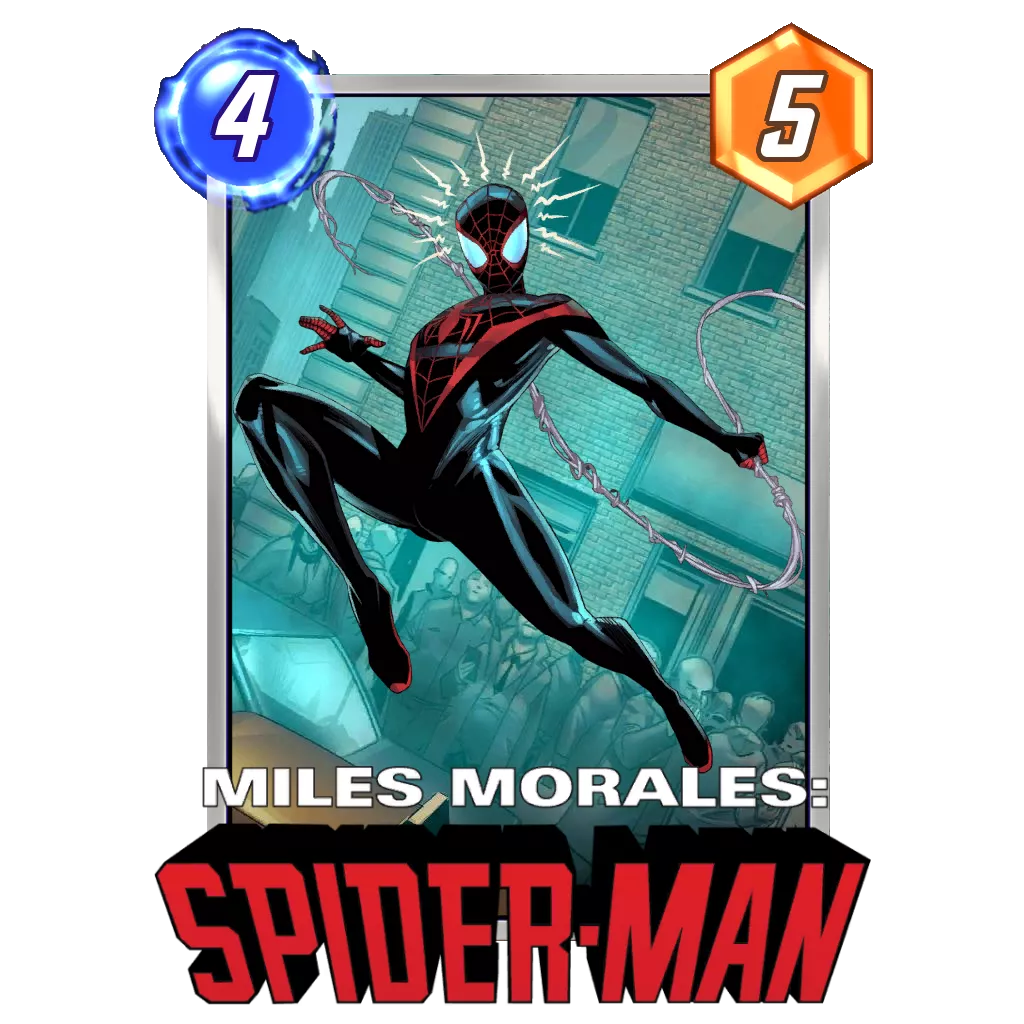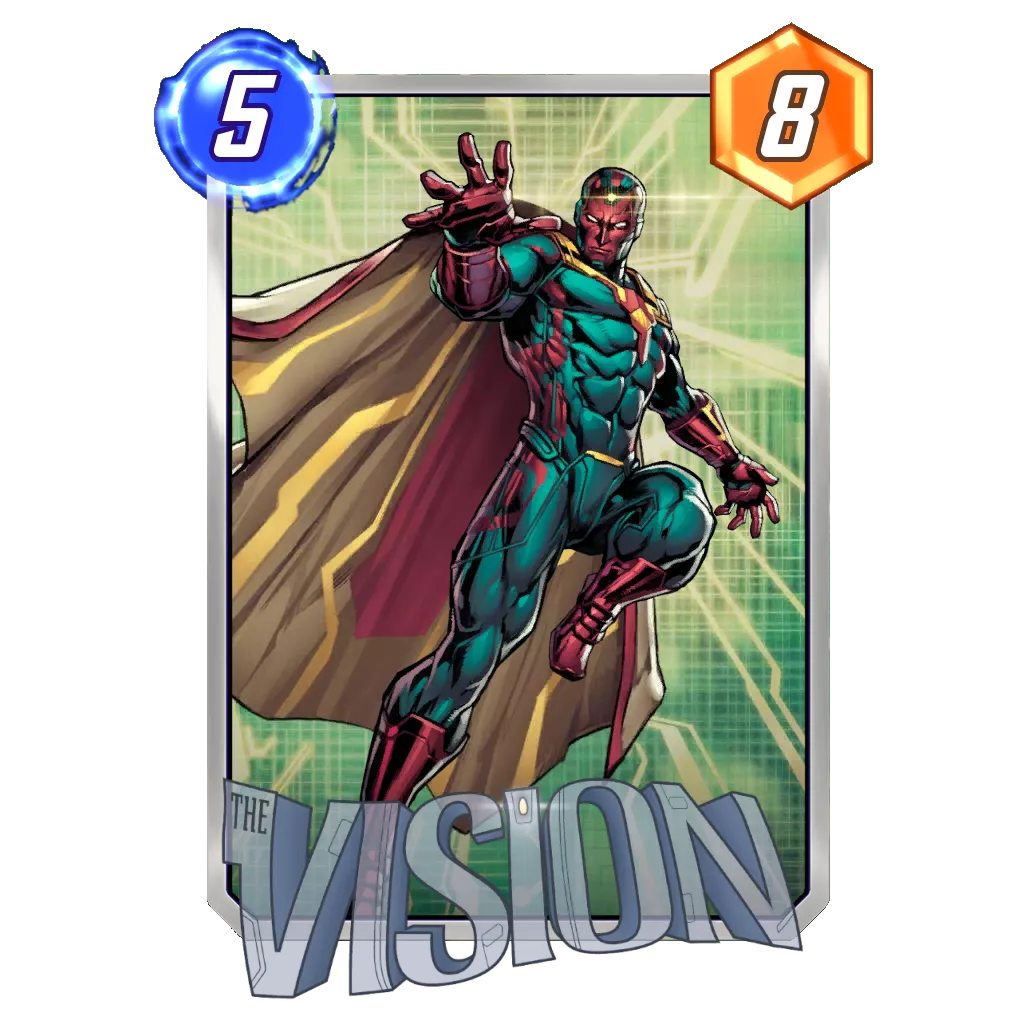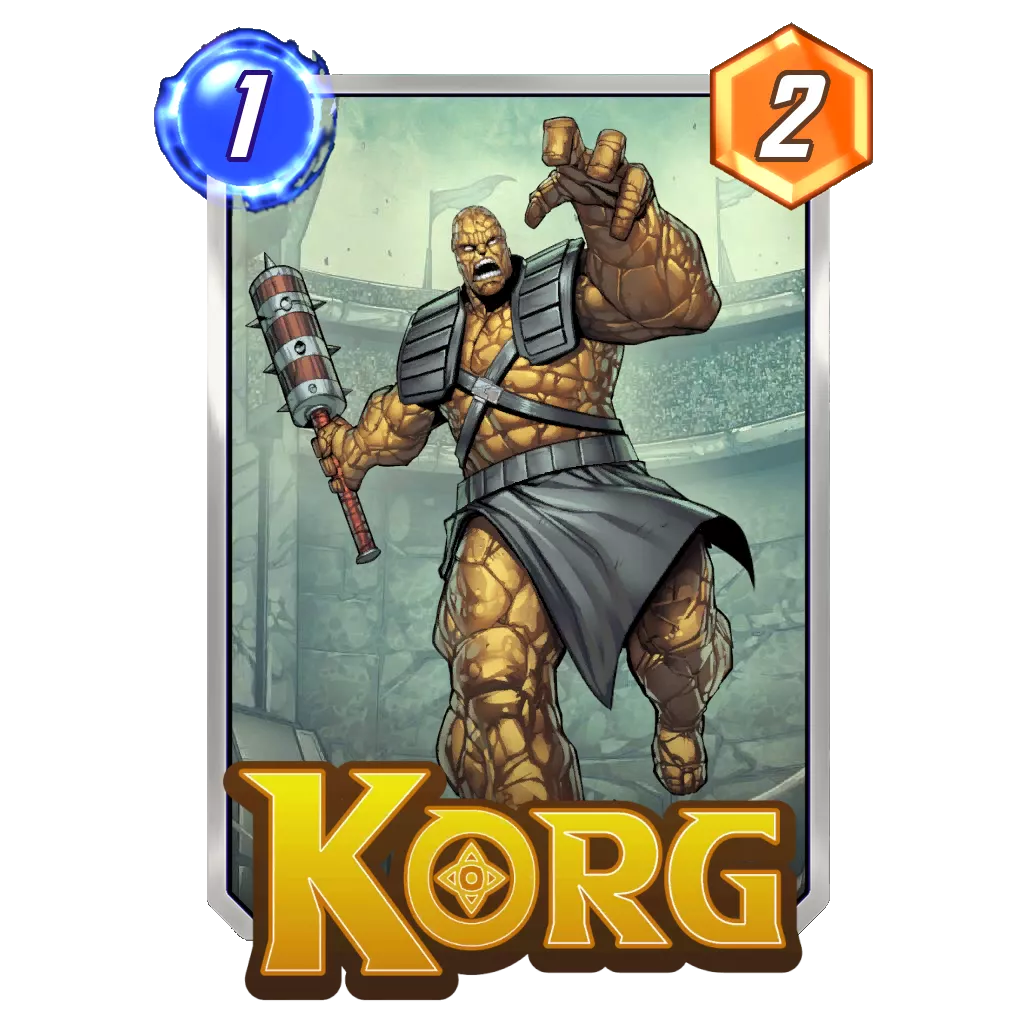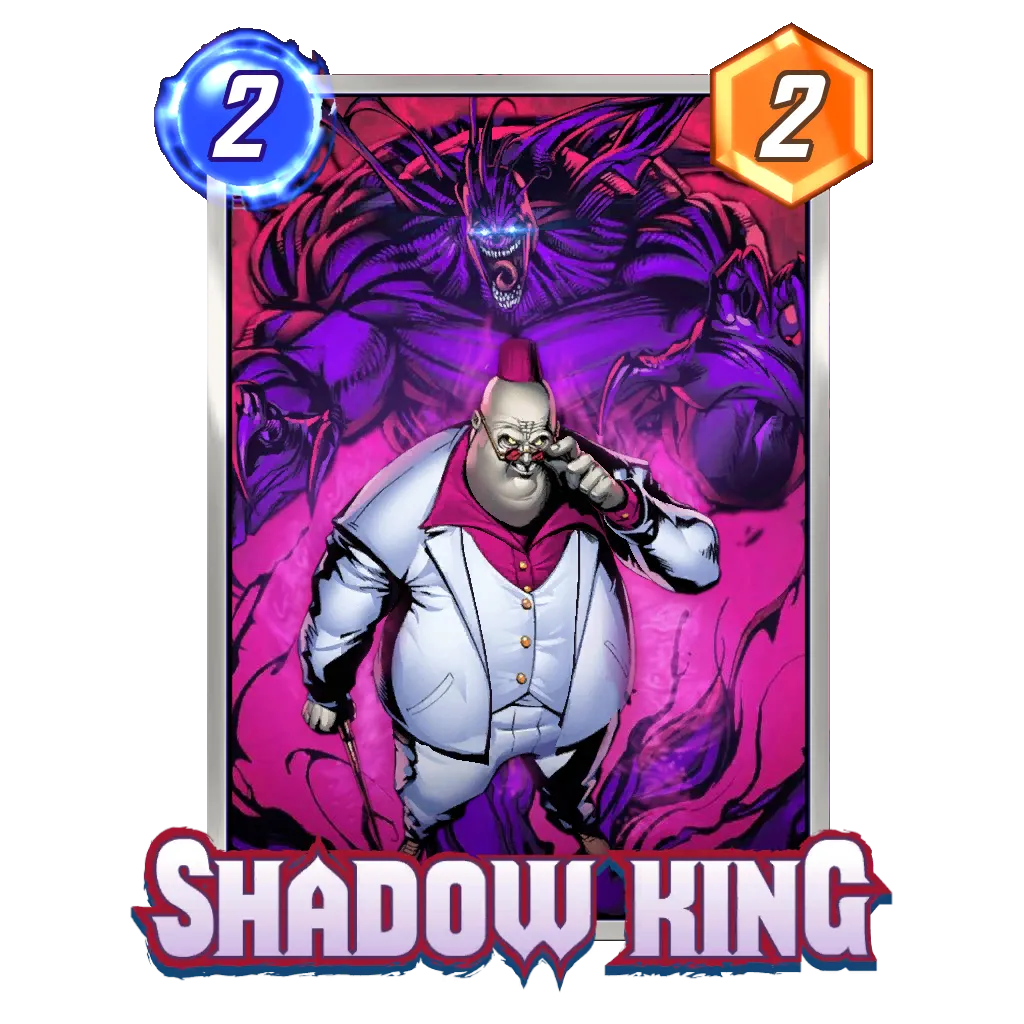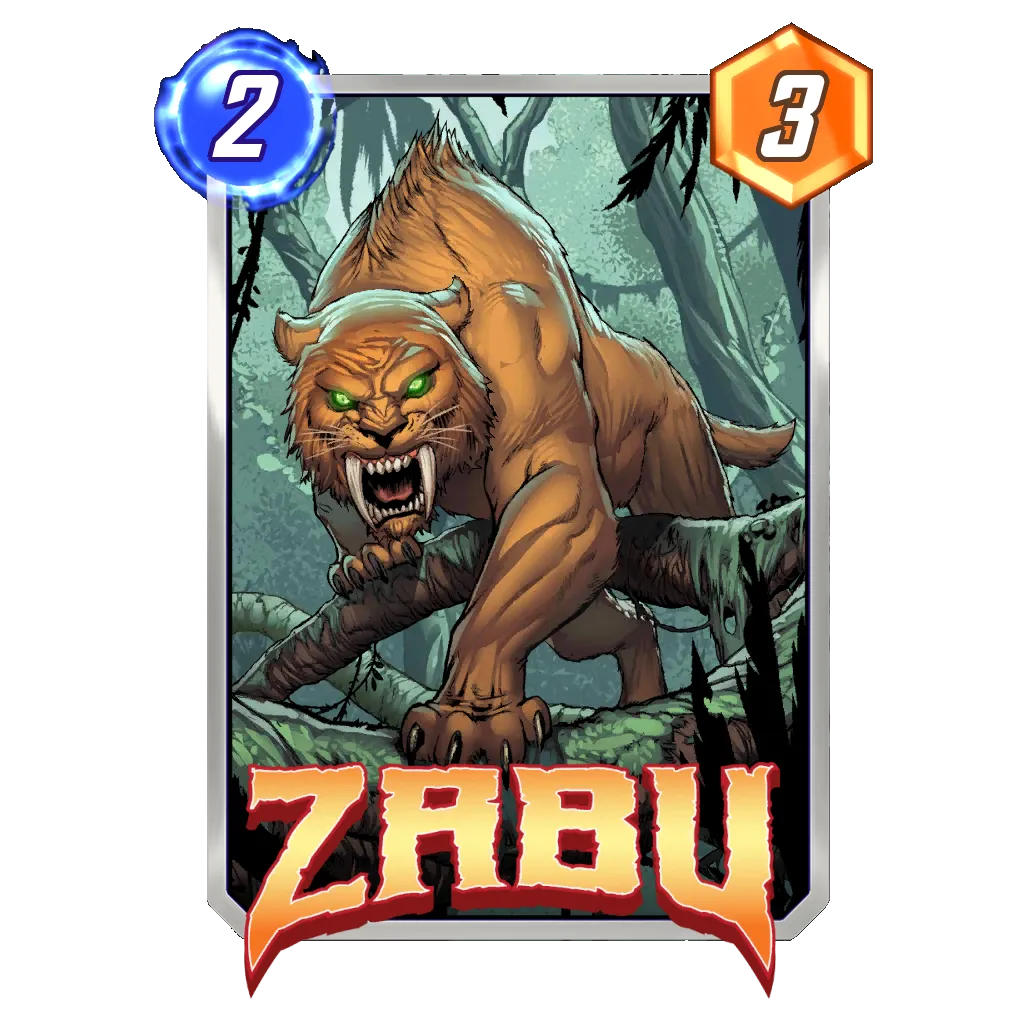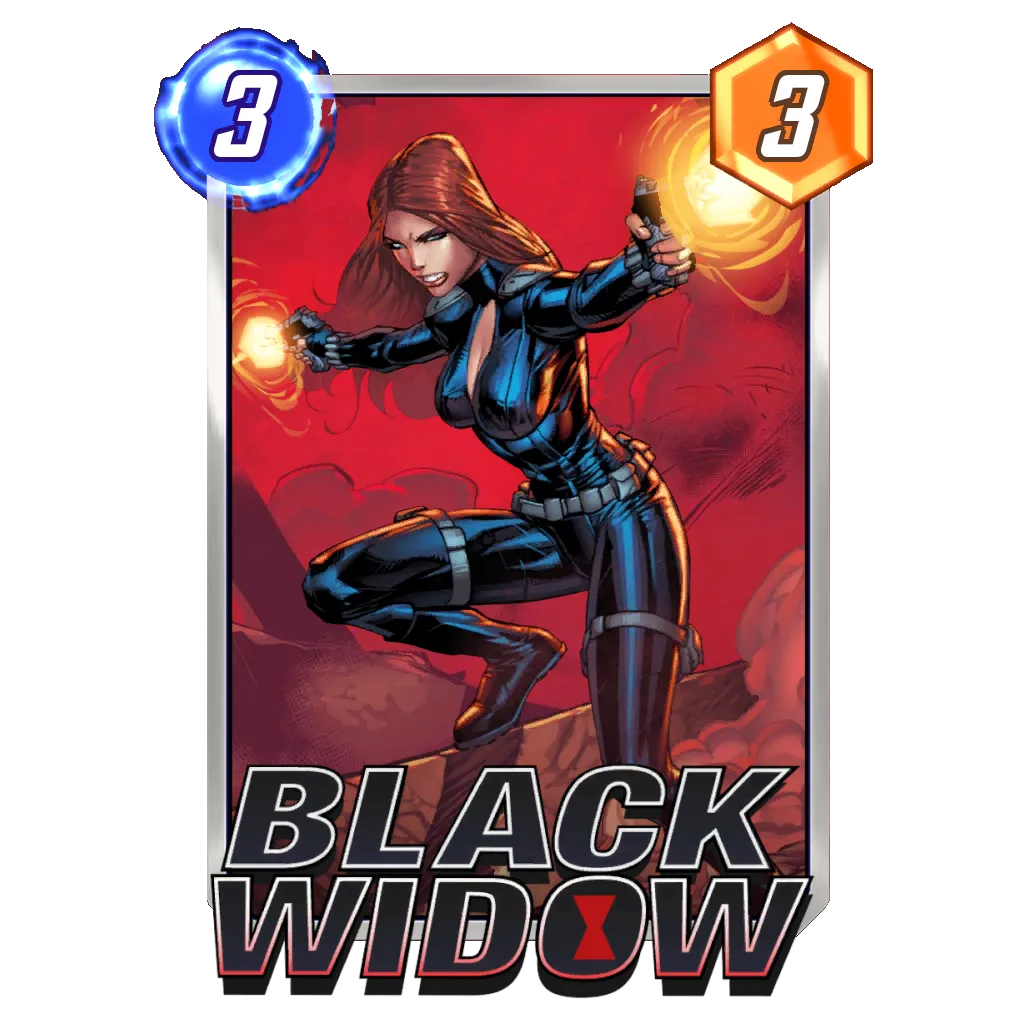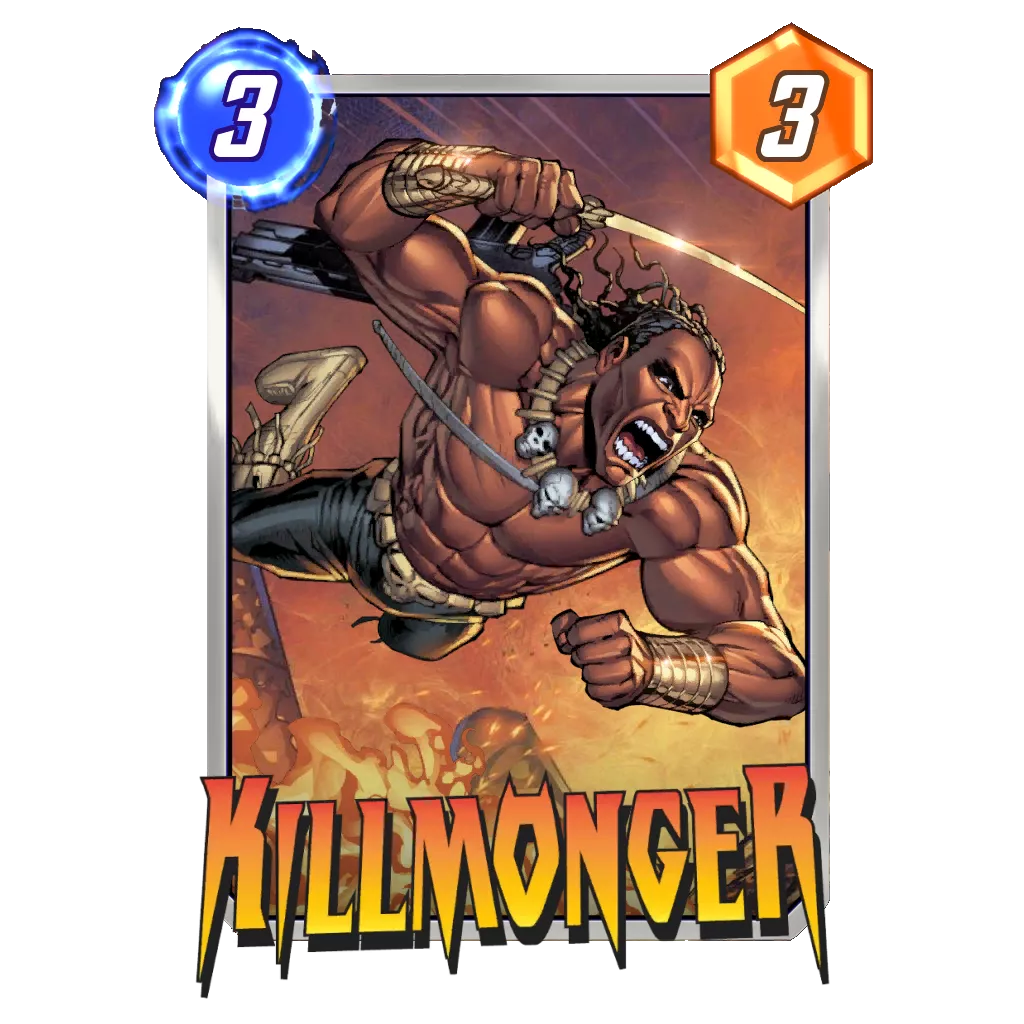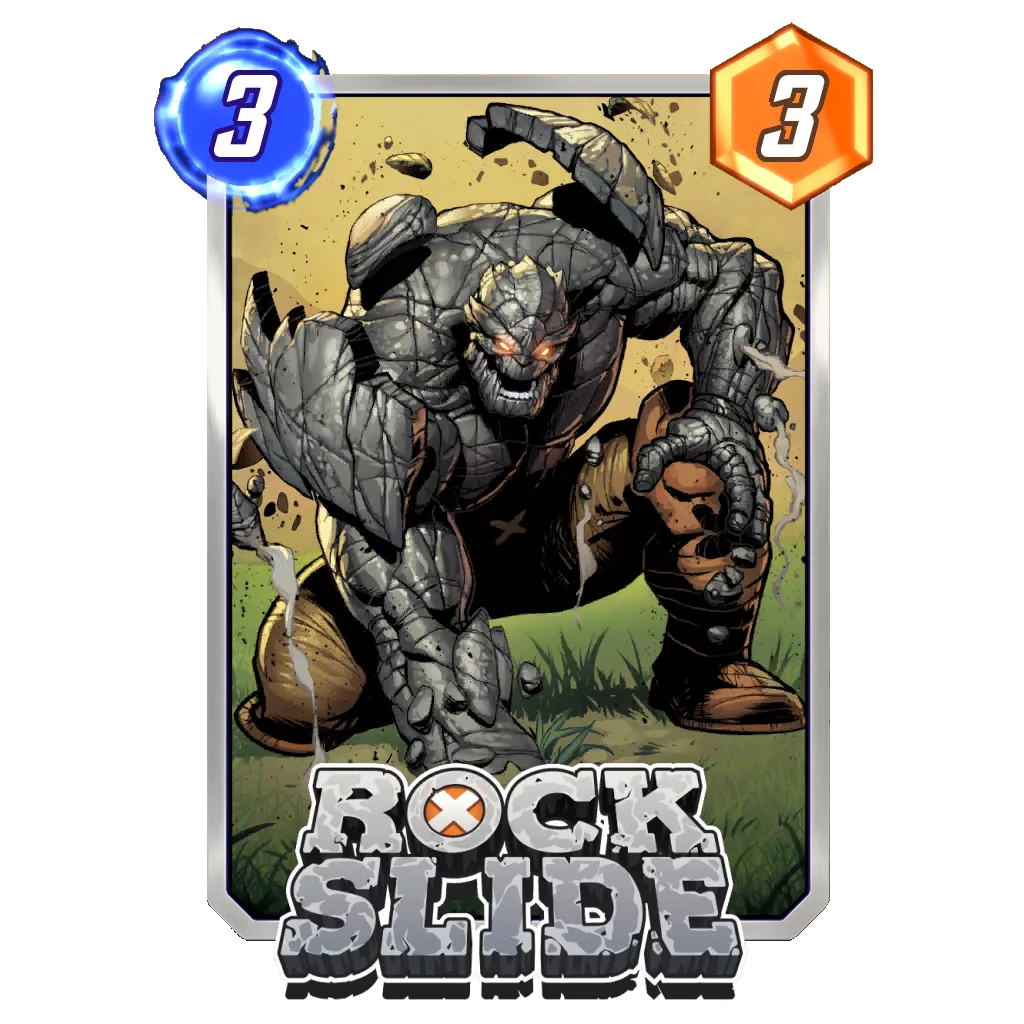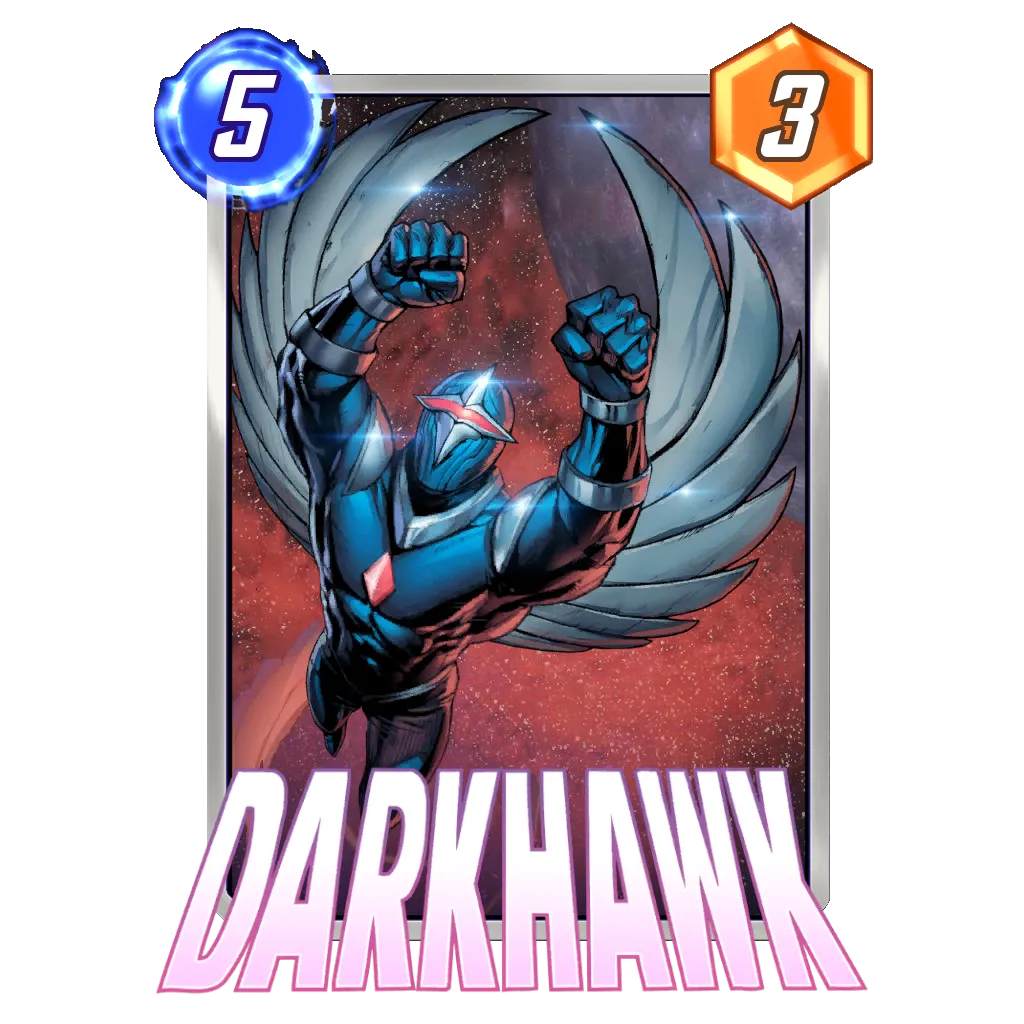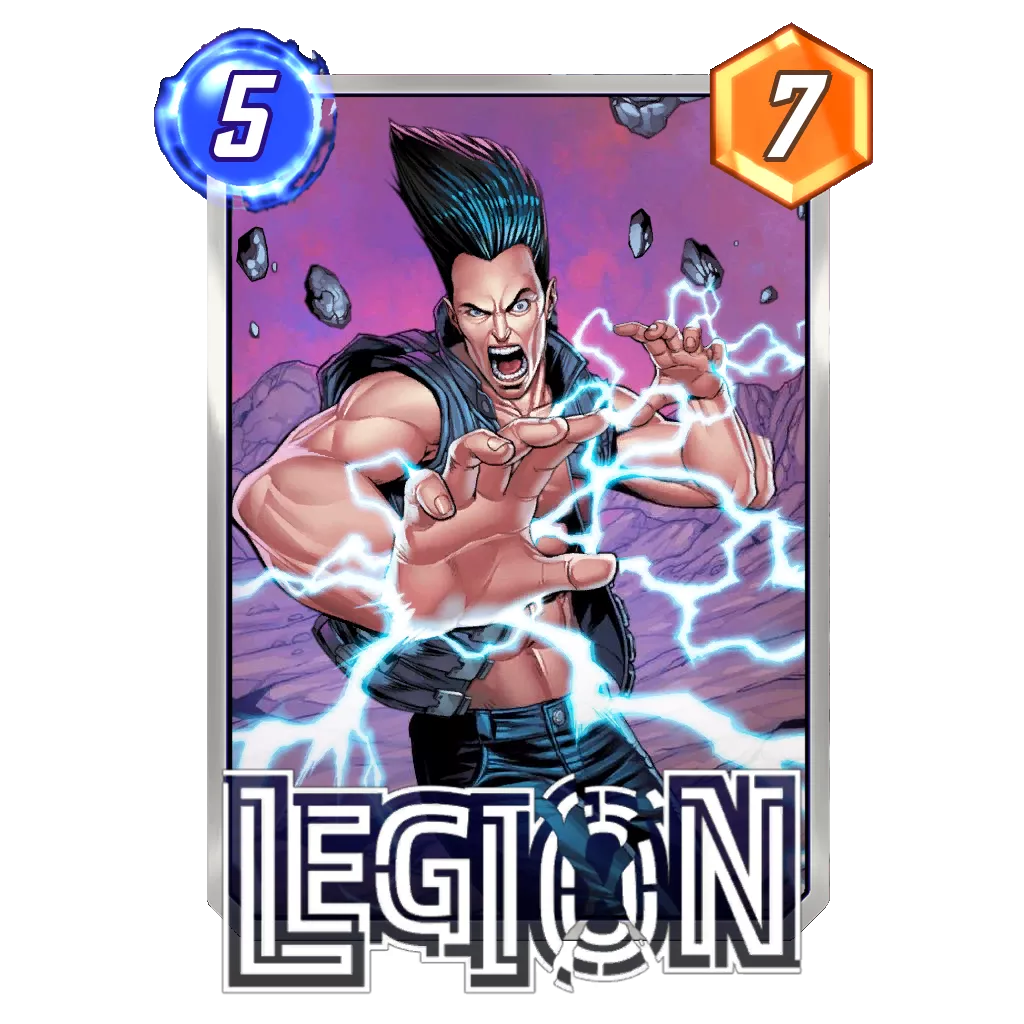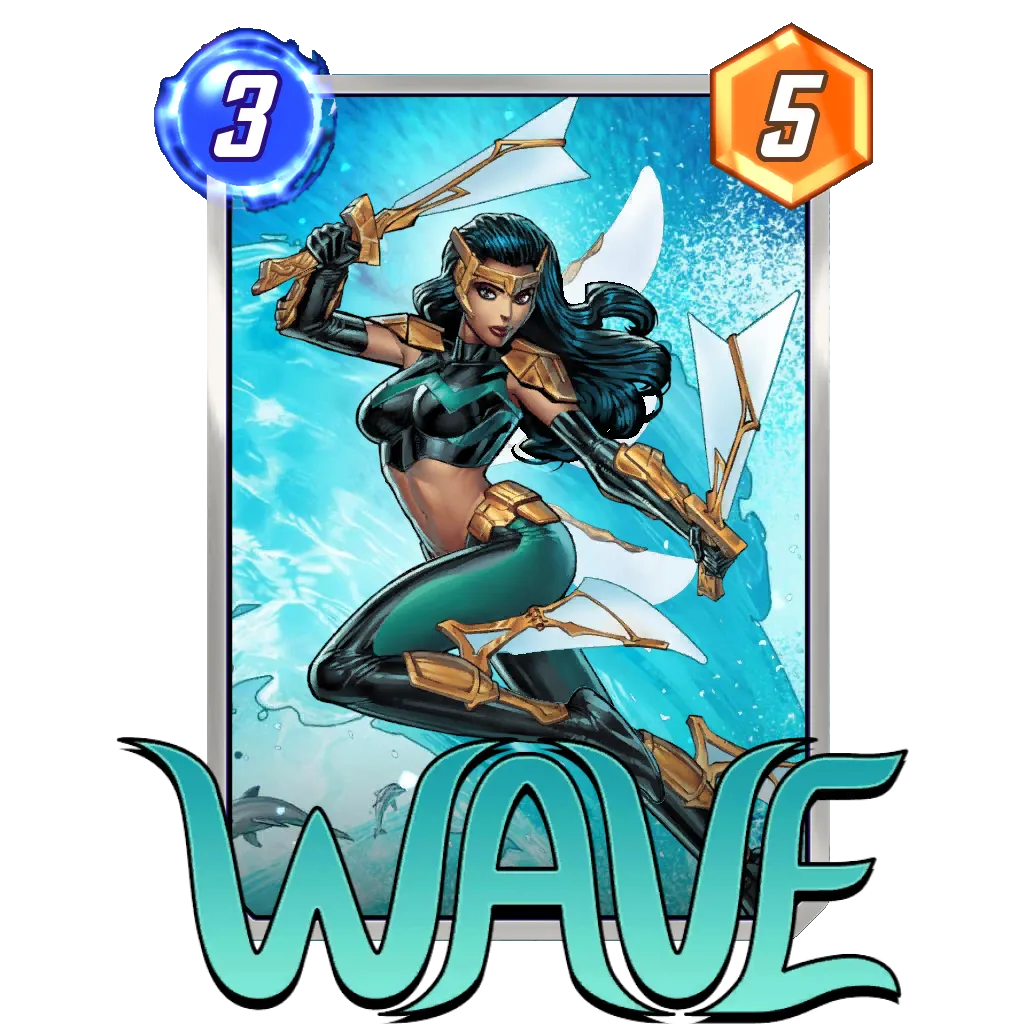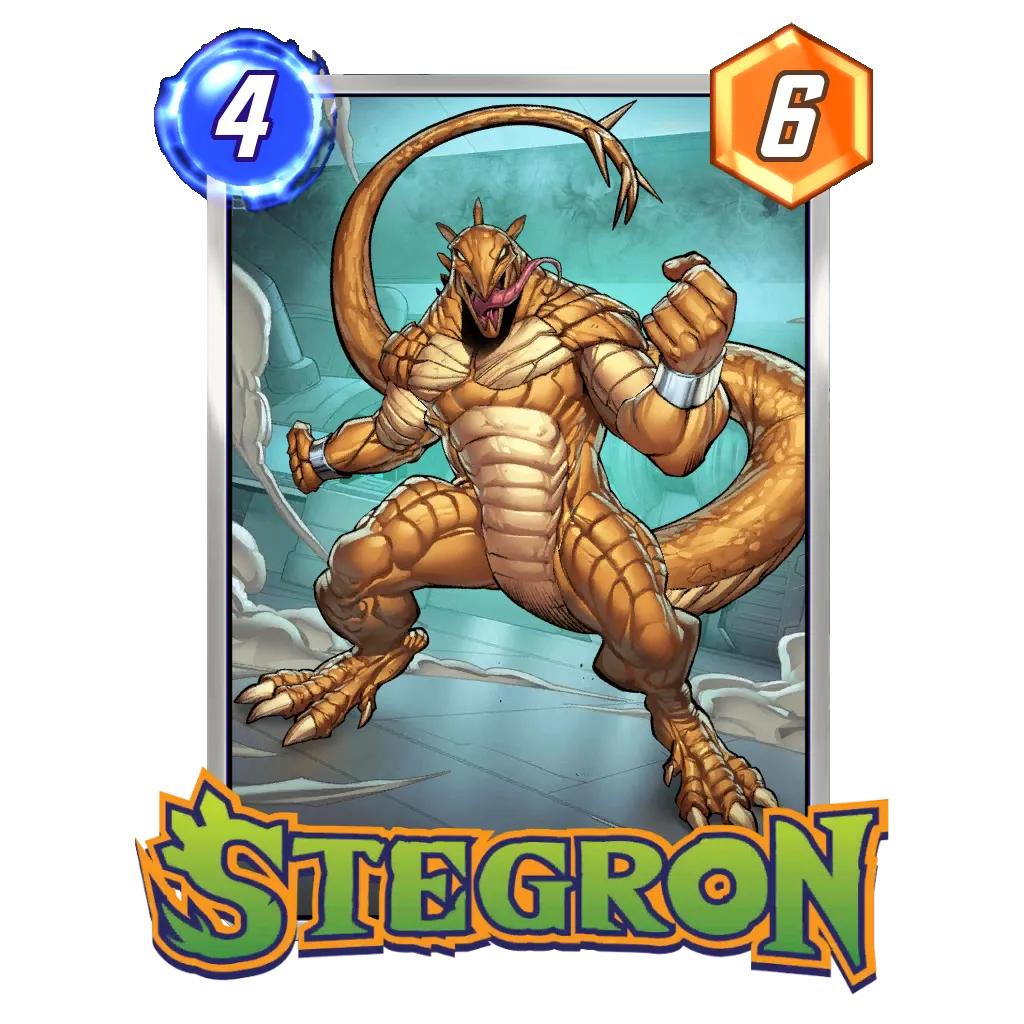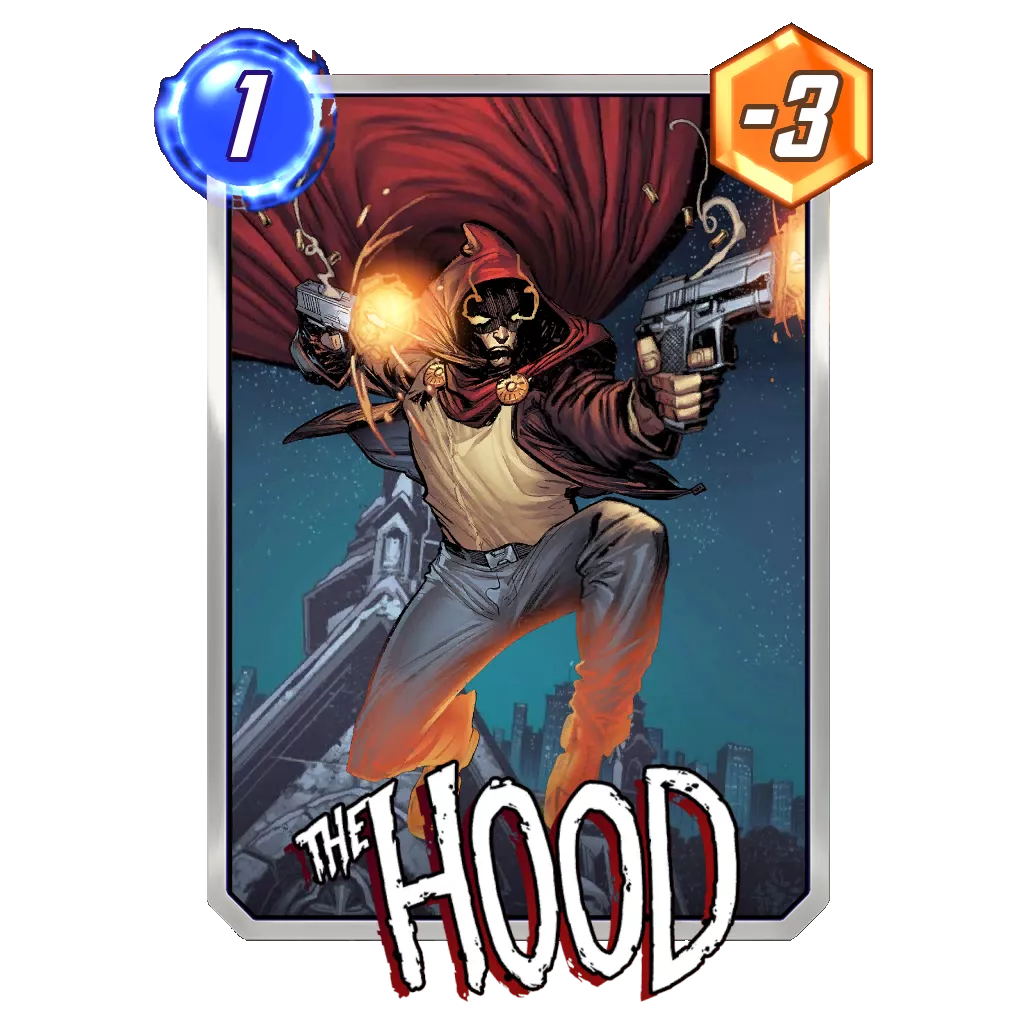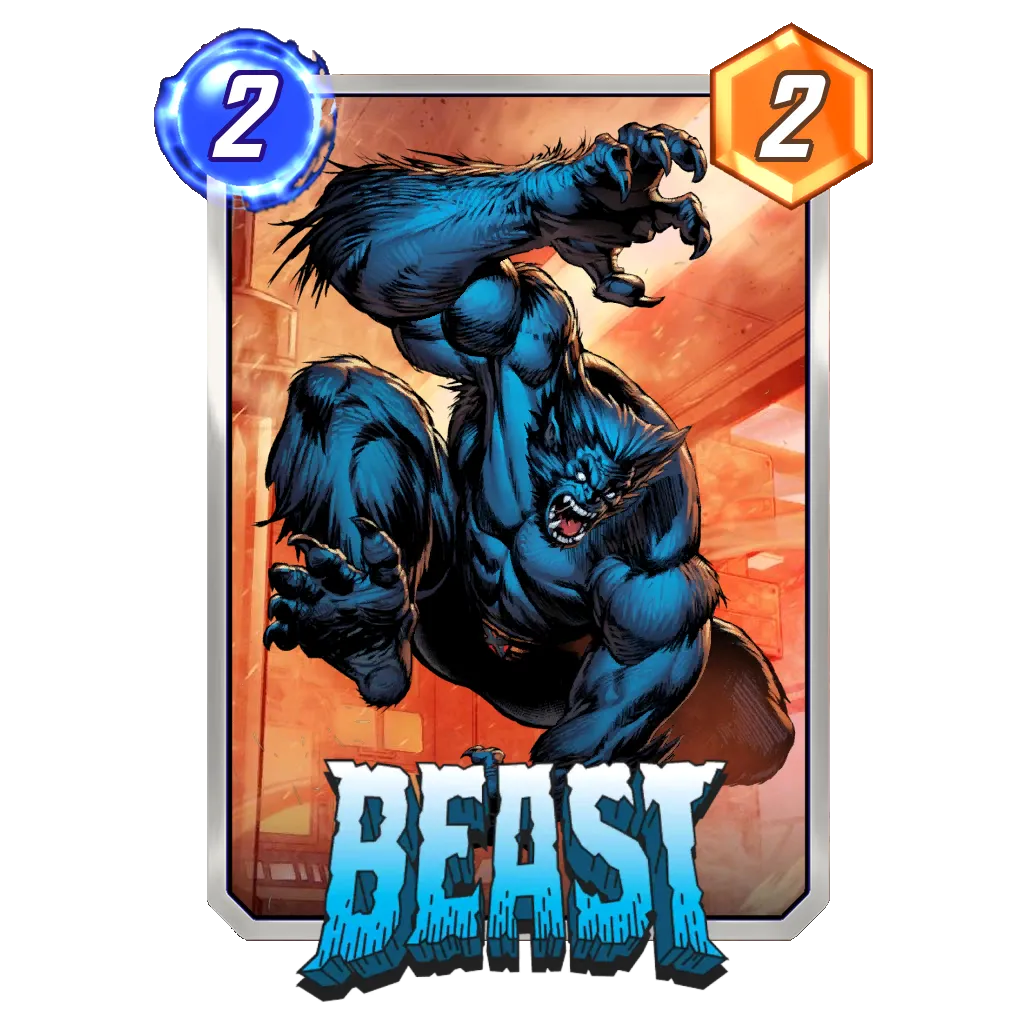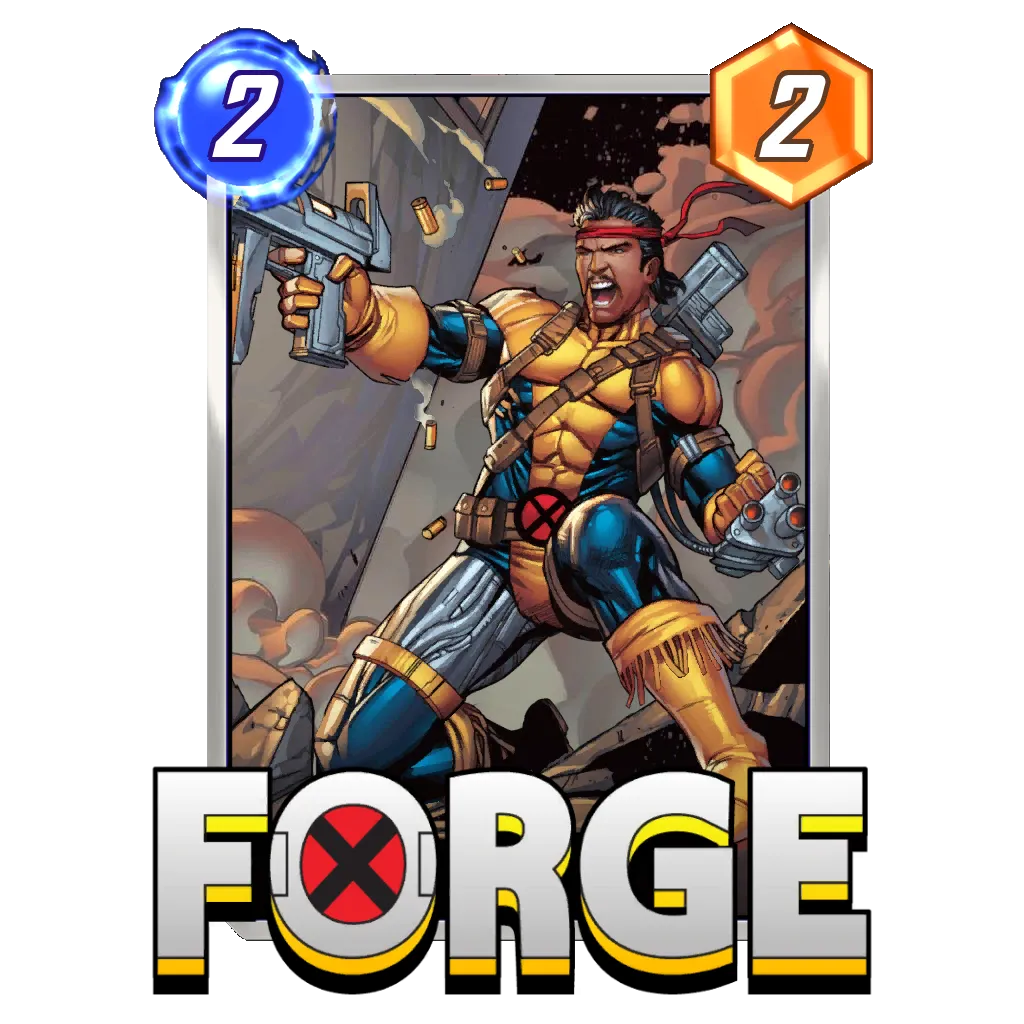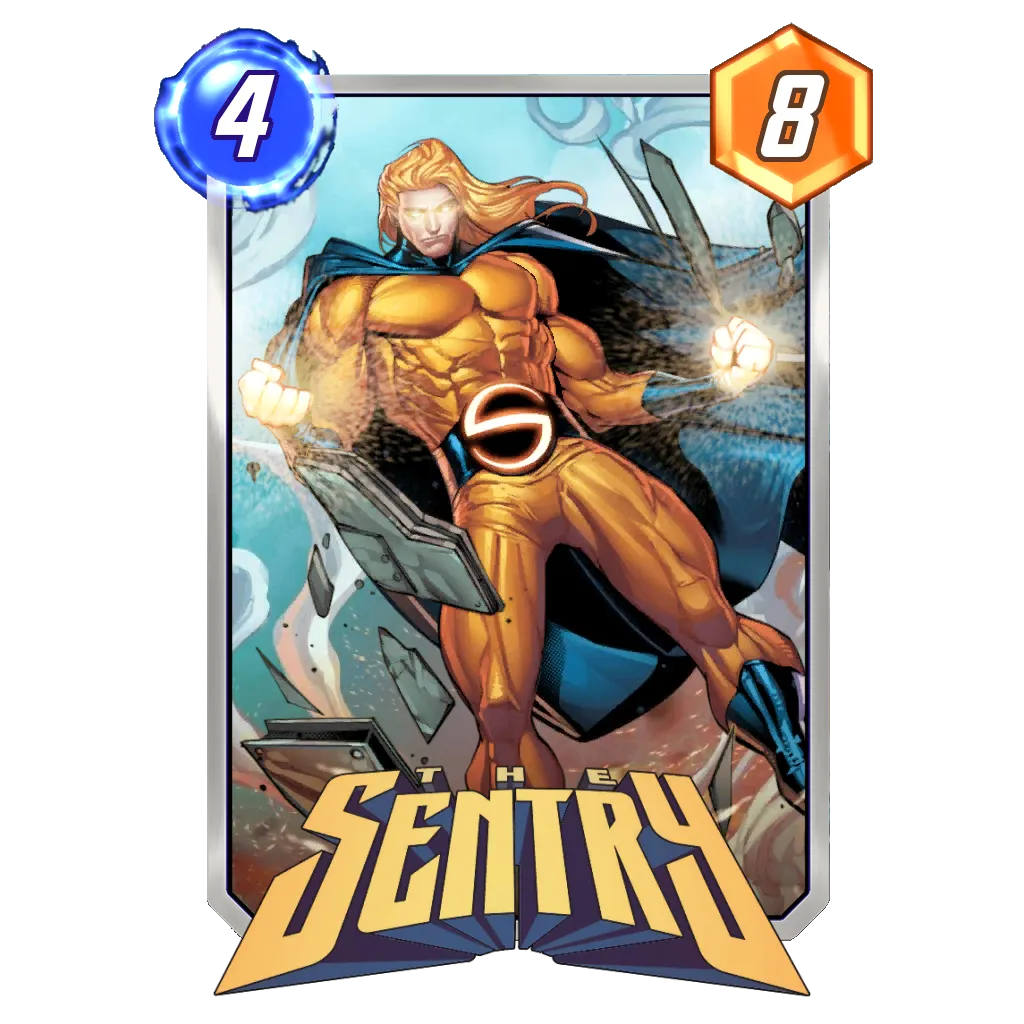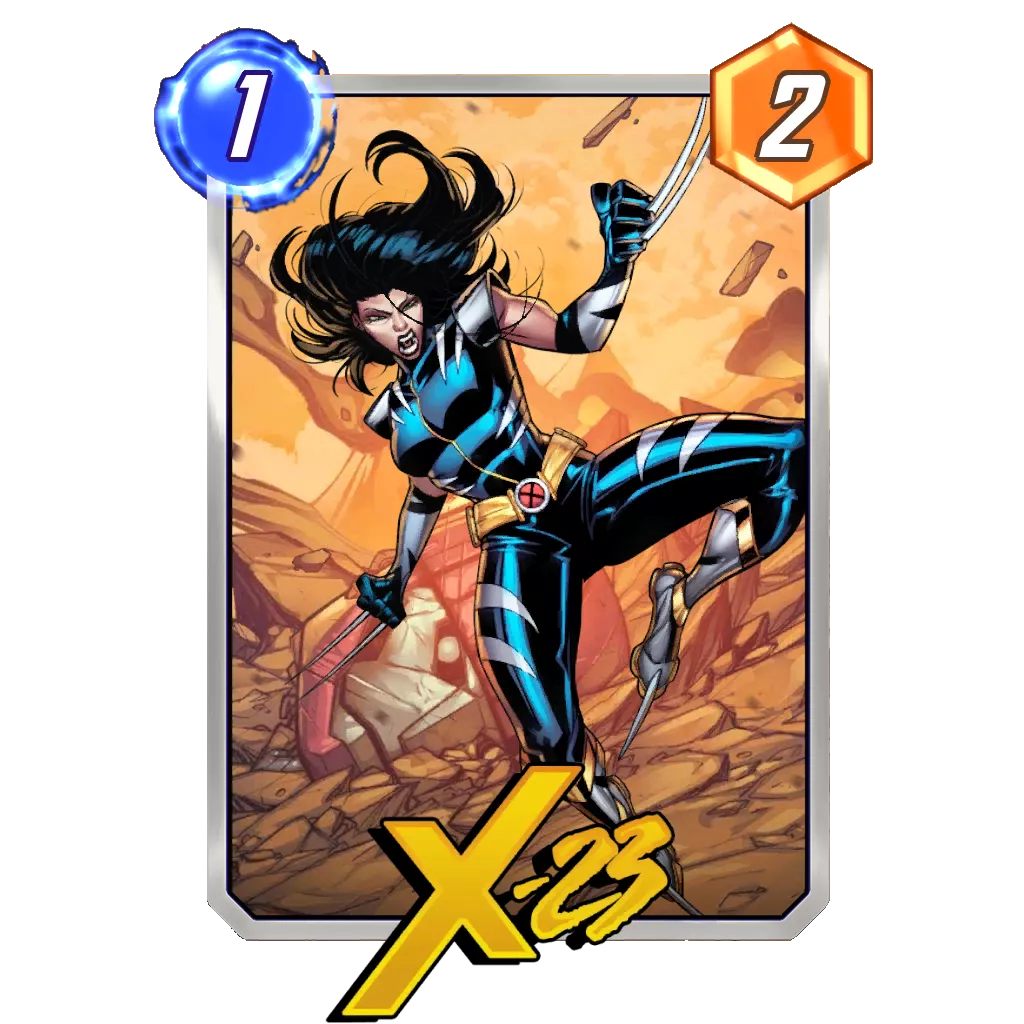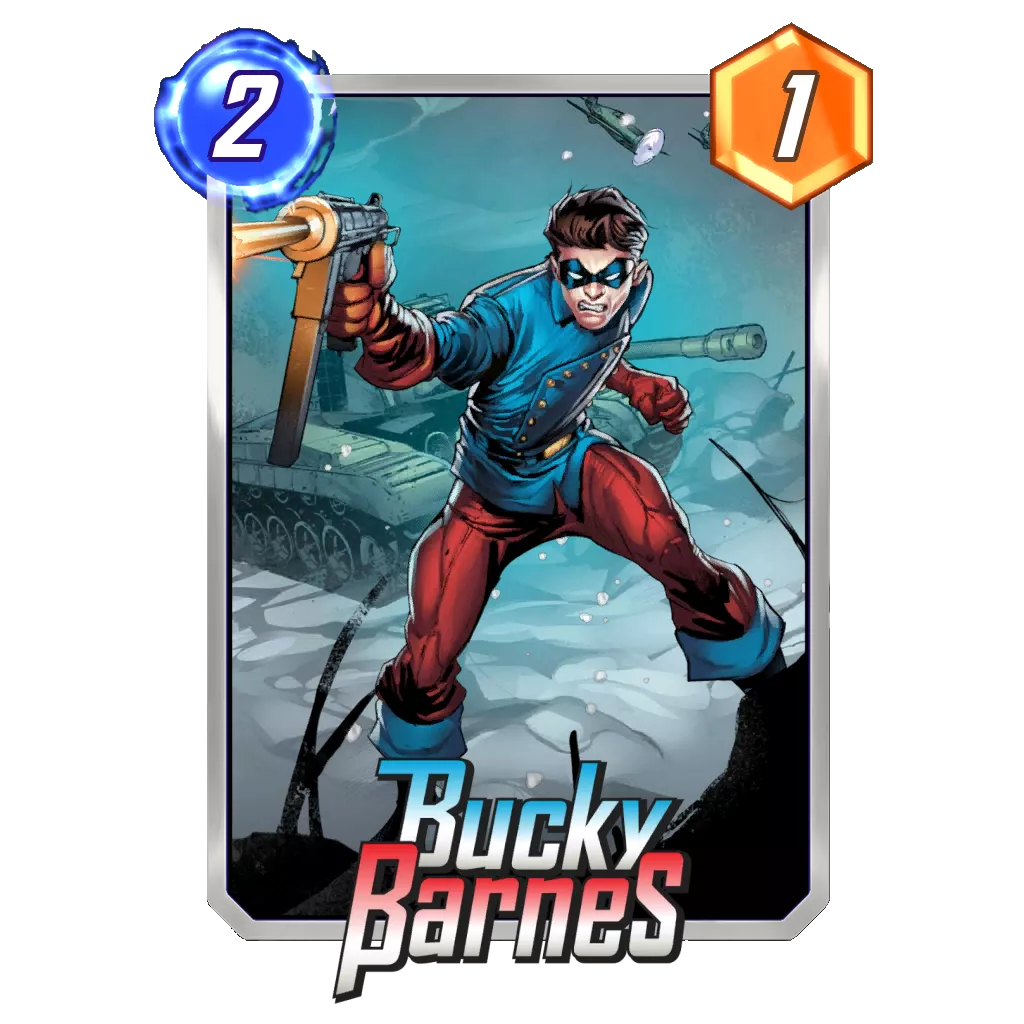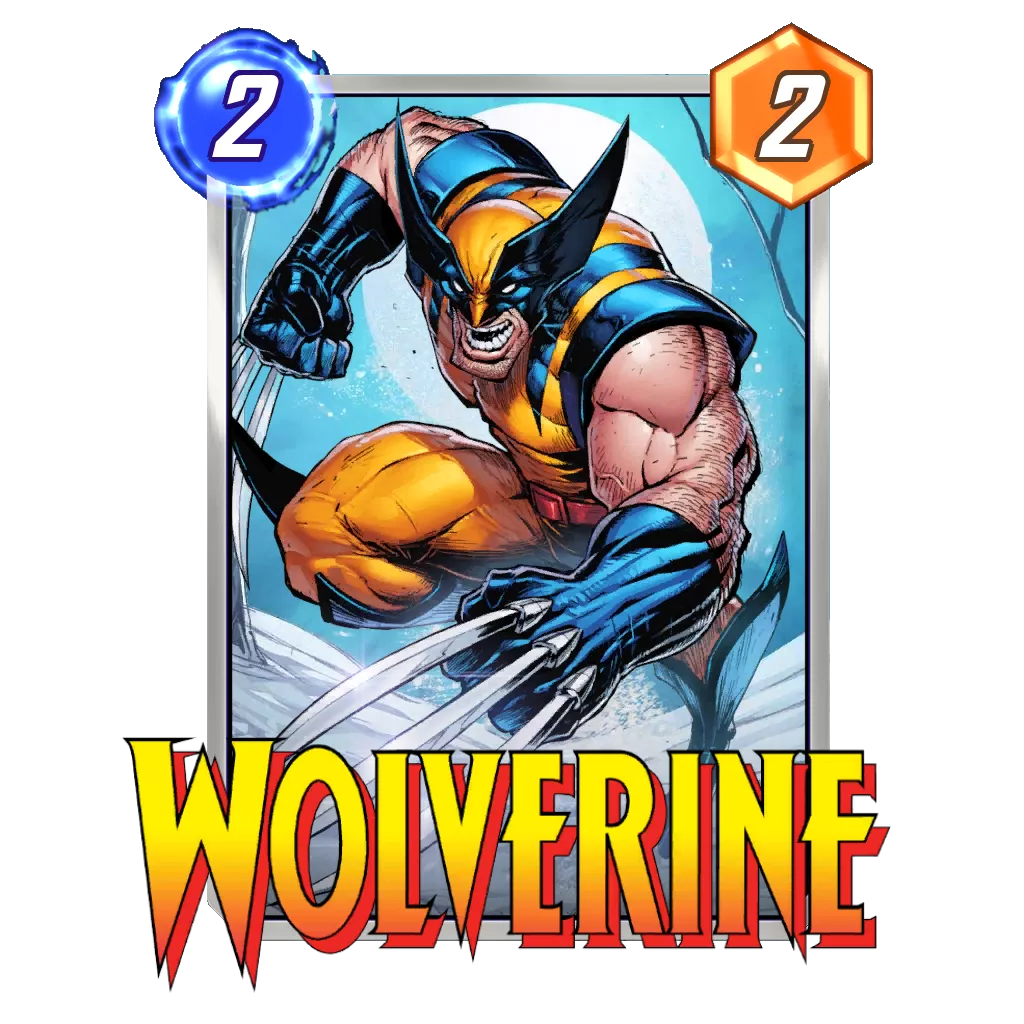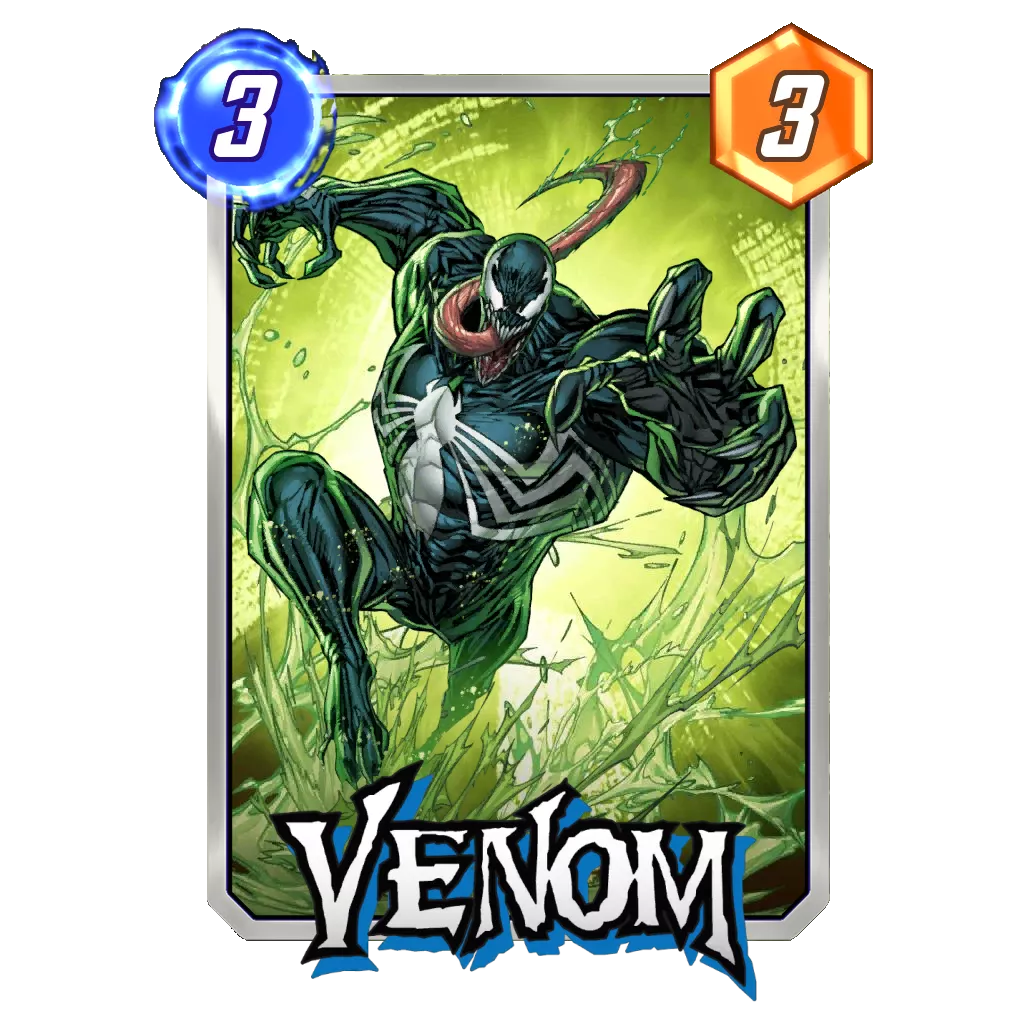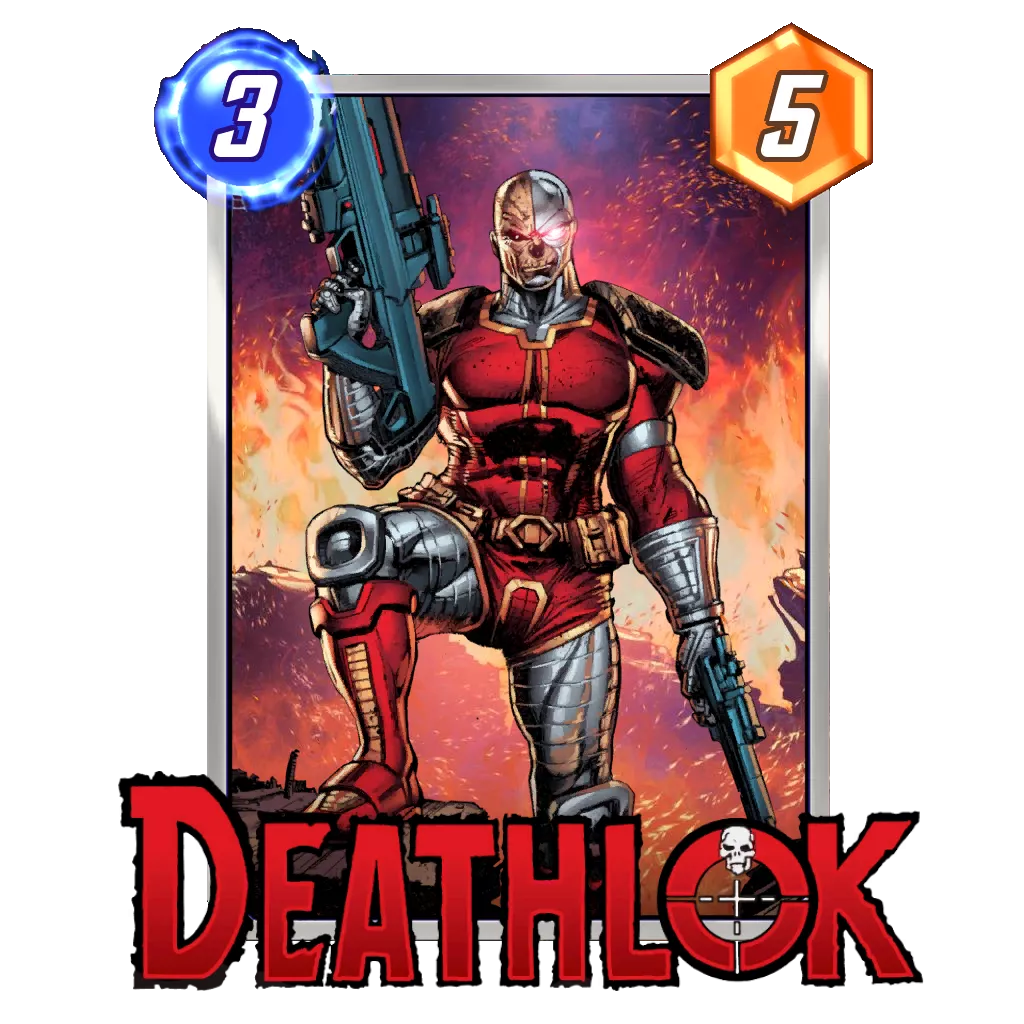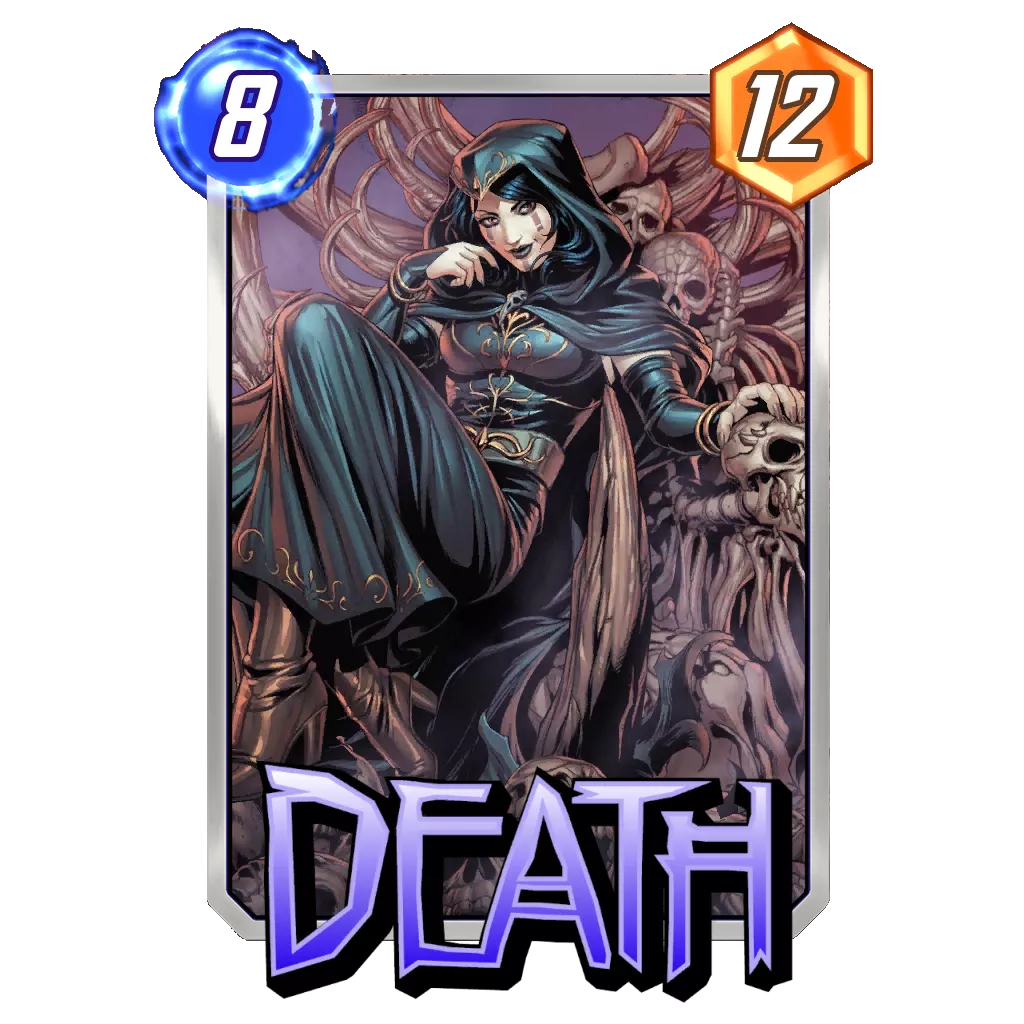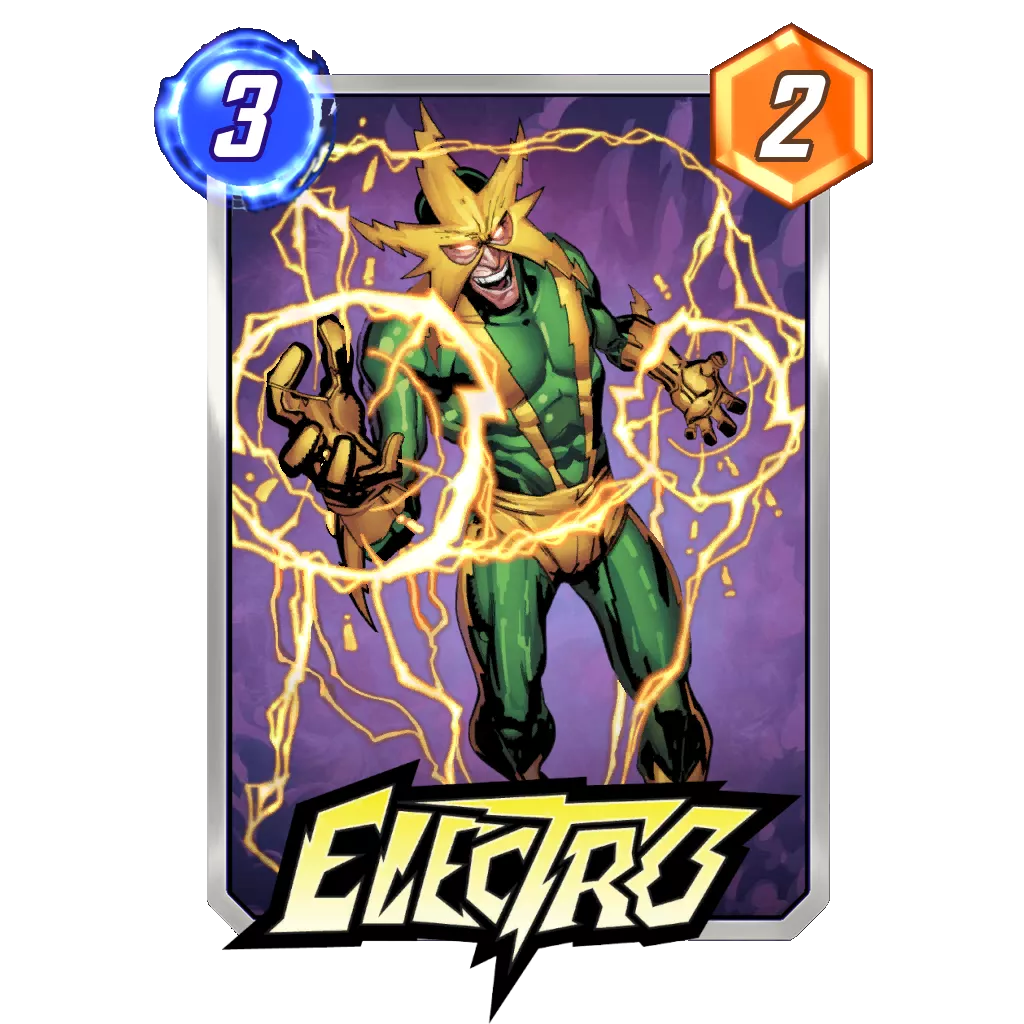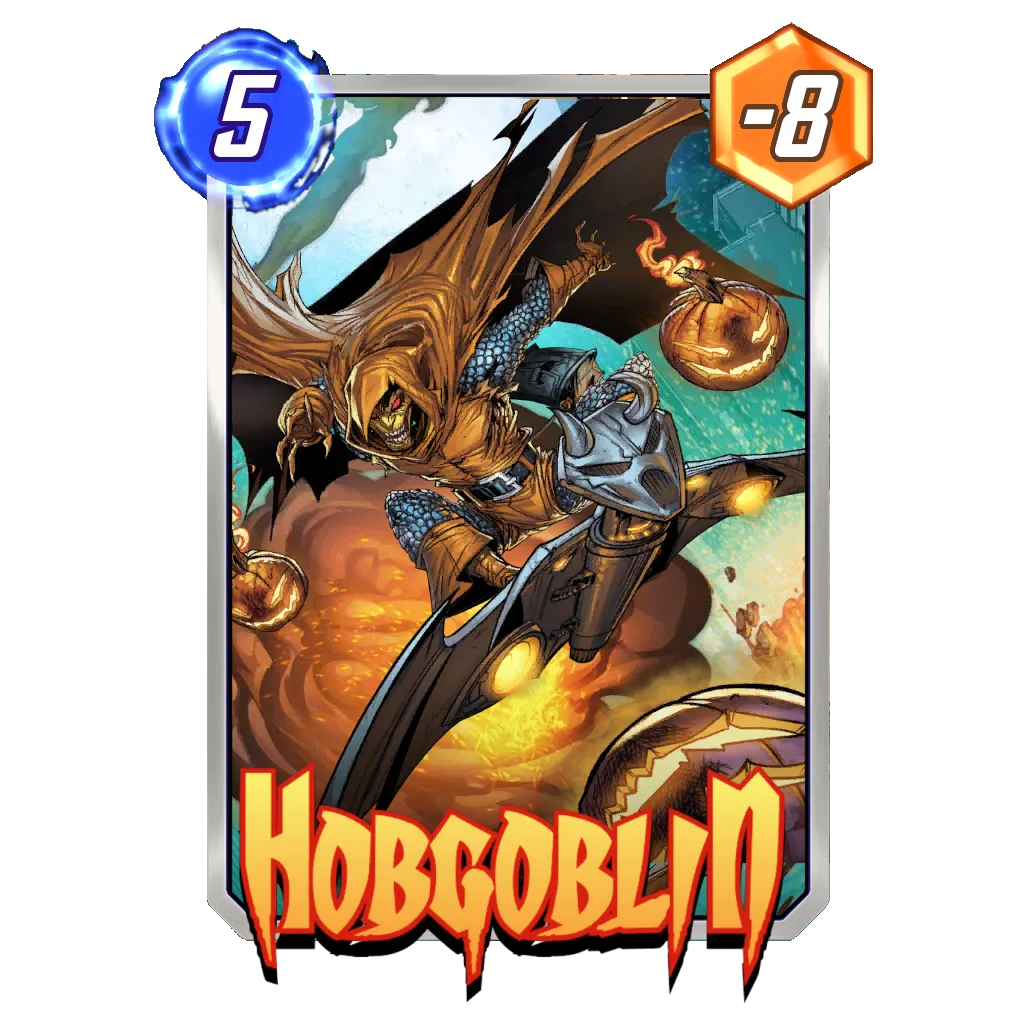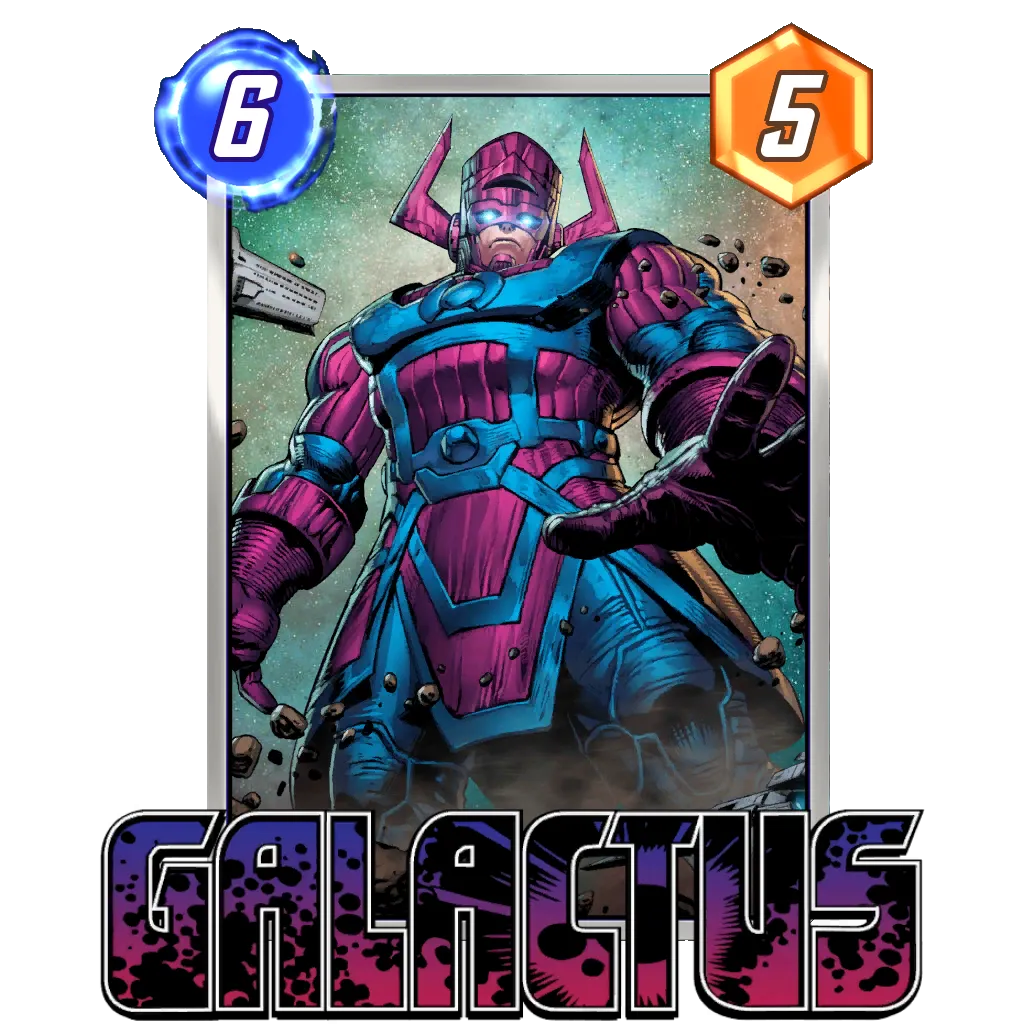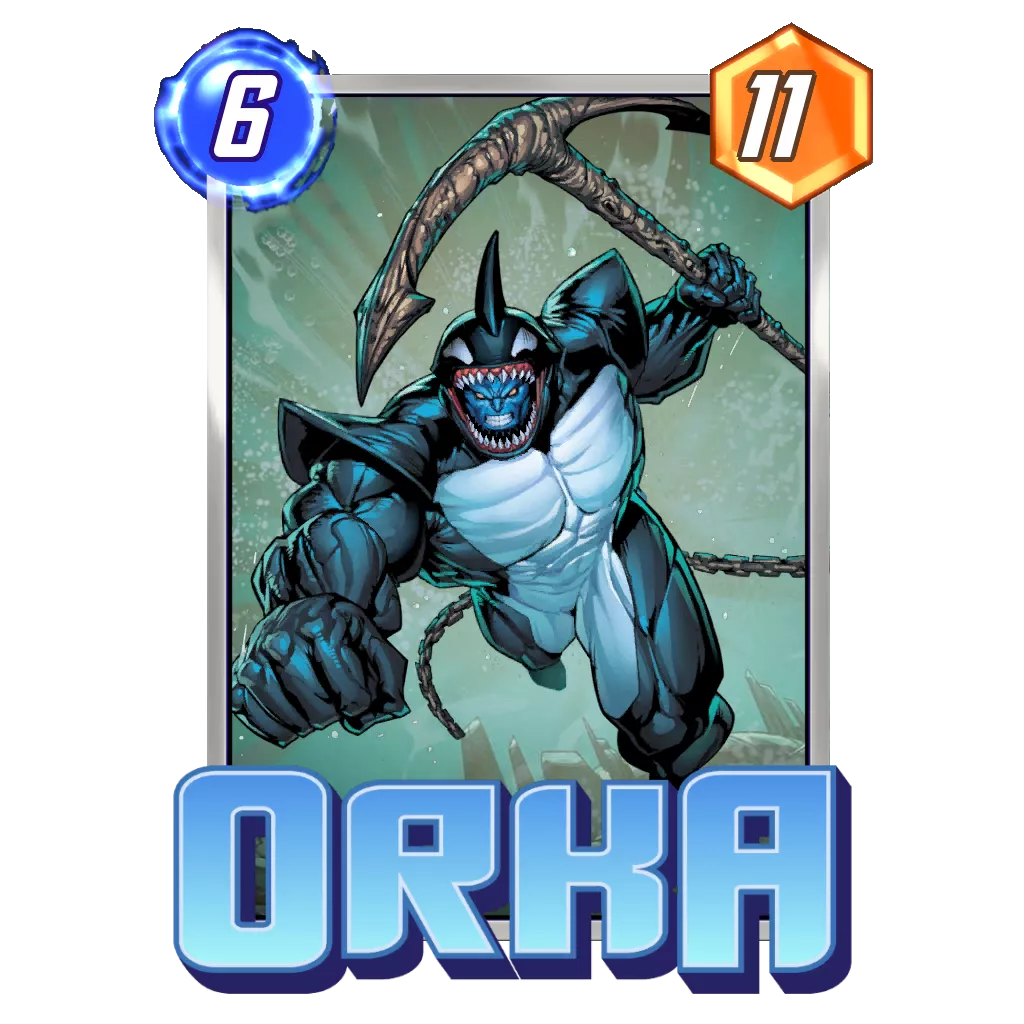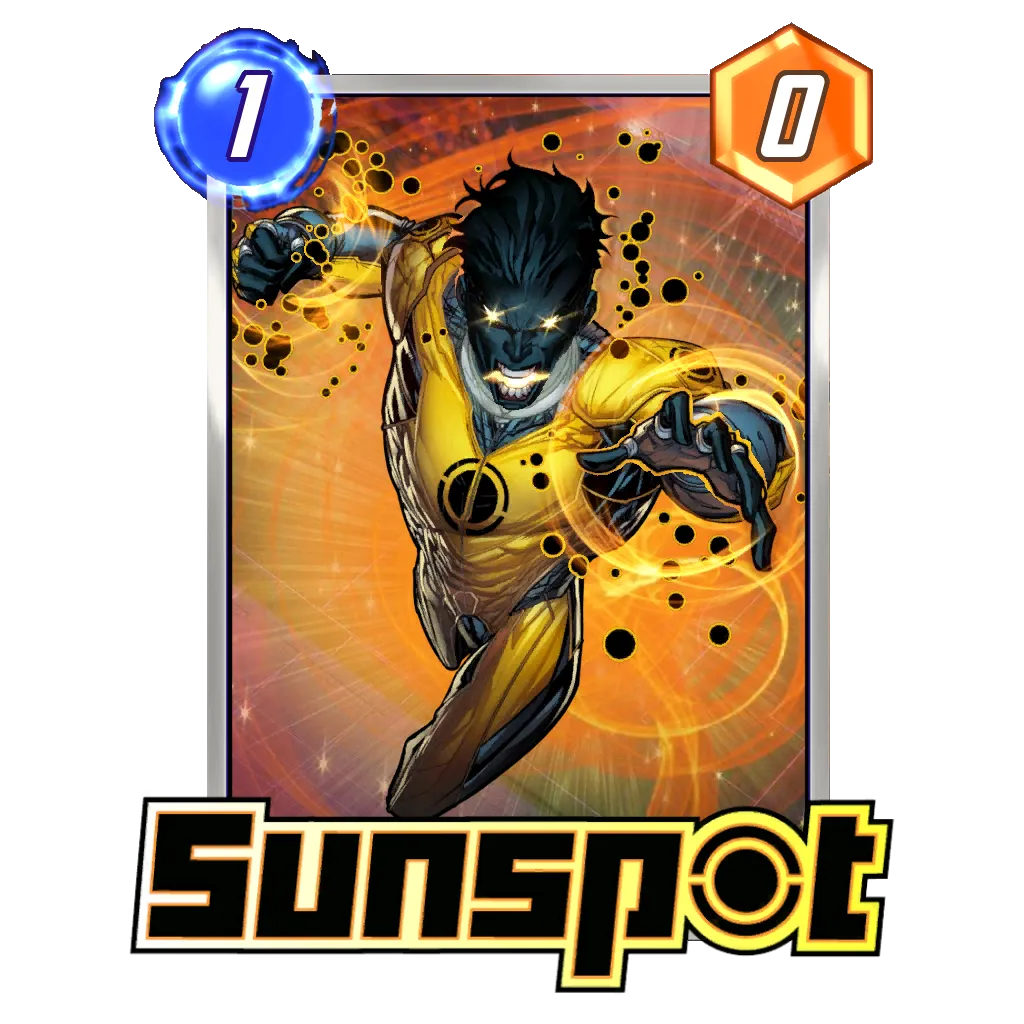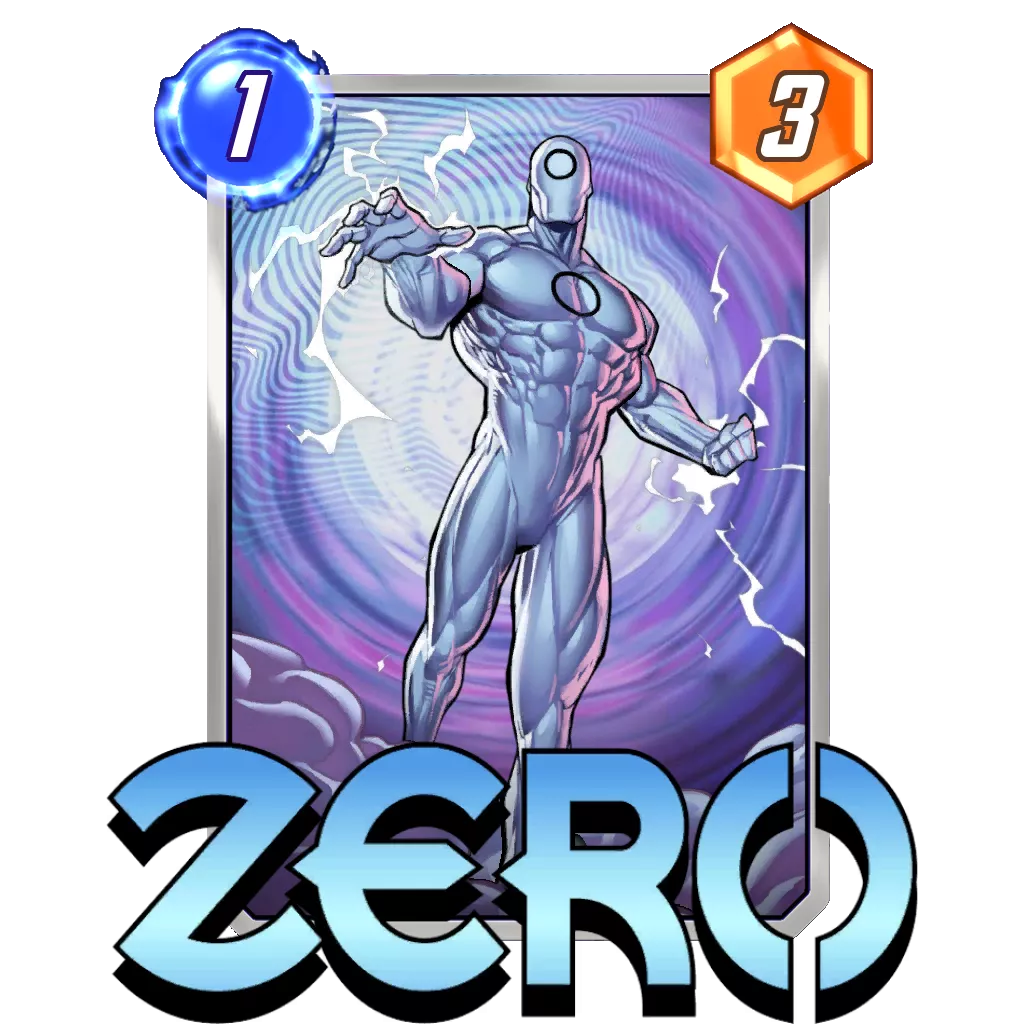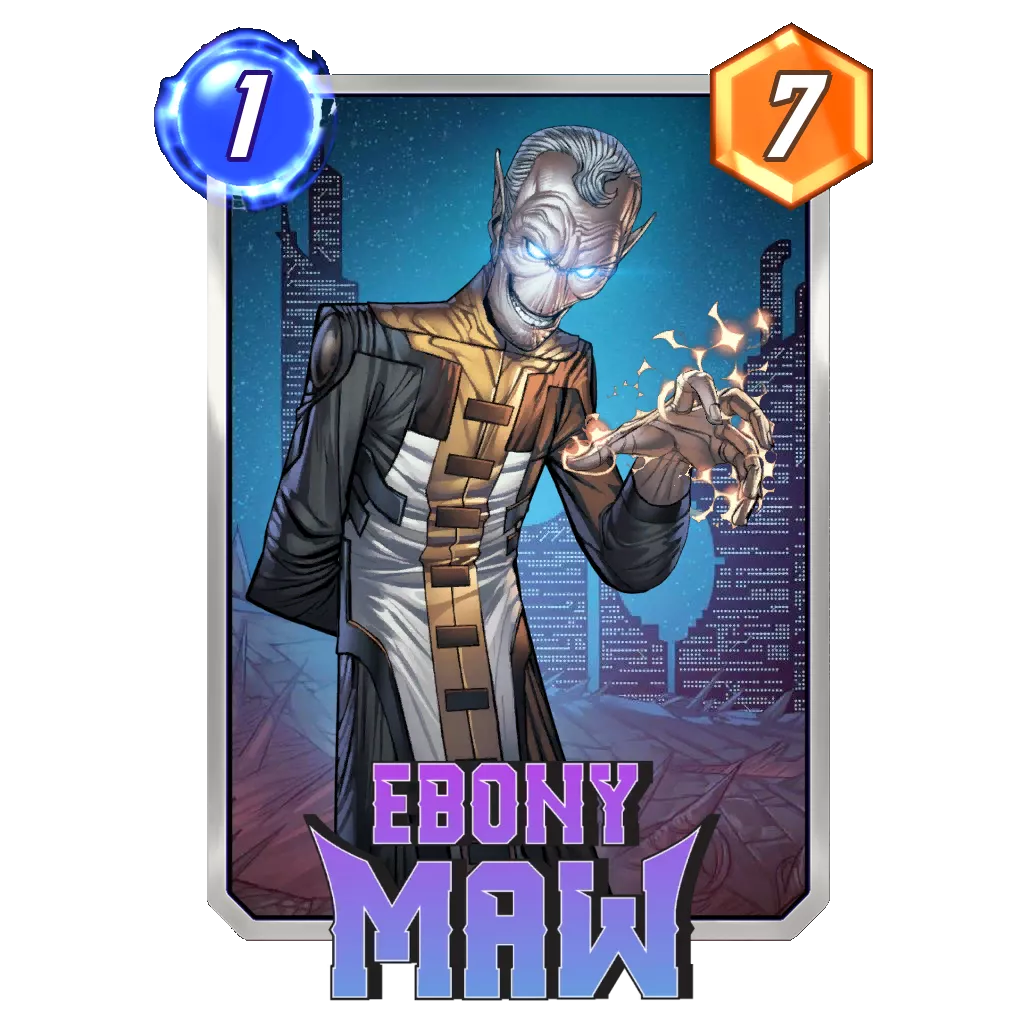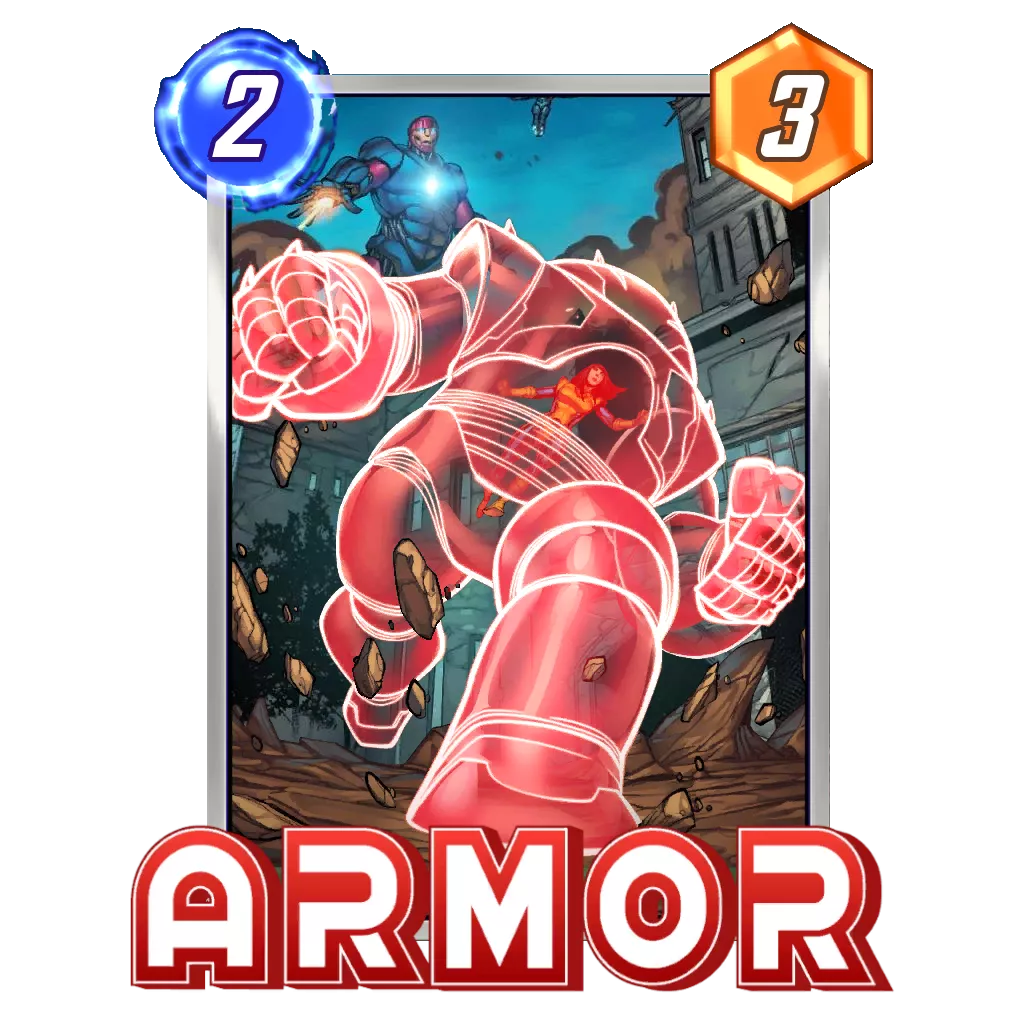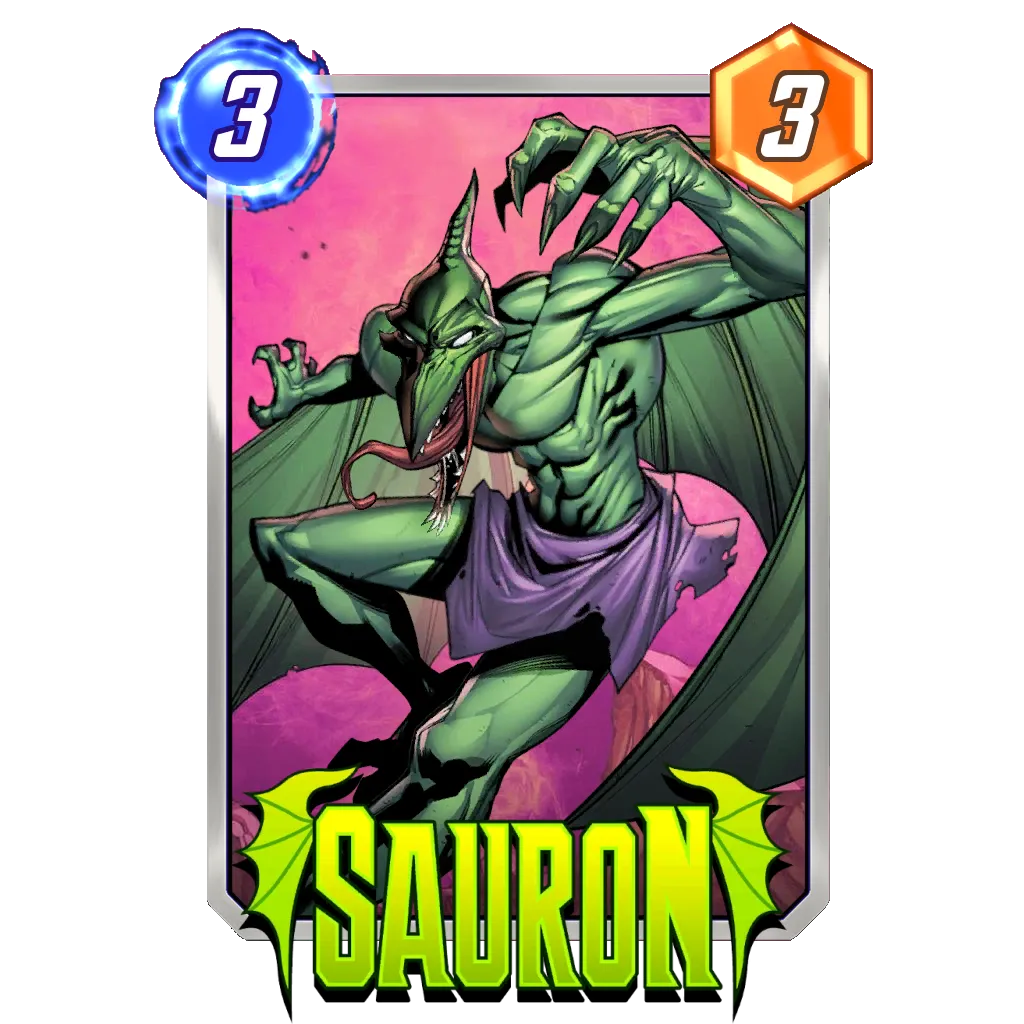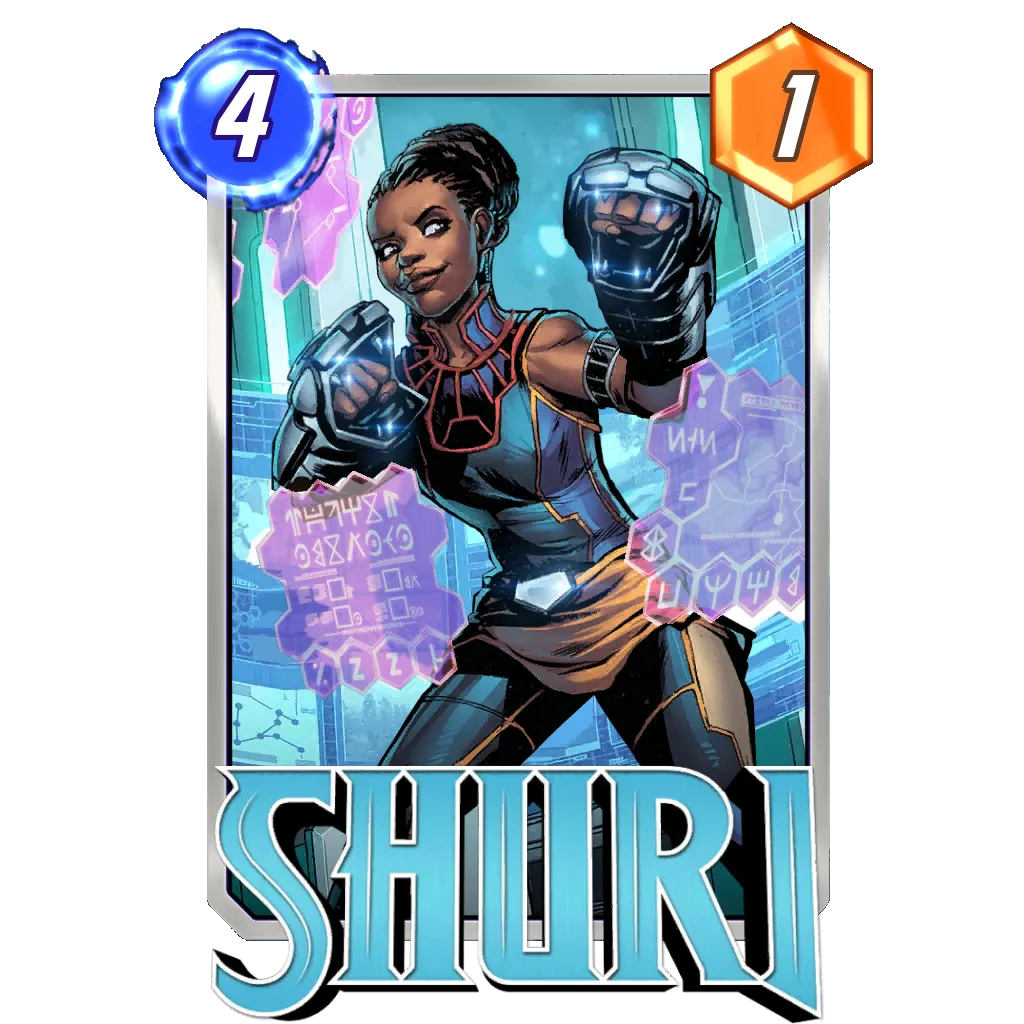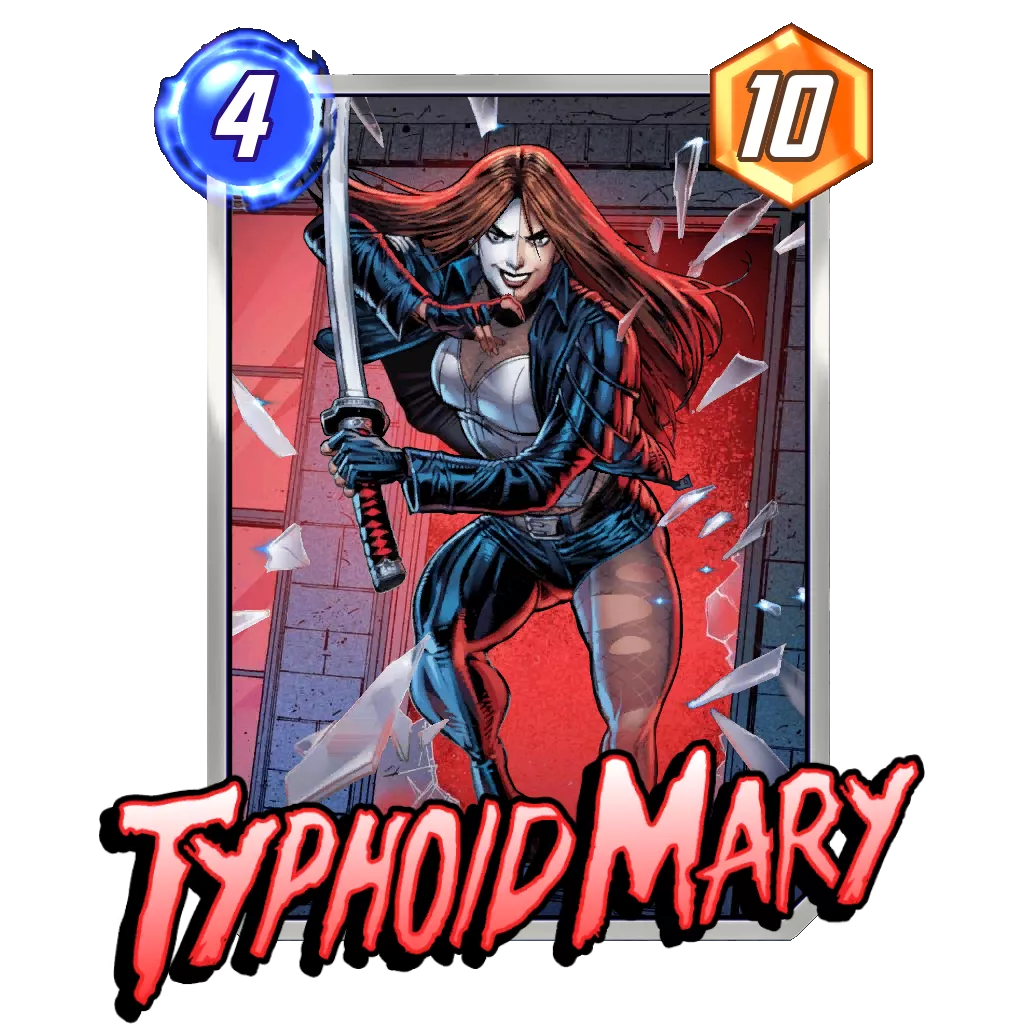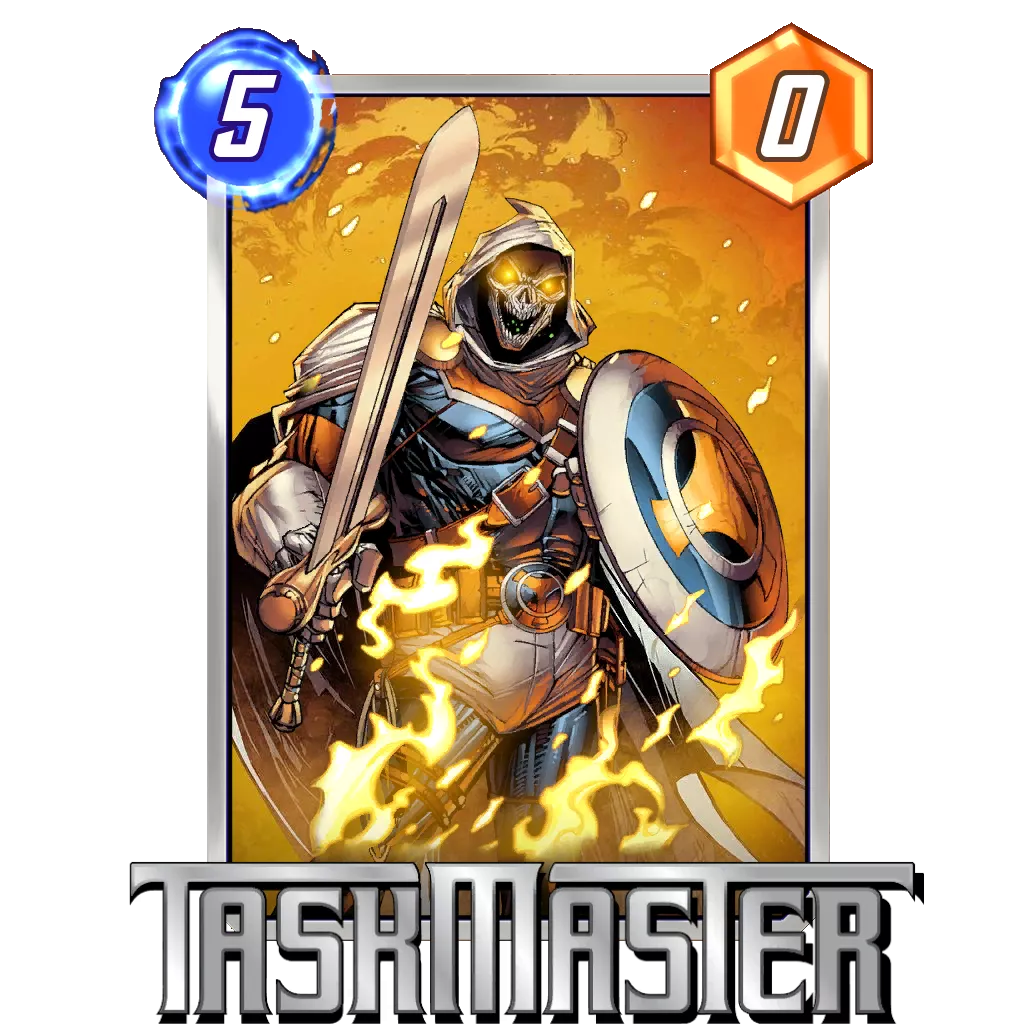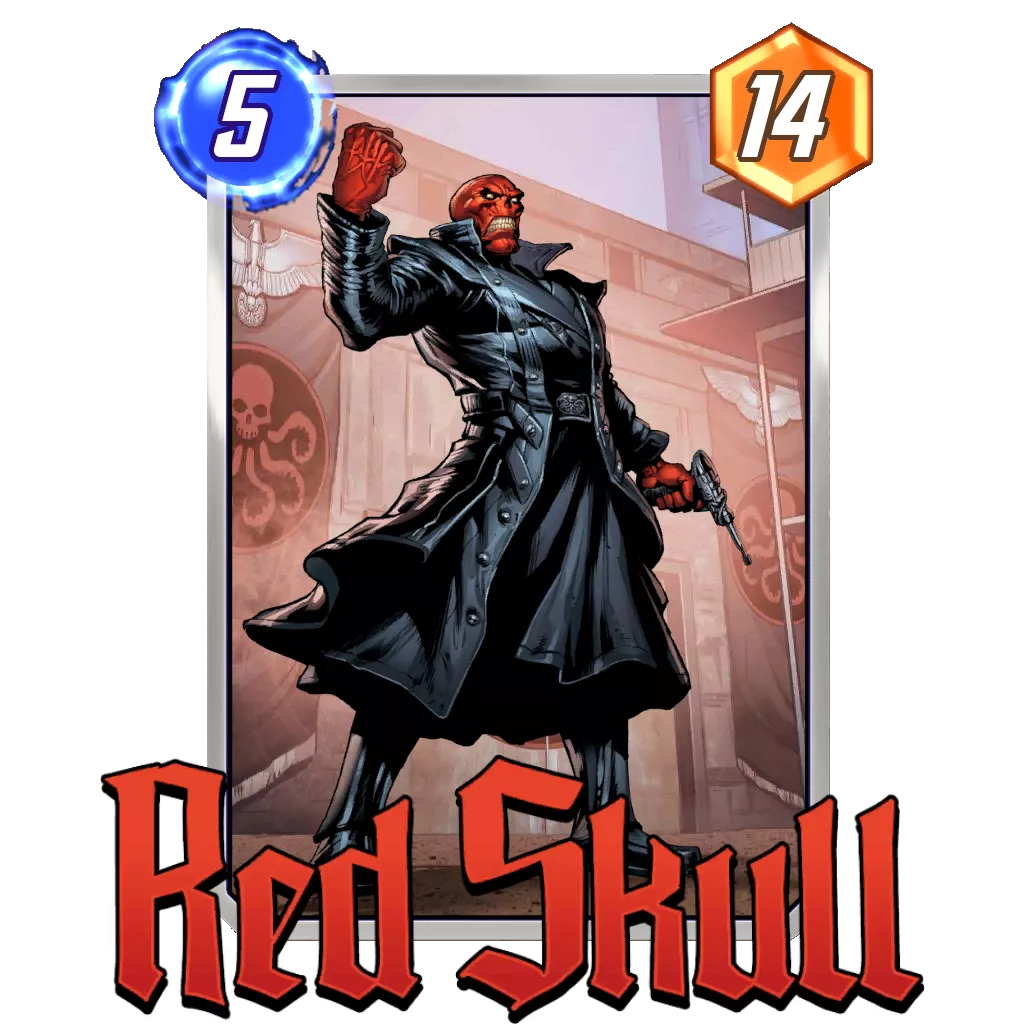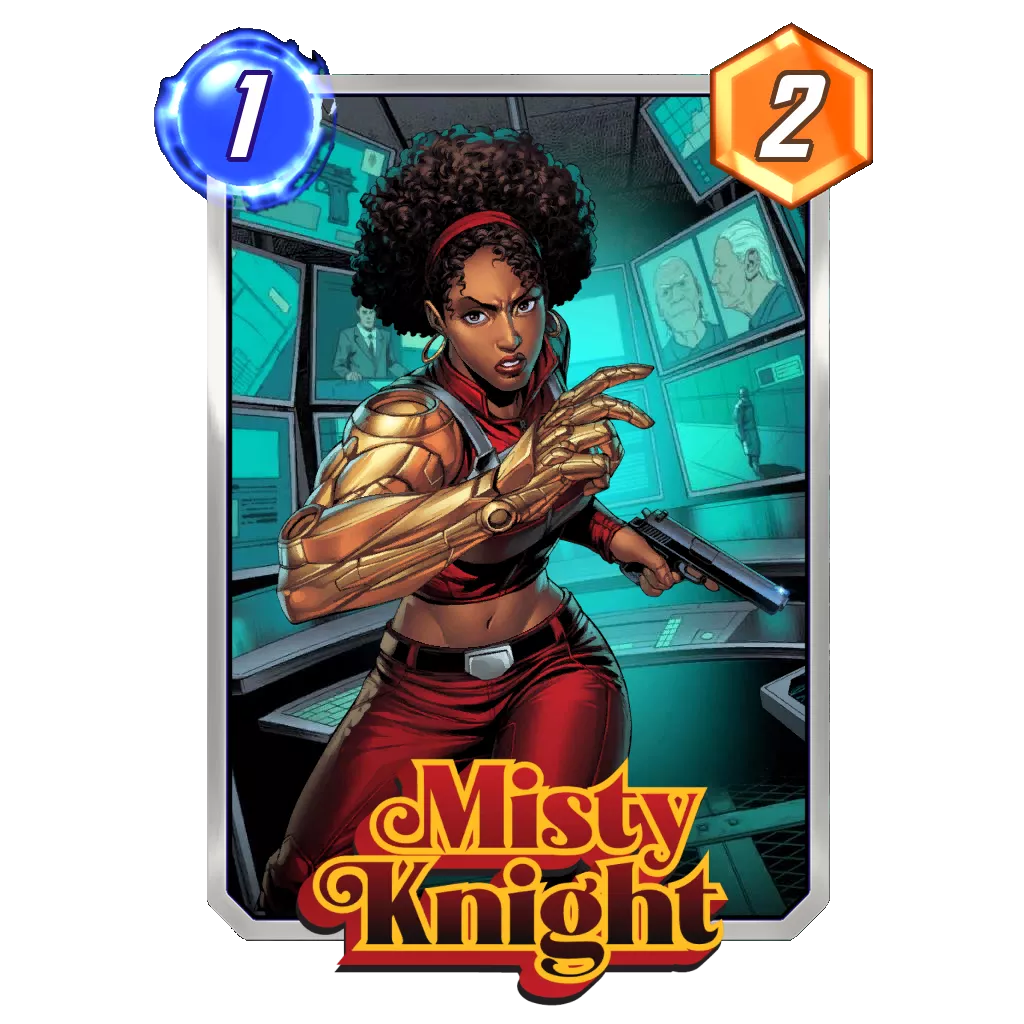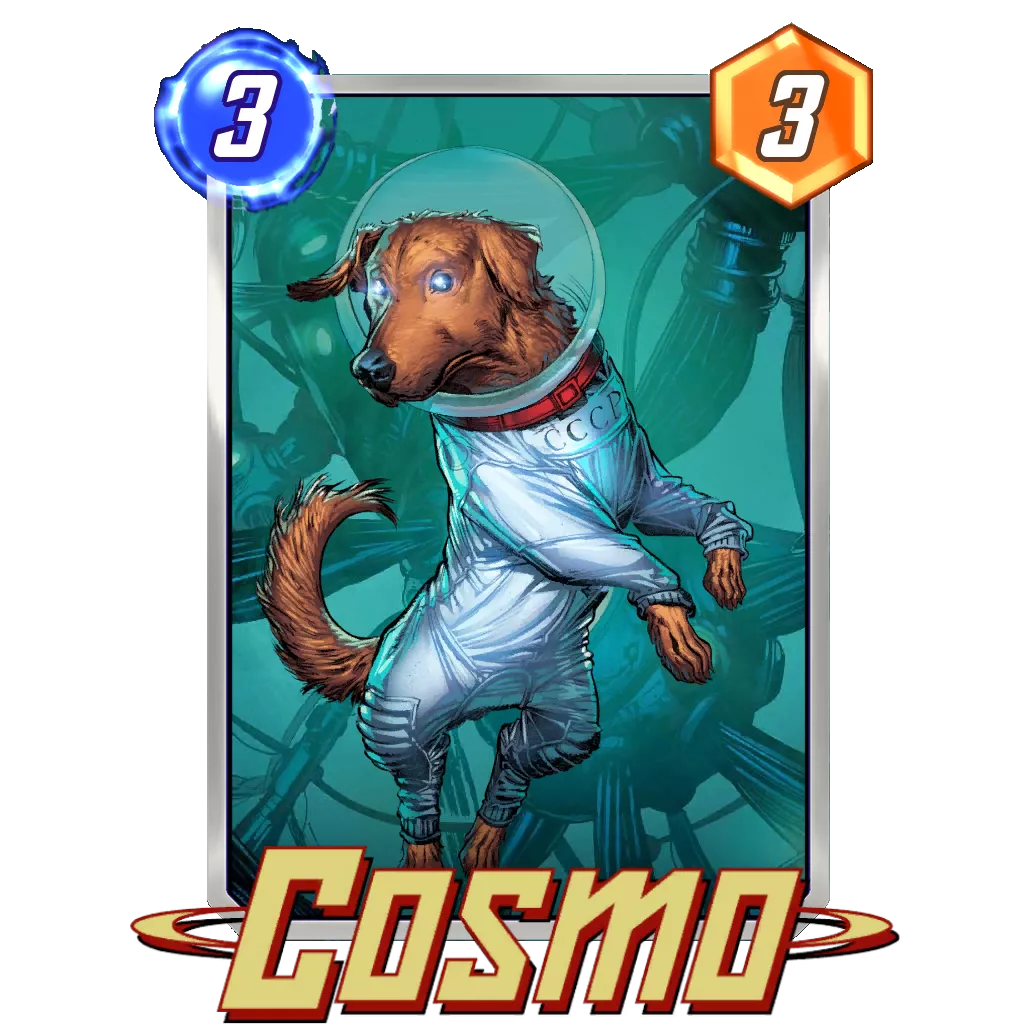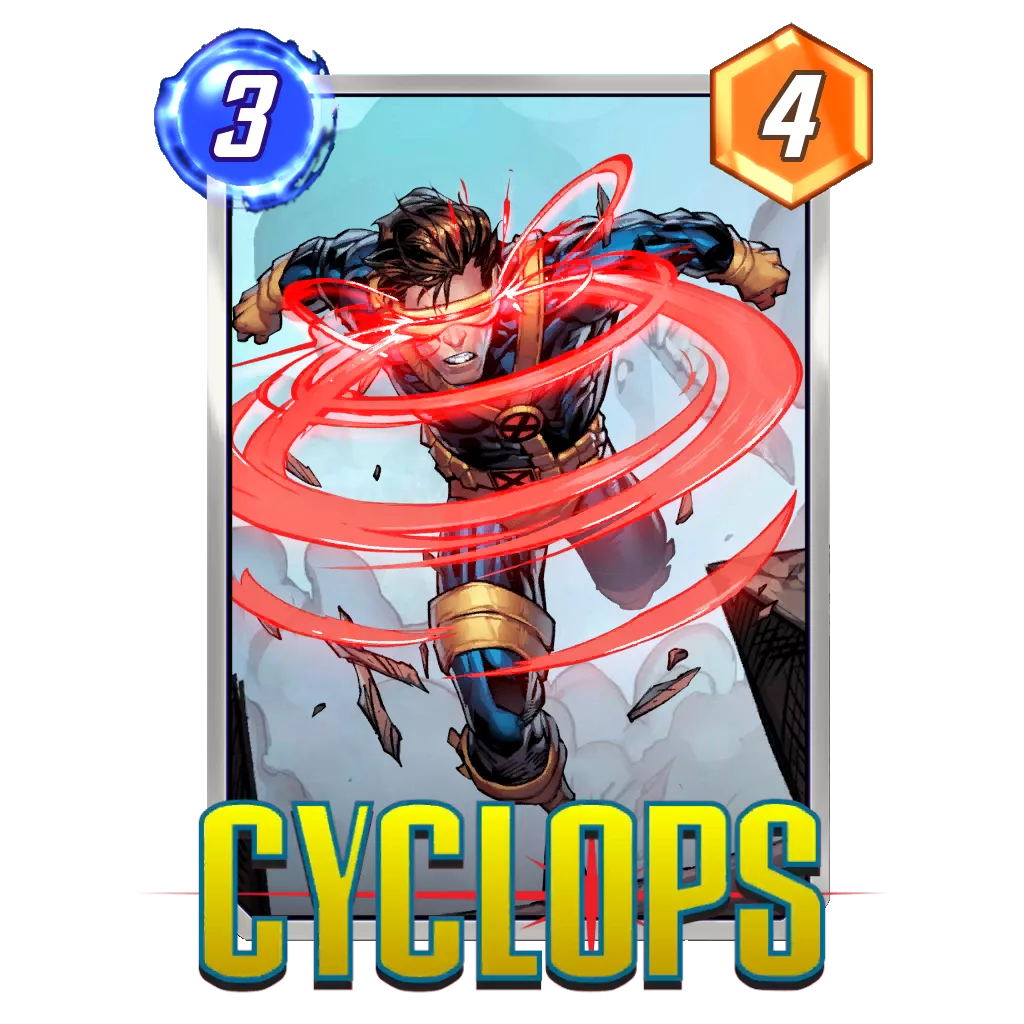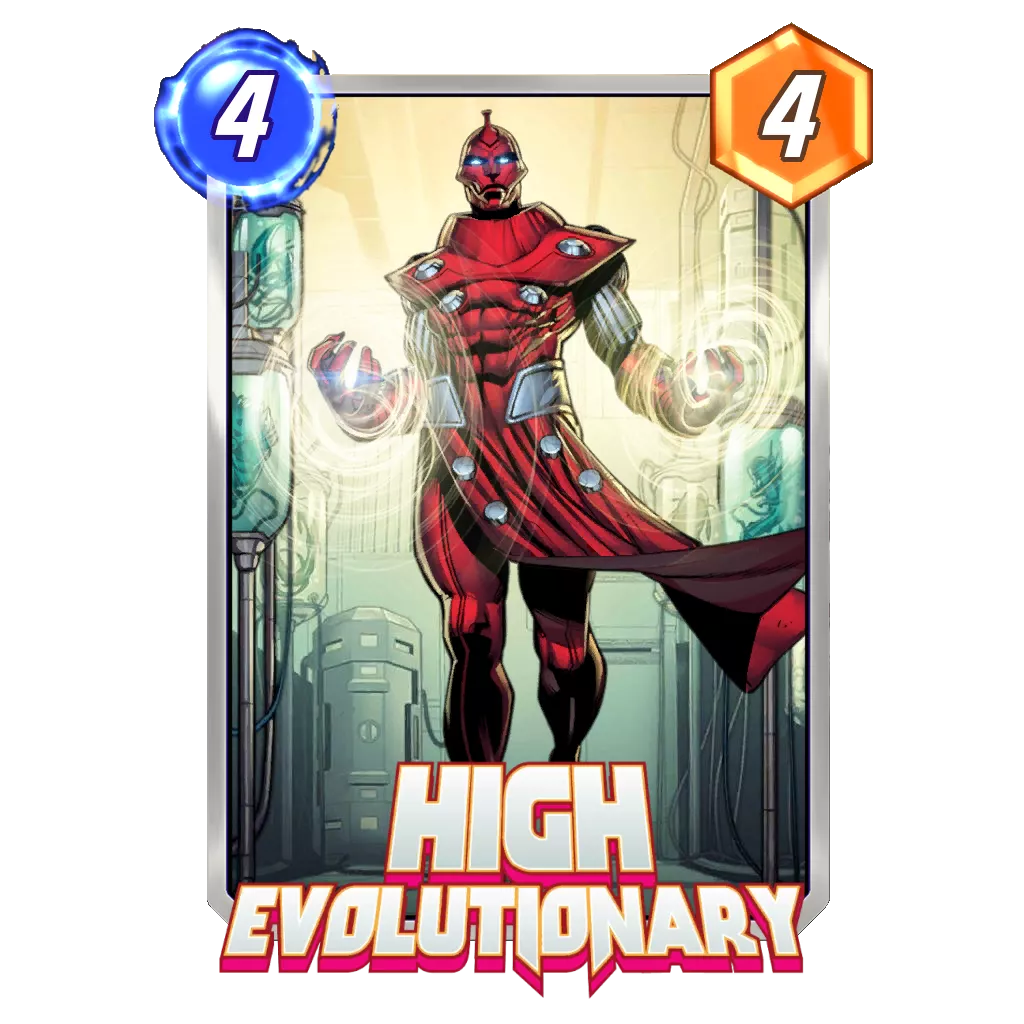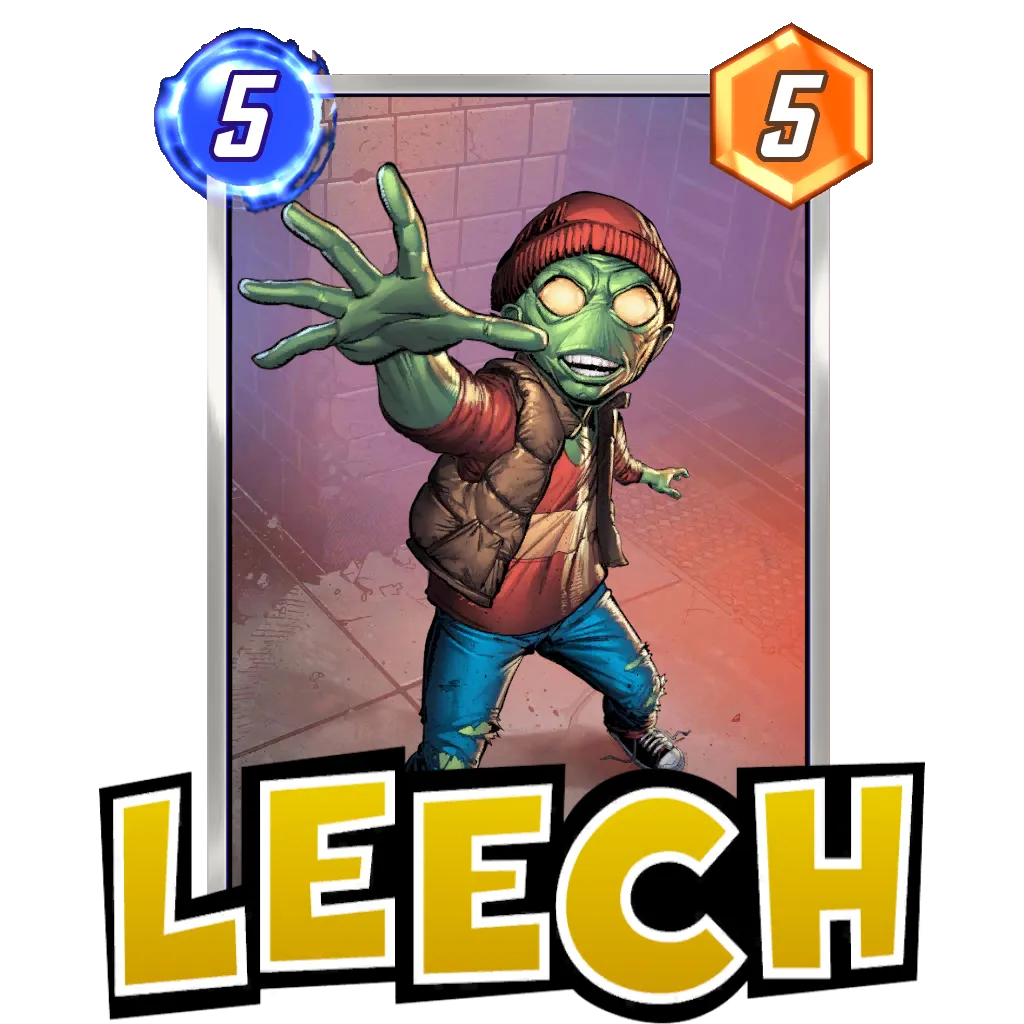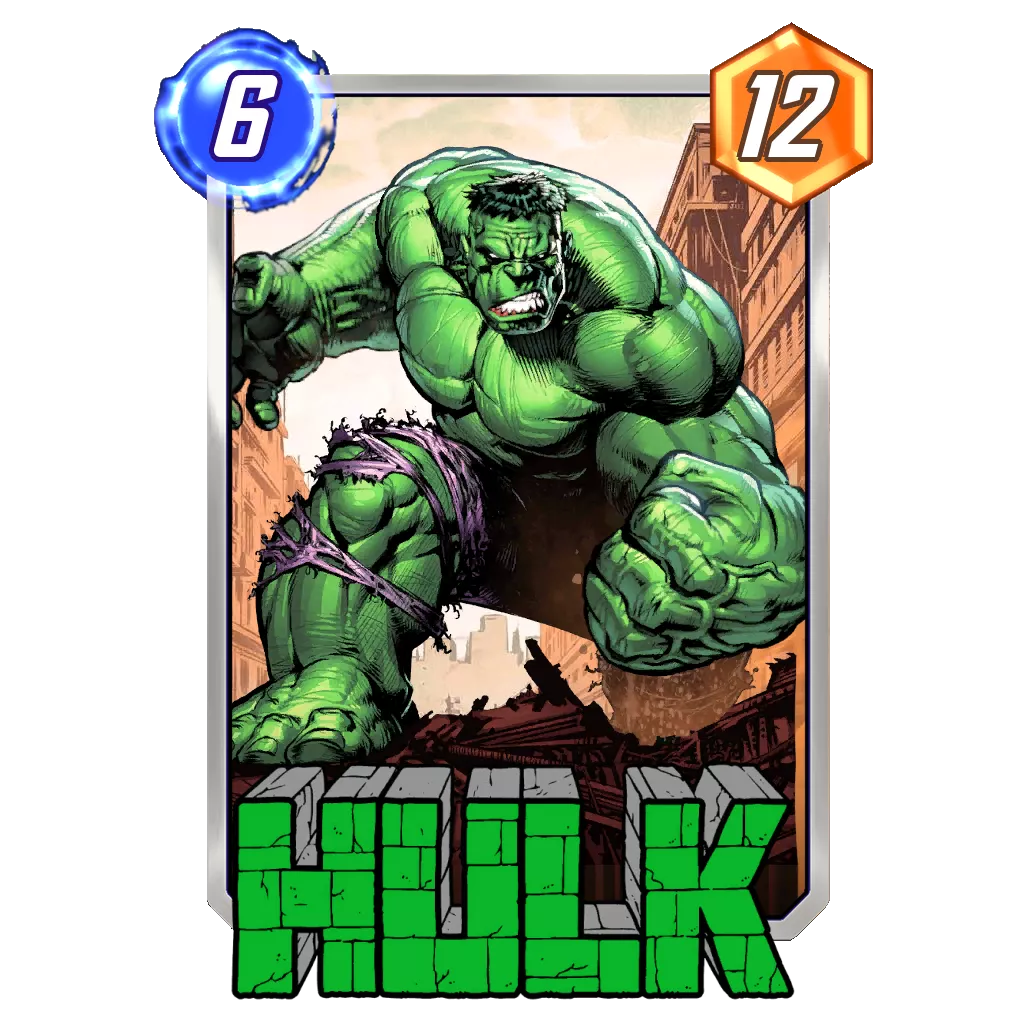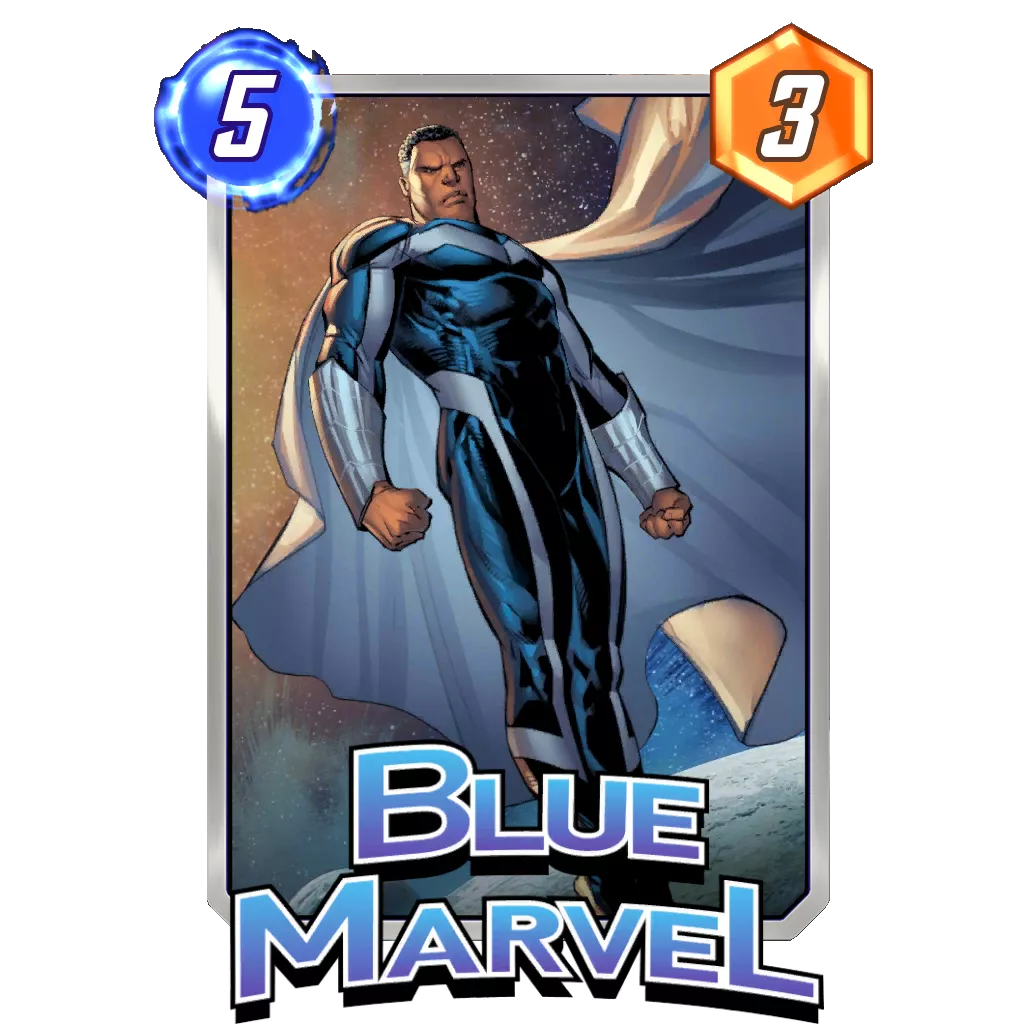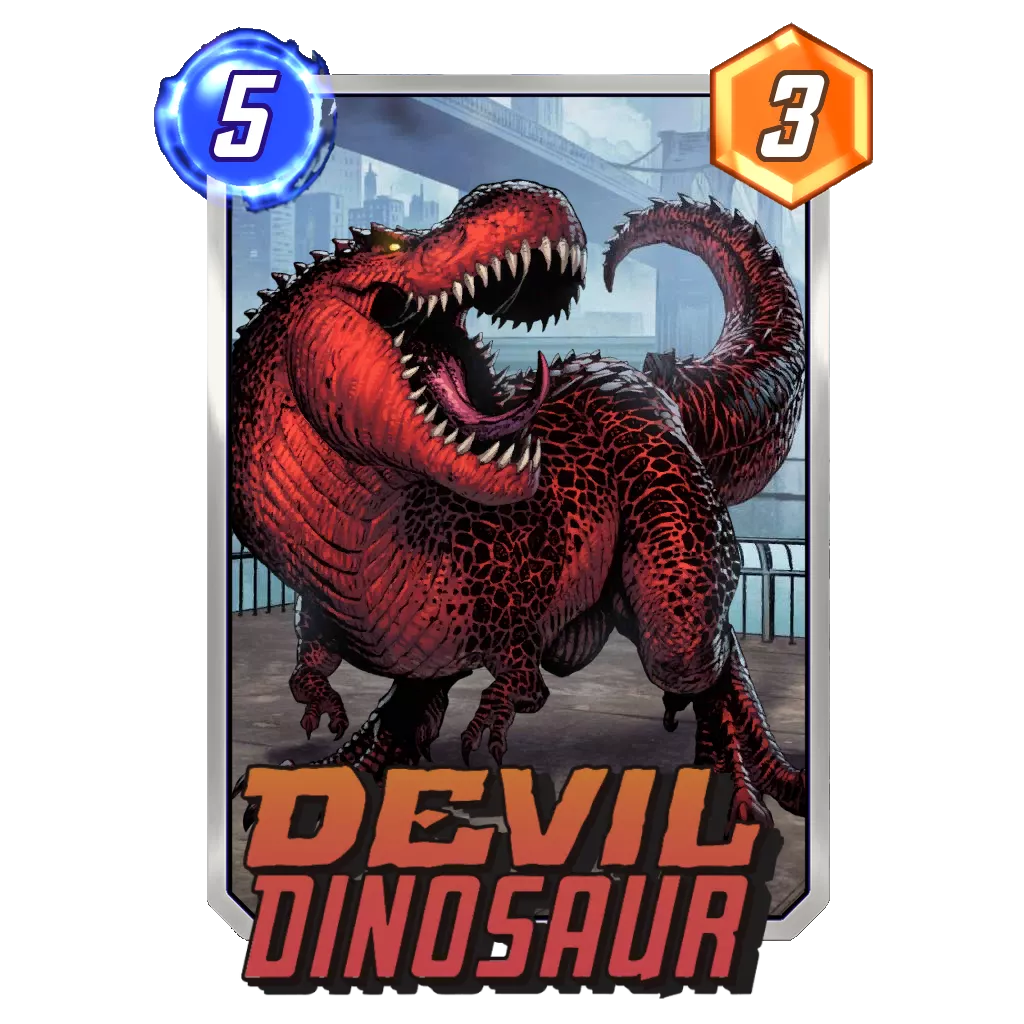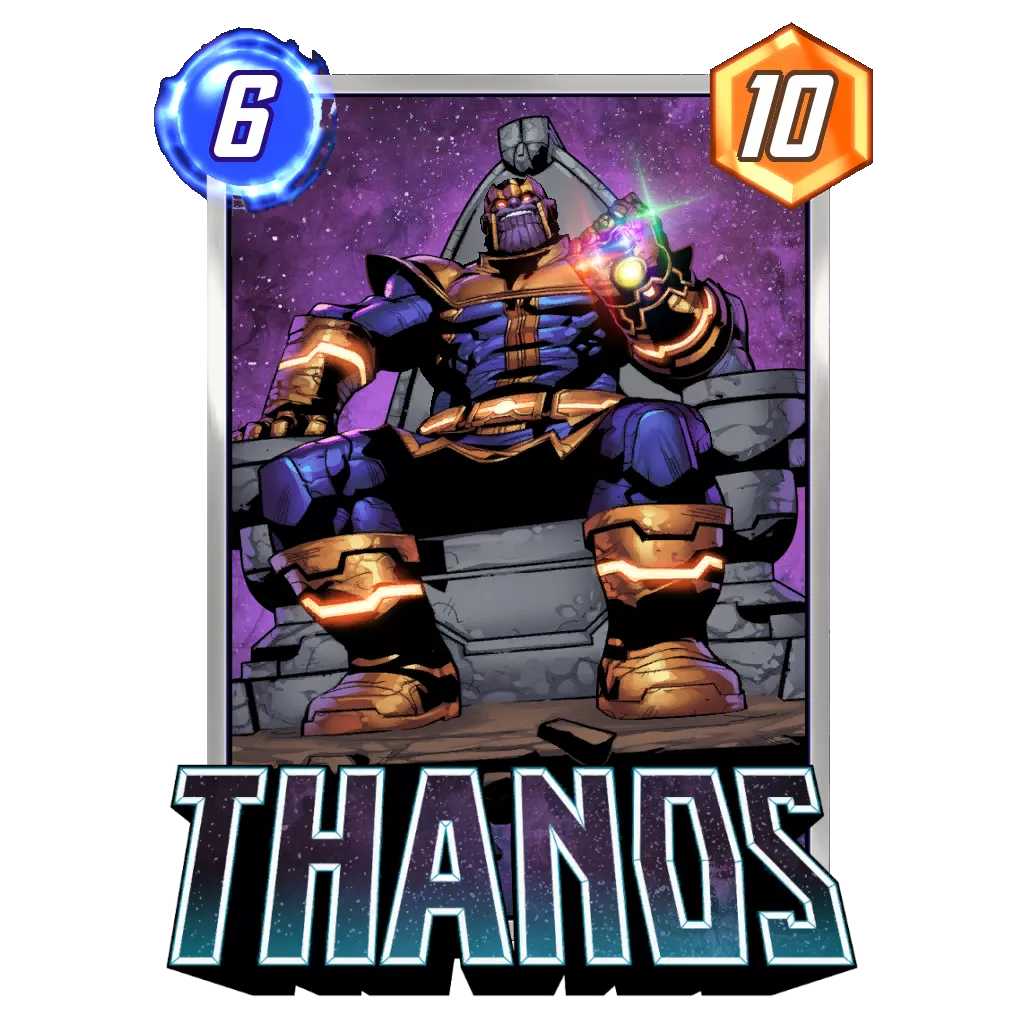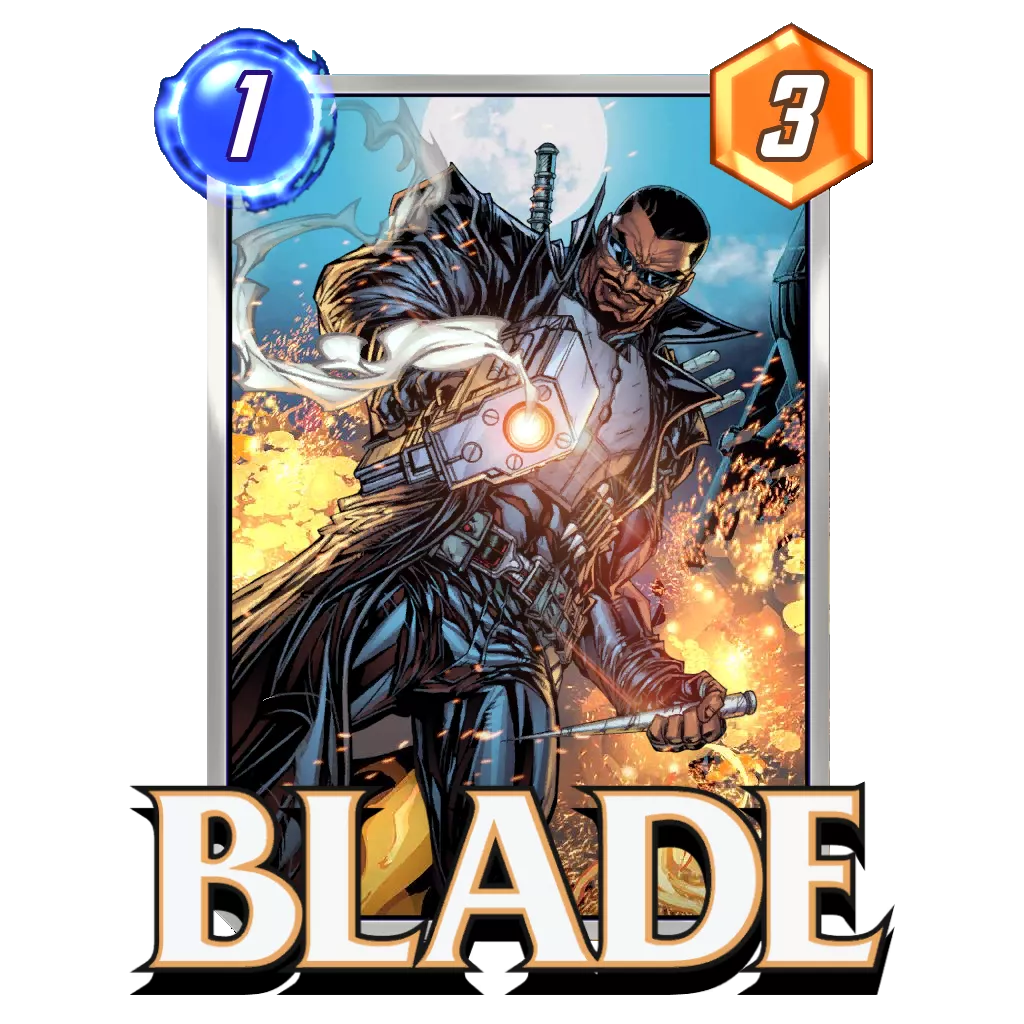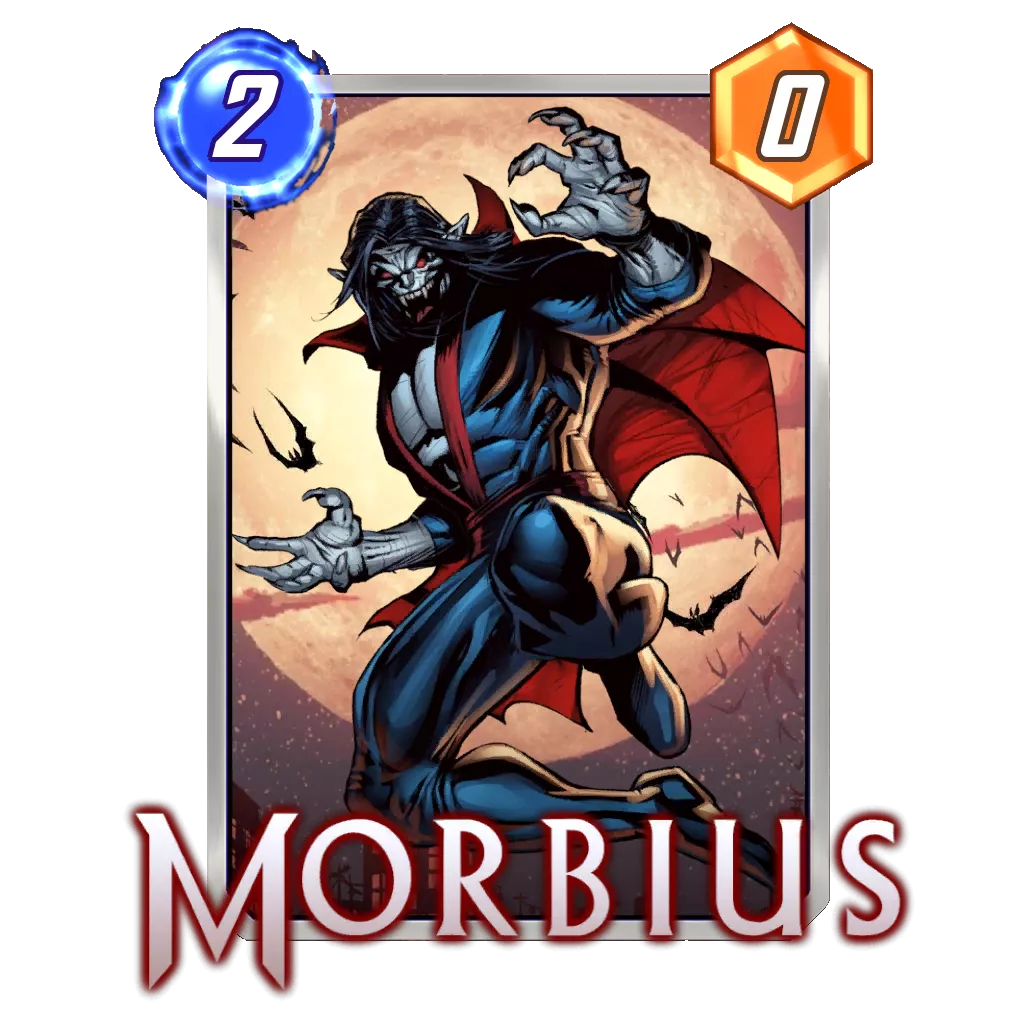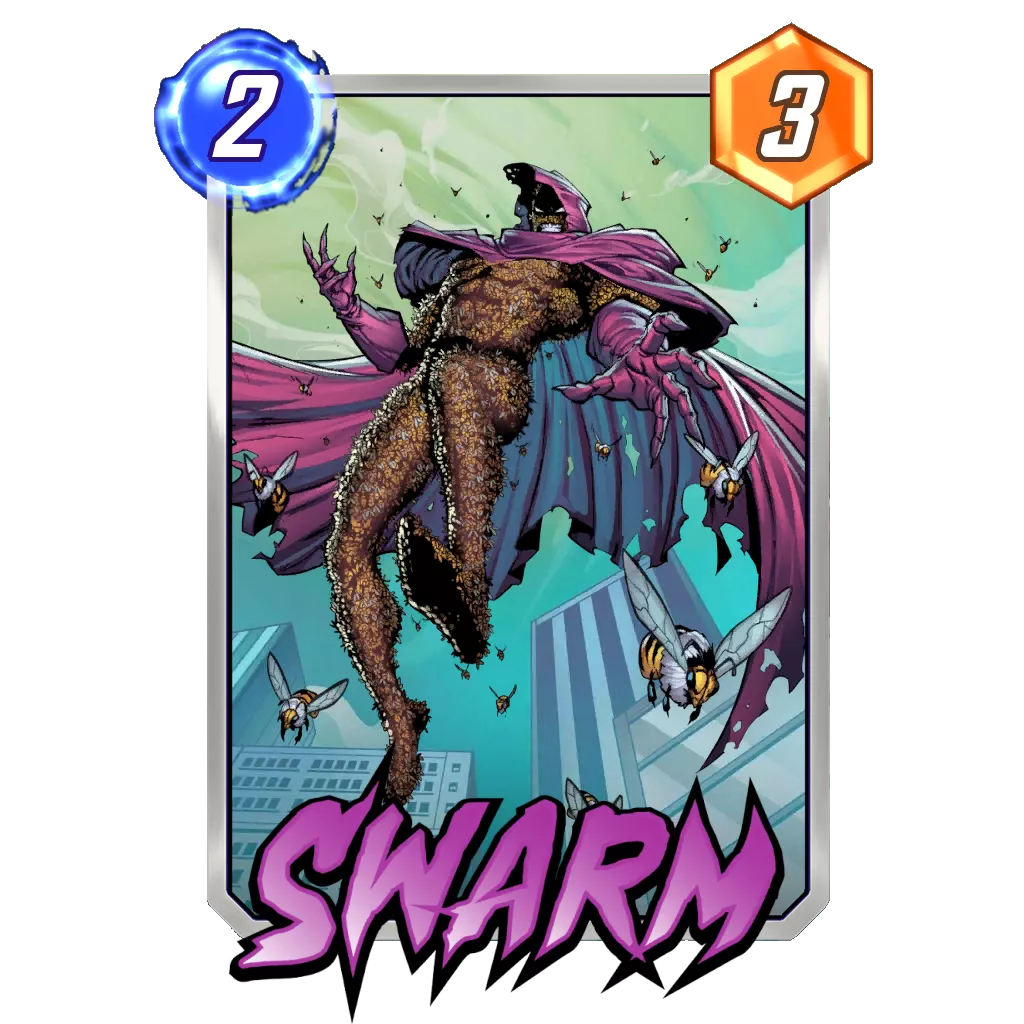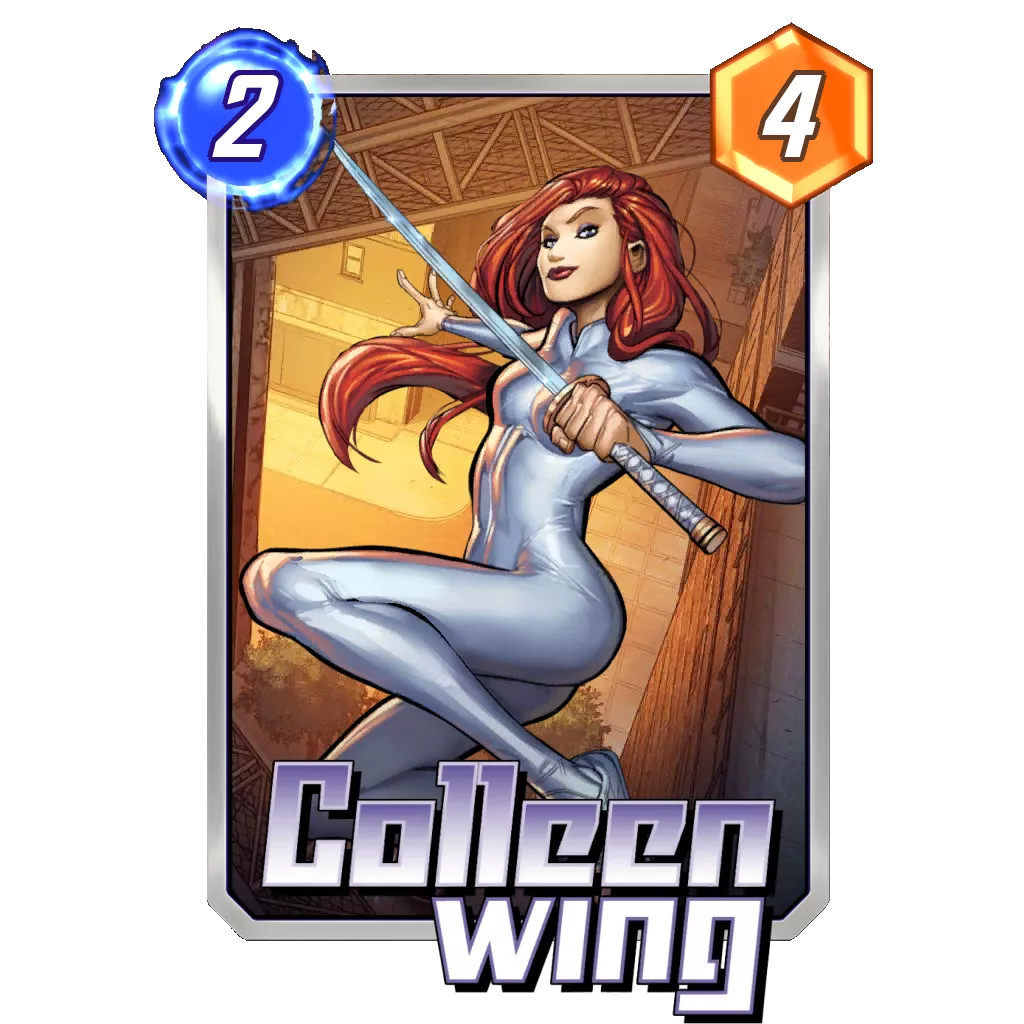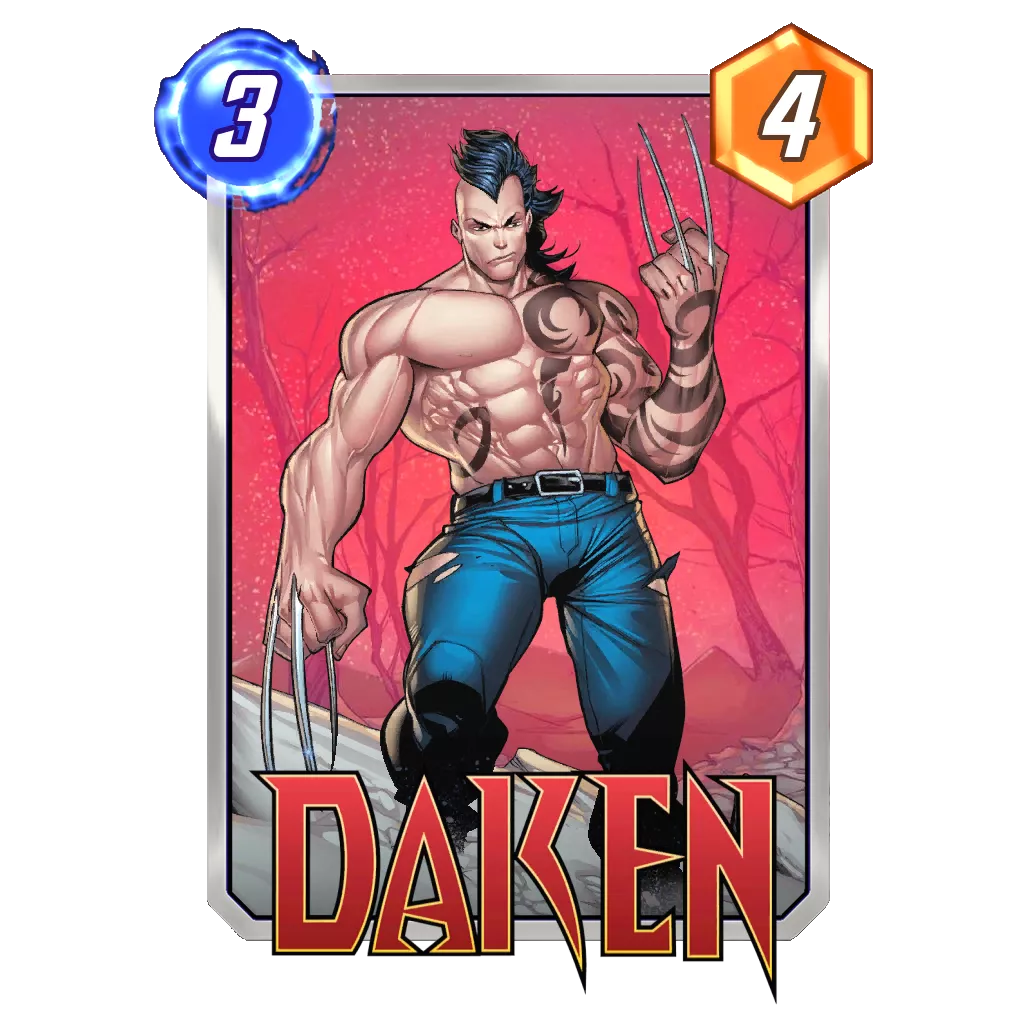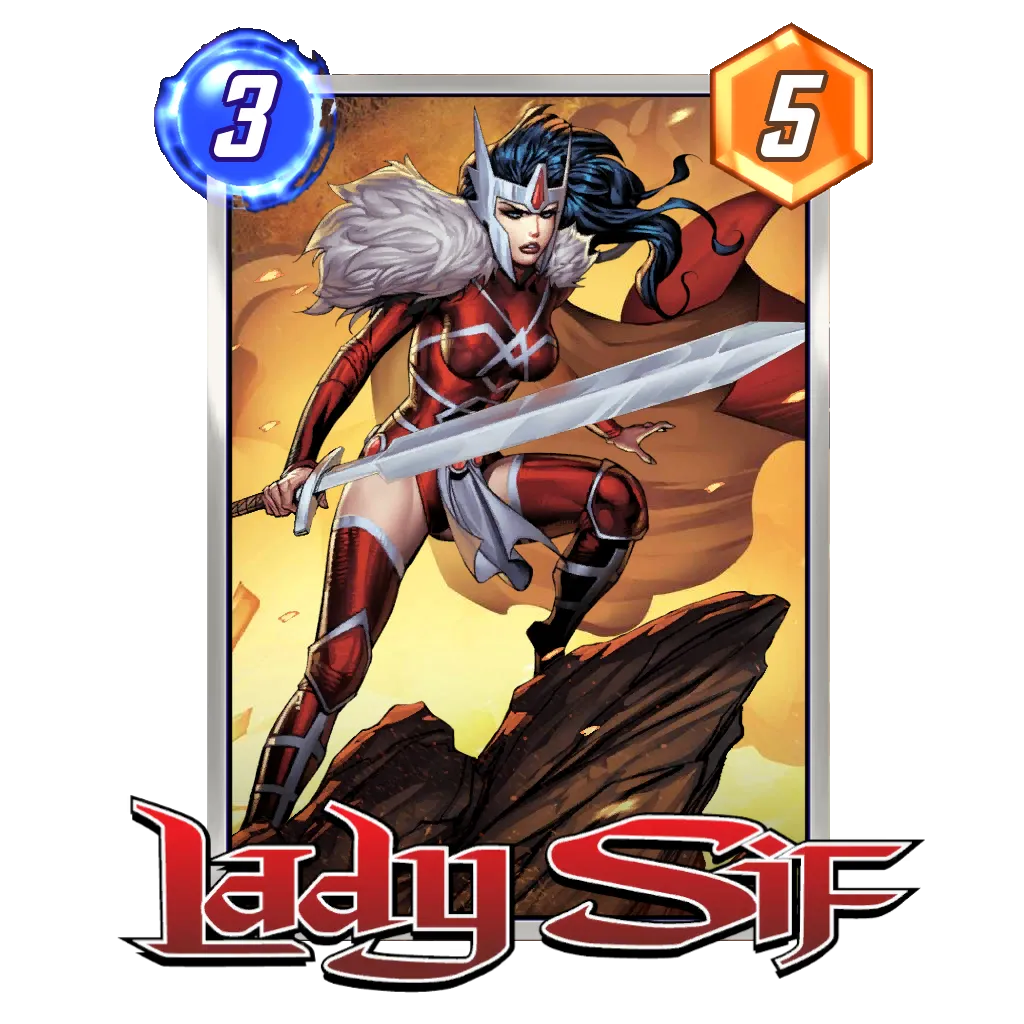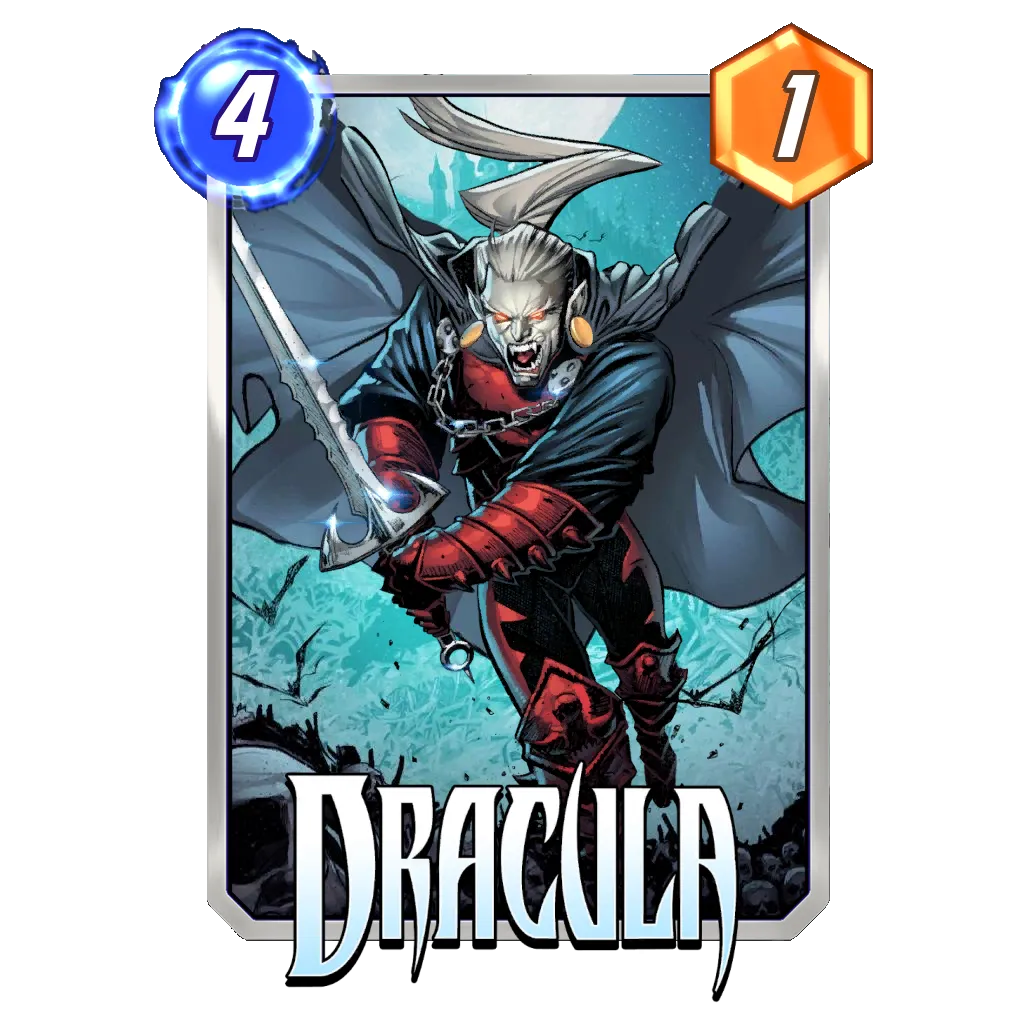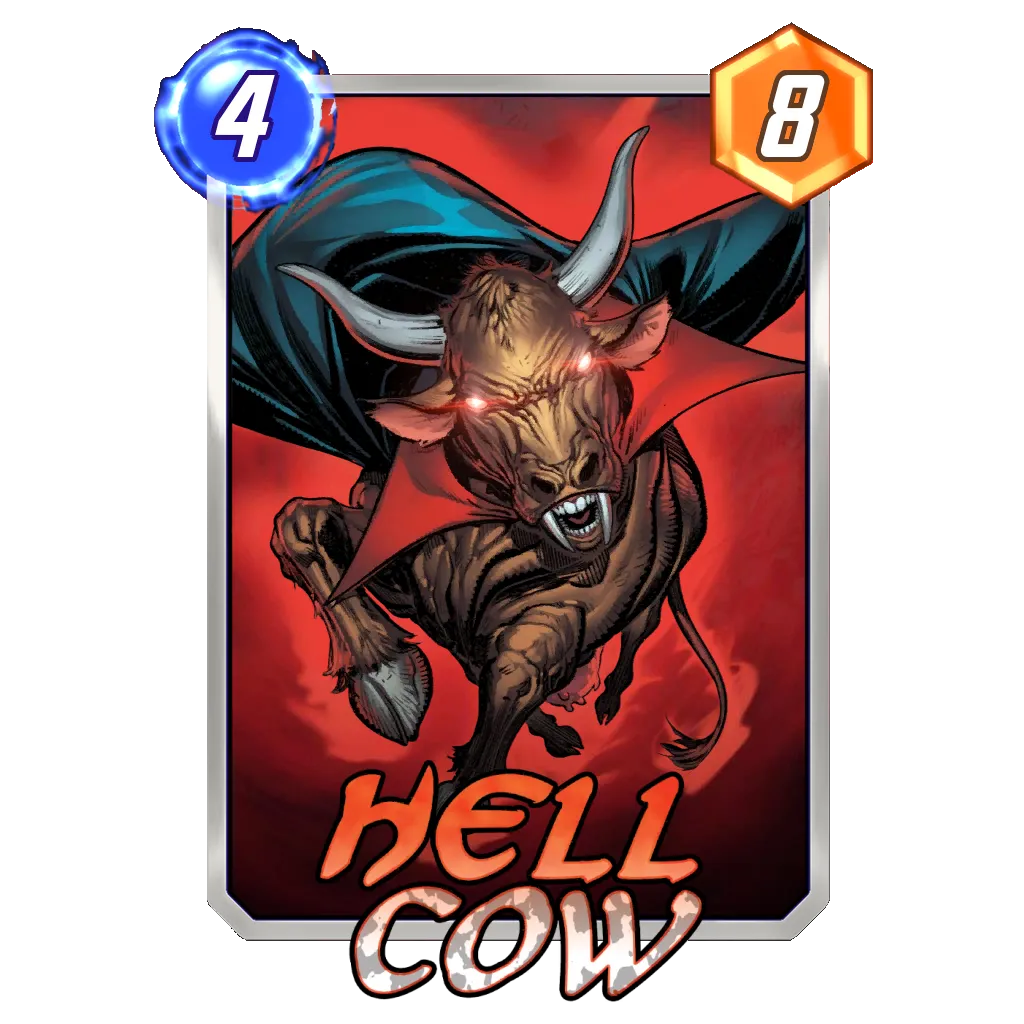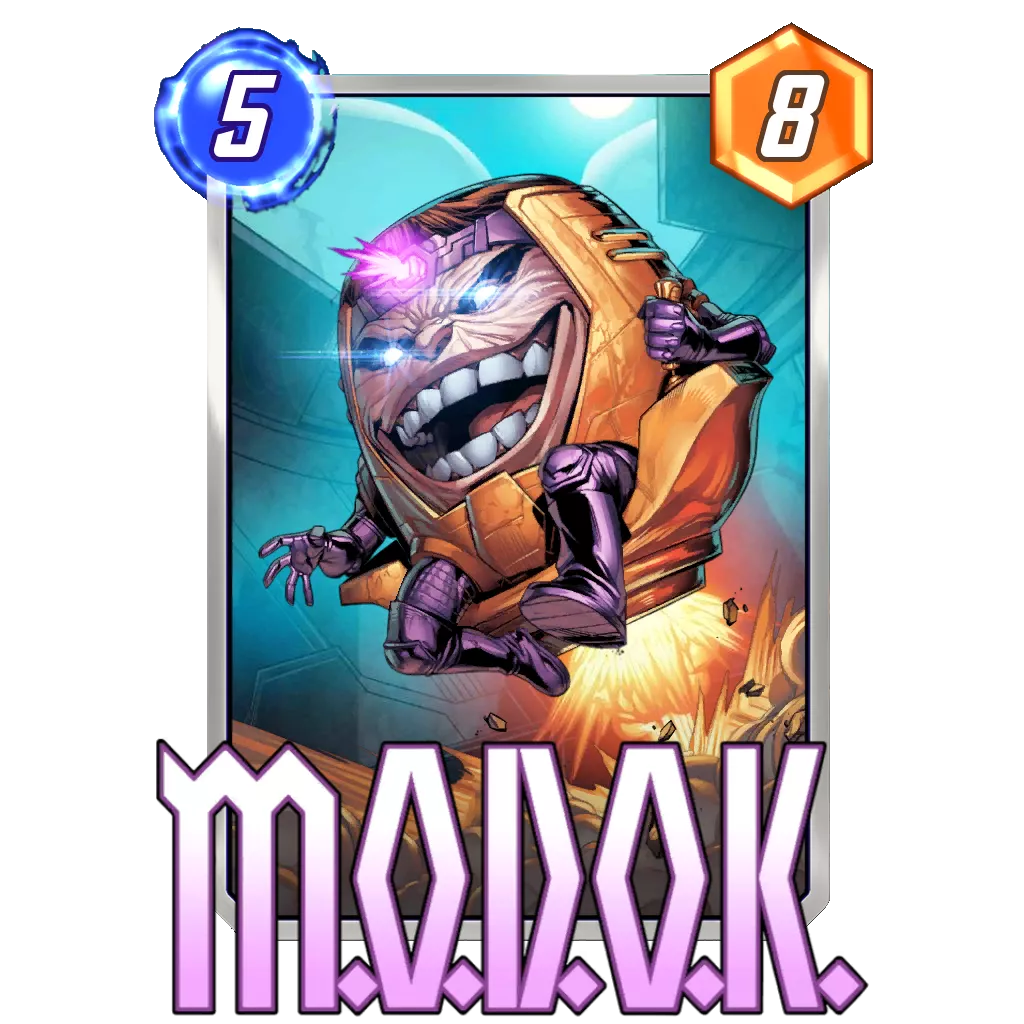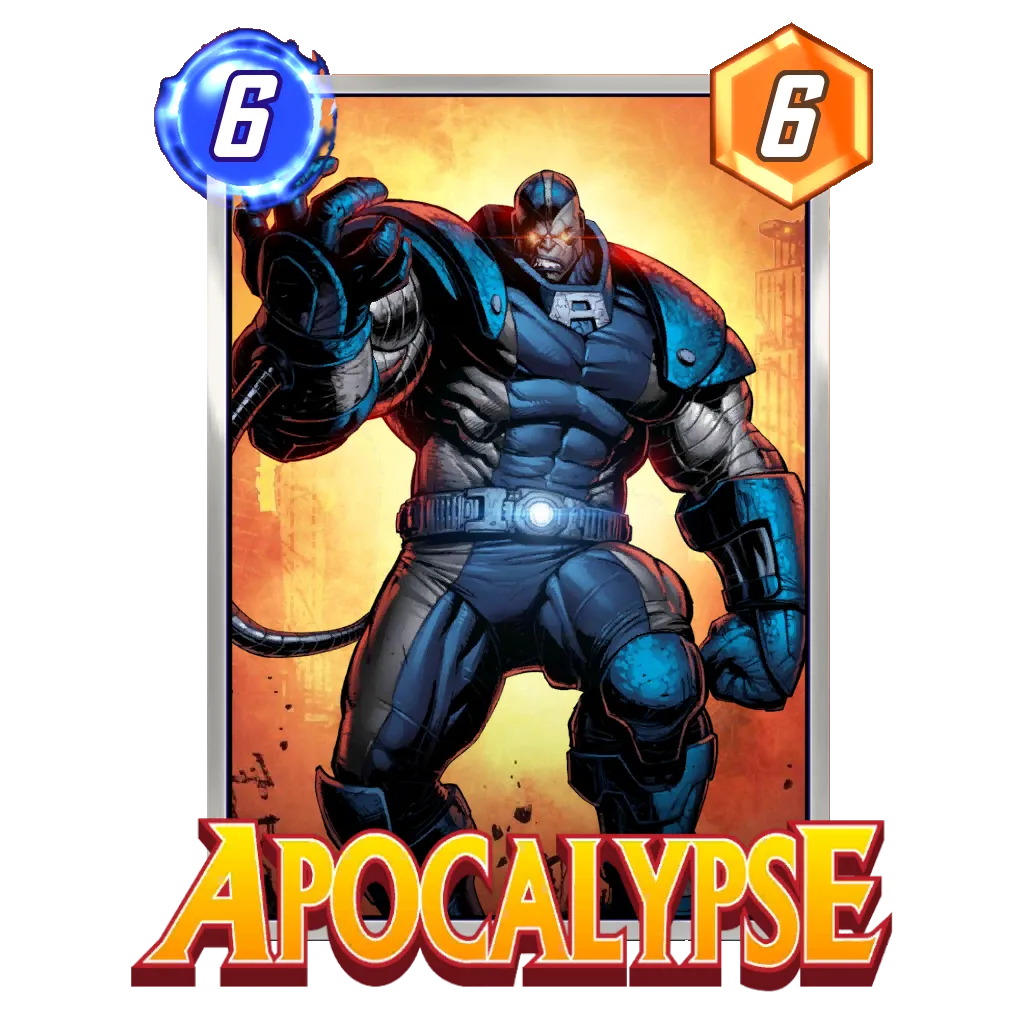Table of Contents
Welcome to our Marvel Snap Meta Tier List for the Ranked Ladder mode! Each week, we review the best decks in the ever-changing Marvel Snap meta. Then we bring you the decklists, and we provide an in-depth report about them. This report contains information like how their ranks are justified, how to play the decks, and how to build the deck with alternate cards to accommodate different collections.
Marvel Snap Ranked Meta Overview
The current trend of archetypes focusing on standalone good cards and trying to grab priority early in the match has only progressed this week. Indeed, most builds on the report look like they invested into strong, proactive cards more than anything, and the few disruptive options that we will discuss also appear to do much better with priority. As such, the last week of the season looks like it will mostly be about developing points and winning games the good ol’ fashioned way. This is a logical follow up to the recent diversity we saw and the consequence of having difficulty with targeting a specific deck.
Annihilus has been quite popular this week, which created a bit of a “Cops and Robbers” situation with Professor X gaining momentum to block The Void from switching sides, or Destroy and Loki picking up in popularity. Destroy was expected to rise with Annihilus, as Killmonger is one of the best cards in the game against Junk (an archetype that did not manage to find its way into our Tier List even though many expected it to become a problem for the meta).
On the other hand, I was a little surprised to see
That deck didn’t reach the top of the mountain, though; that distinction goes to Lockdown, a deck that apparently benefited a lot from Annihilus (mostly thanks to Professor X being the card’s best counter so far). The deck edged out Loki for the throne to form a small Tier 1 this week, while Tier 2 features a wide range of strategies.
In Tier 2 we can find the usual suspects when it comes to proactive strategies: Move, Good Cards, Destroy, Discard, Shuri, and InSheNaut. We can also note that Cerebro 5 picked up some momentum after going downhill for a few weeks, and Bounce has finally made it into these rankings – probably because it took some time for enough players to master its intricacies. Last in that second tier, Galactus also made strides alongside the Ramp archetype, which also benefited from Annihilus since you can Galactus their lane with negative power for a lot of fun.
Overall, the meta looks great for a week without any balance changes, and the diversity of archetypes is as good as we could have asked for. Considering Martyr has very few people excited, this is a great sight to behold going into the last week of the season. Plus, with the announcement that we will only be getting patches until the new year (meaning no scheduled OTAs in December), a diverse meta is absolutely crucial to keep the player base entertained until the regular changes resume.
Happy Tier List, everyone!
Marvel Snap Ranked Meta Tier List
| Tier | Deck | Guide |
|---|---|---|
| Silent Performer | Black Knight | Guide |
| Silent Performer | Hela Tribunal | Guide |
| Silent Performer | Ongoing | Guide |
| Tier 1 | Lockdown 🔼 | Guide |
| Tier 1 | Loki Werewolf | Guide 🆕 |
| Tier 2 | Move 🔼 | Guide |
| Tier 2 | Good Cards Darkhawk 🔽 | Guide |
| Tier 2 | Cerebro 5 🔼 | Guide |
| Tier 2 | Bounce 🆕 | Guide |
| Tier 2 | Destroy | Guide |
| Tier 2 | Galactus Ramp 🔼 | Guide |
| Tier 2 | Shuri Sauron | Guide |
| Tier 2 | InSheNaut 🔼 | Guide |
| Tier 3 | Thanos Control 🆕 | Guide |
| Tier 3 | Discard Dracula 🔽 | Guide |
| Budget | Ongoing 🔃 | Guide |
| Budget | Kazoo 🔃 | Guide |
| Budget | Devil Destroy 🔃 | Guide |
| Budget | Move 🔃 | Guide |
| Budget | Devil On Reveal 🔃 | Guide |
Disclaimer and Tier Explanations
In order to be featured here, a deck needs to represent at least 1% of the current environment and have a positive cube average using data from our Marvel Snap Tracker. If a deck showed great performances with a very limited presence in the meta, you can find it in the Silent Performers section. There, I will highlight decks with an excellent Cube Ratio but too little of a sample size to be representative of their real strength.
Decks not good enough to be considered contenders but with a good representation will be ranked in Tier 3 or 4 in our chart, and they won’t have their own dedicated write up here (but they may be transferred to the main Tier List section). See those builds as decks that are good to know about, as you should face them when playing Marvel Snap. However, unless the meta changes or a new variation of the build emerges, these decks are a notch below the dominant ones in Tiers 1 and 2.
Silent Performer: Decks with a very little presence in the meta that still showcase a Cube Average and Win Rate worthy of a Tier 2 deck (or better). Often times, these can be archetypes with some nice game play that have been left unchecked in the current environment, or decks on the rise that found a few good match ups to abuse.
Tier 1: Tier 1 represents decks with all the upsides we would be looking for to rack up Cubes. They have good match ups in the current meta, offer different play patterns during a match, and often have the ability for explosive or surprising turns. These should be decks worth investing into in order to climb for the coming week.
Cube Average > 0.5
Tier 2: Tier 2 are very good decks but with a weakness holding them back – either not being as reliable in its draws as Tier 1 decks, countered by another popular deck, or still being a work in progress as you read this. A good pilot could probably take these and have the same results as with a Tier 1 deck, but their play patterns are more difficult to enact compared to the tier above.
Cube Average > 0.30
Tier 3: This tier is made of decks that have a pervasive issue compared to Tier 1 or Tier 2 decks. Usually, Tier 3 will be a mix of decks on the rise that don’t have much data, old archetypes on the decline, decks that require substantial experience and/or knowledge to pilot properly, powerful decks that aren’t well positioned, or niche decks.
Cube Average > 0.20
Tier 4: Off-meta decks that have fallen off in recent times, or counter picks that rely on specific match ups to stay afloat competitively.
Cube Average > 0.00
Budget: Decks that consist only of cards in Pool 1 and 2 that are still capable of competing with an experienced pilot in a similar Collection Level, Rank, and MMR range. See our matchmaking guide for more details.
Meta stats and analytics directly from our Marvel Snap Tracker can also be found here.
Tier 1
Lockdown
Rank Justification:
Lockdown was already a solid deck that was anchored in the top five of Marvel Snap this season. It seems like Annihilus‘s popularity has made it even stronger, as it was the undisputed best deck this week according to the data.
When your opponent plays Sentry and summons The Void, they typically lose priority doing so. Then, if you can slam Professor X on the right lane before Annihilus reveals, you typically just win that location for yourself. Through this interaction, Lockdown has gained a ton of momentum this week, getting as high as a 0.8 Cube Average with a specific list. Plus, you can see Polaris in this deck, which helps move The Hood into a lane that you plan on filling so it gets destroyed instead of switching sides. Combined with Echo (which serves as a counter to other Ms. Marvel decks), it seems like this particular list can answer just about anything the meta could throw at it this week.
How to Play:
Most of the time, the goal with this deck is either to develop points flexibly or hide from your opponent where you plan to act. You can also aggressively block your opponent’s play patterns, which is easier in Conquest where you should gather information from one round to another. With Ms. Marvel in the equation, Lockdown is trying to lock one of the side lanes with Storm or Professor X in order to land Ms. Marvel in the middle for support.
If you expect your opponent to run an Ongoing counter, you could play Storm on Turn 3 in the lane where you wish to play Ms. Marvel so the opponent can’t land their card later on.
Typically, Storm is stronger if you have ways of supporting it (either with the Move cards or with Doctor Doom down the line). Professor X, on the other hand, will push for Alioth or America Chavez to be used to win the second lane.
A hot start with Nebula, Medusa, and Storm can quickly lead to you winning a lane, which allows you to focus entirely on another one with a card like Alioth at the end of the game. Furthermore, the deck is also decent at spreading its points through Ms. Marvel and Doctor Doom – especially if Iron Lad hits either of those. You can then accept a battle based on points where Legion can clutch the game with its ability.
Finally, the Move cards simply provide flexibility for Ms. Marvel so you can make sure it reliably adds points; you can reposition your cards if you need to play one with the same cost on that location.
Potential Additions:
Daredevil and America Chavez remain pretty popular cards in Lockdown; they are typically used instead of Polaris or Echo. Also, the trio of The Hood, Sentry, and Annihilus have been spotted in some lists.
Loki Werewolf
Rank Justification:
Now totally dominant compared to the list without Werewolf By Night, Loki seems to have merged both concepts in a way. You can see Agent 13, Agent Coulson, and Quinjet here instead of the usual Forge or Beast that were very popular over the last few weeks. Also, I expected Loki to do much worse this week since Junk is considered a difficult match up for the deck, but, because Junk didn’t do so well and Annihilus was instead slotted into other archetypes, it seems like Loki was not only able to survive the new card, but even regain its status as a premium Marvel Snap archetype.
Rocking a 0.5 Cube Average and an almost 60% Win Rate, Loki is just a model of consistency as an archetype – even if the list tends to change from one week to another. Nevertheless, it seems like there is always a “right” way to build around September’s Season Pass card, and it will perform extremely well once you’ve found it. Looking at its 10% popularity in the data, it seems like a large part of the community figured this out and are now back to abusing the Trickster God’s power.
How to Play:
Centered around its two signature cards (with support from Quinjet), Loki Collector aims to build a lot of points on two lanes while keeping as many options as possible open for later on. Indeed, if you commit too hard, you might lack the space required for the cards Loki generates, or you might let your opponent know too much about your potential. Speaking of potential, the deck creates many cards during the match, so its biggest strength is keeping the opponent in the dark as to what they should expect. It can also rely on Elsa Bloodstone and Kitty Pryde to build points and mitigate the space used to play low-power cards.
Early on in the match, the deck will set up its anchors, Werewolf By Night and The Collector. As direct support to these two, you have all the cards at three energy or less that will generate cards or move the Werewolf. This iteration of Loki takes a large page from Bounce’s playbook. It looks to leverage the 1-Cost cards to grow both anchors simultaneously, but it is also very flexible in the way is uses the available space. Indeed, constantly finding a way to develop yet never locking yourself out of possibilities is the key to mastering this deck. You will build a lot of points without losing the ability to react to what your opponent does.
Depending on your opponent, the timing of your Loki will vary. If their deck is expensive or runs a lot of counters to your primary plan, you might want to switch early on and create a new game plan with their cards. Otherwise, Loki can be played on Turn 5 to grow The Collector and open a very flexible Turn 6, especially with Quinjet in play. One of the biggest upsides of this deck is its ability to always find new options and play patterns. As such, it is really important to set your mind early on whether you are looking to play with the cards in your deck or trying to generate a new way to achieve victory.
Since Werewolf By Night joined the deck, Loki Collector has used Loki as a Turn 6 option more often – especially if you anticipate finding no On Reveal cards in your opponent’s deck. You can just focus on building a big enough Werewolf to win a lane, and then buff The Collector on the last turn of play to contest the second one. Forge and Nico Minoru can also serve as support for that plan with the power they can grant to other cards, as well as the ability to play them multiple times during a match.
Potential Additions:
Agent Coulson and Agent 13 can be replaced with other cards that synergize with The Collector and Werewolf By Night (Beast, for example). Otherwise, Luke Cage is the flexible card in the deck. It can be replaced with pretty much any disruptive or protective card you want. Armor gained quite a bit of momentum this week with Destroy’s popularity. Plus, if you fill a lane with Armor in it, Annihilus won’t be able to send or destroy cards there.
Tier 2
Move
Rank Justification:
It is weird to see Move so high on a Tier List where Lockdown is ranked first, as these two archetypes tend not to coexist very well. However, with neither being very popular and both fitting the current narrative of focusing around points, it seems like Move was able to regain some of its past glory.
It is important to note that it is the Elsa Bloodstone + Kitty Pryde build that managed such a feat; the other builds of Move would have ranked a little lower on the list. However, with the other decks playing proactively, you tend to have a better idea of where the opponent’s points will end up by the game’s end, and you’re also able to fill a location if you anticipate Annihilus sending negative power cards to your side of the field.
In this context, Move’s flexibility in how it can position its cards and the ability to manipulate your turns with the many cheap options available in the deck were perfect to allow it to thrive this week – even with Professor X being quite popular by the weekend. An annoying card that you can mitigate the disruptive power of by running Alioth in your deck (and fighting for priority) is something this deck tends to be very good at.
How to Play:
Based around the Move synergy for the larger part of its game plan, this archetype tries to leverage Kraven for points alongside the extreme flexibility brought by the ability to reposition cards. Surrounding this core are typically strong standalone cards that represent solid alternative plays if you can’t abuse Kraven or use your energy efficiently for a turn. Otherwise, apart from investing two energy for Kraven at some point (which can be later in the match after developing your Move cards), this deck doesn’t try to follow a specific pattern. Once again, the keyword is flexibility with this archetype. You can fit Miles Morales in at any point when you have leftover energy as long as you moved last turn (which is a trivial condition in this deck).
With the Elsa Bloodstone, Kitty Pryde and Angela trio in the deck, this deck is trying to use its energy very effectively through the course of the game. These three will typically dictate how you position your cards when playing them onto the field, but keep in mind where you play a move card is never definitive. Then, you can buff Angela, or benefit from Elsa Bloodstone’s ability to get bonus points, before you think about which lanes you really want to fight for.
This ability to manipulate your positioning, as well as the timing for when you play most of your cards, is great for keeping your opponent in the dark and not revealing where the biggest chunk of your power will be. Be patient, let your opponent tell you as much as possible about their strategy, and then commit your cards where they least expect them.
Potential Additions:
It is hard to recommend changes when a list does so much better than the other ways of building the archetype. I would believe the direction of cheap cost for high potential is what this deck is looking for, so Polaris and maybe Iron Lad could be decent replacements if you are missing something.
Good Cards Darkhawk
Rank Justification:
Darkhawk is widely used across the board currently, but it remains at its best in its namesake archetype (which saw Werewolf By Night join as a secondary win condition this week). It was probably just a matter of time really; the trio of Korg, Black Widow, and Rockslide are all On Reveal cards, and Werewolf doesn’t need much to quickly become a threat.
With a 60% Win Rate, this deck was among the most solid decks over a large sample size; however, its 0.4 Cube Average made it look a little worse than the decks in Tier 1. There is a chance that the deck has become quite easy to anticipate, so your Snaps won’t fool many players as you reveal a lot of your strategy early on (sometimes as soon as you play your first card). Then, this card might be absolutely nuts in Conquest where the Win Rate metric matters much more. Nevertheless, seeing Good Cards Darkhawk once again find a different list and remain a great archetype shows how solid the core around Darkhawk is currently.
How to Play:
A Good Cards deck will typically look to use its energy very efficiently and rely on the standalone strength of its cards rather than complex synergies. The core is usually based around the Rock synergy since it allows you to disrupt the opponent’s deck while building a big anchor for a lane in Darkhawk. Alongside this base, the deck will usually try to mix strong 4-Cost cards to profit from Zabu and great abilities to copy with Iron Lad.
Typically, this deck will not develop many points early on. It tries to shuffle Rocks in the opponent’s deck and develop Zabu instead. Unless you are looking to land a disruptive card to block something, seizing priority isn’t a key component of the game plan. You would even like to not have priority – especially going into Turn 6 – so you could develop Darkhawk plus Ms. Marvel with Zabu in play. However, if you catch your opponent having a bad turn, or you high roll a good Iron Lad, don’t refrain from focusing on points over guessing how you could disrupt the opponent even more.
With Werewolf by Night in the deck, the disruptive cards also gained the ability to buff the card through their On Reveal ability. Then, you could have a curve with Zabu on turn two, Werewolf by Night on turn three, On Reveal cards on turn four and five, and a double 4-cost play to close the deal. Don’t necessarily keep cards like Korg or Black Widow in hand just for Werewolf by Night if you have nothing else to do, but a slow start can now turn into quite a lot of points down the line.
Potential Additions:
Legion is the flexible card in the deck, although its On Reveal ability matches the theme of Werewolf By Night becoming a second threat alongside Darkhawk. If you were to replace it, make sure to keep that synergy in mind.
Cerebro 5
Rank Justification:
I was ready to call Stegron a magical inclusion in Cerebro 5 considering the deck finally rose after several weeks of declining down to Tier 3, but, with Move also putting up solid numbers, it seems like the whole Move synergy benefited from the current environment. The simple explanation is to look at the points Cerebro 5 is able to develop, which is enough to compete in a meta that is focused around proactive patterns first and foremost. Then, the ability to move your opponent’s cards appears to be very annoying right now; this is something that will annoy most decks as opposed to the more specific tech cards (which are often make or break).
Looking at the deck’s performance over the past few weeks, it is difficult to find reasons to play this particular archetype apart from enjoying its gameplay. Nevertheless, seeing Cerebro 5 perform is a nice indication of where the current meta is heading. It shows that points and global disruption seems to be the way to go right now.
How to Play:
Apart from using Wave to play an early Doctor Doom (or playing it with another cheap card like Miles Morales on Turn 6), Cerebro 5 isn’t trying to do many complicated things. Develop your five power cards, take the occasional disruption with Polaris or Spider-Man, and be careful where you place your cards for Ms. Marvel down the line.
Otherwise, even Cerebro itself isn’t a must play every game; 20 power on a lane is already a solid number to challenge it. The deck will look to play almost the same game for the first four or five turns. Then, Turn 6 is the important one, as you need to decide if you’re going for Doctor Doom or a more flexible play. Most of the time, the only option better than Doctor Doom is be Ms. Marvel plus Miles Morales, if you haven’t had the chance to play them already.
Potential Additions:
Wave could be considered a flexible card with just Doctor Doom to take advantage of. There are plenty of other five power cards to consider if you would like to make a switch: Enchantress, Titania, Man-Thing…
Bounce
Rank Justification:
Bounce has been regarded as a really good deck among competitive players for quite a while already, even if it largely lived in Loki‘s shadow when it came to utilizing Werewolf By Night, Beast, and Falcon. However, with Annihilus joining the game, Bounce found a new identity using The Hood, Sentry, and Annihilus as a trio that can disrupt the opponent in addition to the deck’s basic gameplay. In order to make room for this trio, Korg and Darkhawk had to go (which is still in debate as to whether this made the deck better). Still, this new build finally made Bounce popular enough to be considered an impactful deck in the current meta.
Right now, the deck posted a great 59% Win Rate, which places it in the top five in that category. But, with just a 0.35 Cube Average to go along with that WR, there are some struggles when it comes to racking up lots of cubes per game with this deck. This might be due to opponents being very careful and knowing how big Werewolf By Night could grow, or leaving as soon as they understand Annihilus is coming, both of which push for an aggressive Snap strategy. On the other hand, considering how difficult it is to play Bounce properly, it is understandable to see players avoid Snapping a ton early in the match, even if it seems to be the right thing to do in the current environment.
Lockdown gaining momentum (Professor X in particular) could be an annoying hurdle. Otherwise, things are looking pretty good for Bounce.
How to Play:
Through Beast and Falcon, Bounce can easily be considered the most flexible archetype in the game – especially when it comes to On Reveal abilities. However, it is up to the pilot to pick the right abilities to duplicate during a match. Whenever in doubt, you can always go for points.
Playing Black Widow several times can be very limiting for the opponent, and so can Shadow King plus Beast on Turn 5 to turn off an opposing card with big power while keeping a 1-Cost Shadow King in hand for Turn 6. Most of the time, Bounce will rely on The Hood to create multiple six power Demons alongside Forge and Nico Minoru to buff your cards across the field. Plus, with Werewolf By Night in the deck, replaying those cheap On Reveal cards typically means a bonus two power each time, and the 3-Cost will ultimately be able to take a lane on its own.
Werewolf By Night is really the glue of this deck since it will benefit from almost every card. If you go for the Bounce-heavy plan, you will be able to grow the card to double-digit power very easily. Even if you decide to go for a more on curve strategy by playing Sentry on Turn 4, Annihilus on Turn 5, and keeping your other On Reveal abilities for Turn 6, Werewolf By Night will still be your best Turn 3 play when you consider just how many of the follow up cards have On Reveal abilities.
In order for this magical game plan to exist, though, you need to control space, both on the board and in your hand, extremely well. For example, you can never fill a location unless you accept that Werewolf By Night will not be able to move there anymore to get buffed. You can’t have too many cards in hand to block Falcon or Beast from bouncing your cards.
In addition, you don’t have that many cards with a high power, so if you start piling your cheap cards in the same place and neither Falcon nor Beast show up, then you have practically given a location to your opponent. As it stands, a safe rule is to fill the right location if you must since that will allow you to play Sentry on Turn 6 without summoning The Void. That at least makes for a great Turn 6 play alongside Shadow King. Otherwise, you can always send it to your opponent with Annihilus if you don’t find any explosive patterns and opted for a more disruptive approach. In that scenario, you would use Annihilus to create space to work with, or just spread your cards across all locations without committing to any in particular (until Turn 6).
Potential Additions:
Iceman, Hawkeye, and other cheap On Reveal abilities worth replaying are great to consider in this deck.
Destroy
Rank Justification:
I already mentioned this list in last week’s Tier List, saying it was interestingly gaining momentum in the shadow of the Deadpool deck. Well, it seems like Destroy Tempo didn’t really like being in the shadow because it became the best performing build for the Destroy synergy this week with a 0.35 Cube Average and a 54.5% Win Rate.
Although Armor is still a problem, as it will always be for a Destroy deck, this one dodges the late game traps much better than Deadpool. It’s also much, much more unexpected. First, many players might think you are playing a Deadpool deck that couldn’t find its signature card early on. This might even draw a Snap, which you are more than equipped to punish. In that sense, the Cube Average of the deck might go downhill if the word starts spreading about its current strength.
Then, the deck is already playing Professor X and Alioth, and it works towards creating points on the table, not in hand like the Deadpool version does. As such, the deck is much stronger into decks like Lockdown since it develops more points in the first four turns (whereas Deadpool tries to be explosive on the last turn of play). Both cards are also really good against Annihilus as well, which tends to be worth a lot of cubes in the current environment.
How to Play:
Relying on the Destroy synergy’s ability to develop a lot of points in the first four turns of the match thanks to X-23, The Hood, Bucky Barnes, and Wolverine, this deck aims at being in the lead after this first portion of the match. Then, once that positive set up is created, the deck completely changes gears and looks to put the game away with disruptive cards rather than more points. In the second part of the match, cards like Professor X, Alioth, and even Killmonger will help counter whatever the opponent might be trying to do, and you can still use Death for an extra 12 points in a lane.
This deck should really be considered as two separate strategies working as a team and switching for whichever one is preferred around Turn 4 or Turn 5.
Once you have figured this out, Destroy Tempo becomes extremely straight forward and will look to leverage the various Destroy play patterns to create points on the lane where it anticipates playing Professor X. Priority can be key with this deck because it makes a lot of your cards much stronger. First, it alleviates the pressure of a possible Armor or Cosmo for the upcoming turn. Then, even in the disruptive part of the plan, Professor X and Alioth are much stronger with priority – particularly with Annihilus roaming in various archetypes this week.
Potential Additions:
With The Hood already included and Sentry easily played around with the amount of Destroy effects you have, it’s possible that adding Sentry and Annihilus could work. Otherwise, Vision clearly looks like the flexible card here since it opens the way for any strong standalone card you would find useful in the deck. Iron Lad, Legion, and other similar cards make sense.
Galactus Ramp
Rank Justification:
Another Professor X deck found its way into Tier 2 this week. At least we now know that Galactus is slowly becoming the norm for the Electro Ramp archetype. With the meta focusing around developing points more, it seems like the traditional Electro Ramp can’t really keep up. Thus, it makes sense to go for the home-run with Galactus.
Clearly, the deck isn’t on par with the top of the meta, and I would say this is where I would draw the line for the bottom of Tier 2. Indeed, even if Galactus Ramp got a 0.35 Cube Average (which is a similar performance to what Bounce did), the Win Rate is much lower at 54%. This probably means that Galactus is relying on being unexpected in order to rack up cubes, while the better decks in this report have the ability to win more games to raise their Cube Average.
How to Play:
This deck can try to win in two different ways, and the choice is often dictated by the cards in your hand more than anything else:
- You can set up Galactus on Turn 5 with Electro followed by either Hobgoblin or Ms. Marvel. You could also go for it on Turn 4 with Wave. Usually, that second pattern will require that you grab priority to make sure the opponent doesn’t beat you on points (since they are able to play an expensive card as well). Once you land Galactus, you will typically look to maintain priority for Alioth.
- You can steal a lane with Professor X on Turn 4 with Electro, Psylocke, or Wave, and then you can compete on another lane with Orka, Alioth, or Shang-Chi. With this gameplan, you will often look to win both lanes on the sides so you can use Ms. Marvel as a support card in the middle.
Some opponents are weaker to one game plan over another. However, considering the deck’s dependence on its draws, you will often see one line having a much better shot at succeeding than the other one simply based on the cards in your hand. If you really believe your opponent will make quick work of the line you drew the right cards for (for example, Lockdown will probably execute the Professor X plus Ms. Marvel gameplan better than you can), then take a risk and hope to draw well in the coming turns.
Potential Additions:
Nebula and Daredevil are typically included in these decks, as well as Green Goblin at times. I would consider Nico Minoru as well.
Shuri Sauron
Rank Justification:
Seeing the return of Sunspot plus She-Hulk in Shuri Sauron was quite a surprise when working on this report, especially because it was the deck’s best performing list. Most of the other lists were only worth a Tier 3 placement. However, with a 0.3 Cube Average and a solid 56% Win Rate, this particular list saved Shuri from looking like an average deck, which is something I can’t recall saying very often about this archetype.
However, this change carries a lot of information for Shuri Sauron since it should be thriving in a meta where points are the key to winning games. Unfortunately, Professor X is also very popular, which annoys Shuri quite a lot. The deck is also typically unable to fill lanes enough to play around Annihilus. Then, even if Shuri Sauron might remain one of the best proactive decks, it seems like the way it develops its points isn’t ideal right now. With that in mind, I am very curious to see if the Sunspot plus She-Hulk duo will be a recurring inclusion in the archetype in the coming weeks.
How to Play:
Shuri Sauron is based around the idea of cancelling negative Ongoing abilities with Sauron and abusing Shuri to create a huge amount of points. In that regard, the deck is very rigid in the mid-game since Turns 3, 4, and 5 are almost always the same: Sauron → Shuri → any card worth doubling the power.
Often times, Turn 2 will also be dedicated to Armor as a way to prevent an opposing Shang-Chi from ruining your plans. Speaking of Shang-Chi, Vision is another way to play around it, as hitting a moving target isn’t so simple. You could also pass turn five, often losing priority in the process, to play She-Hulk plus Taskmaster together on turn six, prevent Shang-Chi from hitting either of your 20 power cards.
If this very straightforward approach can lead to a ton of points on two lanes, it also often doesn’t equate to a lot of cubes per game. Indeed, unless you are Snapping aggressively, the opponent can see the points coming and will rarely stay in the game once you show Shuri (and they can’t handle it). This creates two important factors to take into consideration when playing Shuri Sauron:
- You have to accept Snaps early in the game, especially when Sauron and Shuri show up.
- You need to find lines of play even when you don’t have the best play pattern with the deck, especially when the opponent does not Snap. Even without Shuri, the deck can develop a solid amount of points in order to find some potential game winning lines of play. Sunspot and She-Hulk will help in that regard, bringing a more surprising play pattern, where you can use She-Hulk flexibly, once you figured what your opponent aims to do with their turn. Red Skull plus She-Hulk on turn six is 24 points for example, even without Shuri.
Potential Additions:
Sunspot and She-Hulk represent a flexible package in the deck, with most people using Lizard plus another 1-Cost like Nebula or Echo.
InSheNaut
Rank Justification:
Top of the class in our Conquest Tier List a few days ago, InSheNaut immediately took a dive as Professor X and Annihilus came along to ruin the party. Indeed, in a similar fashion as Shuri Sauron, the way InSheNaut develops its points isn’t suited to the current environment where you want to build your lead from the early stages of the match. Being explosive down the line simply doesn’t cut it.
Similar to Shuri once again, the deck managed to post a solid Win Rate at around 56%, but it couldn’t reach more than a 0.3 Cube Average. That is typically the sign of a Conquest deck more than one suited for the Ranked mode.
InSheNaut looks like a deck that is trying to win regularly since it benefits a ton from knowing what to play around in the opponent’s deck rather than playing blind every single game. It is just a matter of context for this archetype.
How to Play:
The goal with this deck is to make the game about points – a battle you are more than suited to win. Ideally, the deck wants to play Magik on Turn 3, Leech on Turn 5, and profit from passing Turn 6 with Sunspot and Misty Knight before dropping two high power cards on Turn 7. However, there are many more play patterns in the deck to achieve victory:
- With Armor, Cosmo, and Leech in some variations of the deck, the deck has quite a formidable disruptive ability against many different decks, in addition to the ability to protect it’s own important cards.
- If Shocker hits The Infinaut, it unlocks a pattern where you pass on Turn 4, play The Infinaut on Turn 5, and then play Evolved Hulk on Turn 6. When reducing either of your 6-Cost cards, you can pass on Turn 5 and play the reduced one plus She-Hulk.
- Without Magik, you can try passing Turn 3 or 4 to play She-Hulk early and follow with a big Evolved Hulk on Turn 6. With Limbo and no Leech, you could also pass on Turn 5 to do the same “The Infinaut into Evolved Hulk” kind of pattern.
- With a hot start through the 1-Costs giving you a nice lead, you might not want to create Limbo and give your opponent more time to mount a potential comeback.
Playing InSheNaut the right way often comes down to identifying which patterns are available and then evaluating how many points you need to win.
Potential Additions:
Nebula is a popular inclusion in the deck that often replaces Leech. Legion is also a consideration.
Tier 3
Tier 3 is very original this week. It is basically full of decks that are trying to do the same as the ones higher in the report, but a little worse. Thanos Control is a Professor X deck that picked up popularity this week – just enough to appear in the report, really. It was barely above a 1% play rate. However, if you are looking to play Professor X early in the match, it seems like Destroy Tempo does it better with X-23, and Lockdown doesn’t have to worry as much about Darkhawk being a double-digit card every game.
As for Discard Dracula, the surge of Werewolf By Night in multiple decks has led to Dracula and Morbius not being a surefire win for a lane; you kind of really need to find both to compete right now. In that context, Discard is once again showing its limits as an inflexible deck that is unable to adapt past changing one card from a very rigid twelve card deck. Hela Tribunal and Black Knight made it into the Silent Performers this week, though, so not all is lost for the Discard synergy.
Thanos Control
Discard Dracula
Closing Words
The announcement of no more OTAs until 2024 has led to social media already calling the game boring heading into the last season of the year. However, I don’t think it is this simple to find several changes that could make this meta much better than it currently is, apart from buffing cards to bring some archetypes forward. As it stands, only Werewolf By Night looks like a real problem; a 3-Cost probably should never be this powerful, but the complexity of the card has lead to it taking a full month before it was widely regarded as the best way to create points. Otherwise, we have plenty of decks to work with, and I doubt we found the absolute best way to use Annihilus already based on the variety of different decks I see the card included in.
Even if Loki appears to be back to its old standards, and even if Bounce might finally have found a list to come back to a power level close to what it was in June, Marvel Snap still features a lot of diverse strategies in order to rack up cubes. Plus, I would argue that seeing the most demanding-to-play decks at the top is only a logical eventuality, as these are the archetypes that give you the most room to grow as a player and improve over time.
With no regular balance changes, we might run into the problem of having enough time for a large part of the community to be able to learn these decks and end up with such archetypes being way too popular compared to their usual standards. In order to figure this out, we will have to see what happens in the coming weeks. Hopefully the new cards, as well as the monthly patch, can do to enough to counteract that. Until then, even if Werewolf By Night is looking like the Marvel Snap card you want to learn how to play, there are plenty of synergies that you can explore to climb the Ladder without it. Plus, Professor X is already around to limit what the Werewolf can do.
I hope you are having fun with Marvel Snap and have found a deck that suits both your play style and your goals for the season. I know these kinds of metas aren’t the easiest to navigate, but, hopefully, this report helped a bit. To reach out, find me on the Marvel Snap Zone community Discord, or follow my Twitter page where I share decks and biased opinions about the game.
Good Game Everyone.

⭐ Premium
Enjoy our content? You can Support Marvel Snap Zone and your favorite content creators by subscribing to our Premium community! Get the most of your Marvel Snap experience with the following perks for paid membership:
- No ads: Browse the entire website ad-free, both display and video.
- Exclusive Content: Get instant access to all our Premium articles!
- Meta Reports: Exclusive daily meta reports, such as the Ultimate Card Metrics Report, Top 10 Decks of the Day, Top 30 Cards, and Top Card Pairs tailored for you!
- Team Coaching: Join our free weekly team coaching call sessions on the Discord server. Claim your Premium role and gain access to exclusive channels where you can learn and discuss in real time!
- Premium Dashboard: Get full instant access to the member-only dashboard, the all-in-one page for all your benefits.
- Support: All your contributions get directly reinvested into the website to increase your viewing experience! You get also get a Premium badge and border on your profile.
- Special offer: For a limited time, use coupon code SBYREX4RL1 to get 50% off the Annual plan!
























